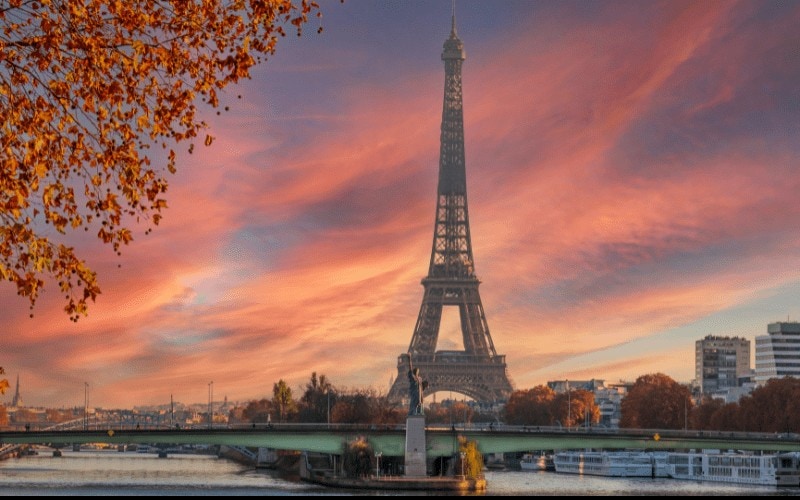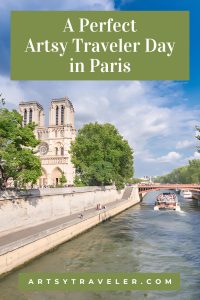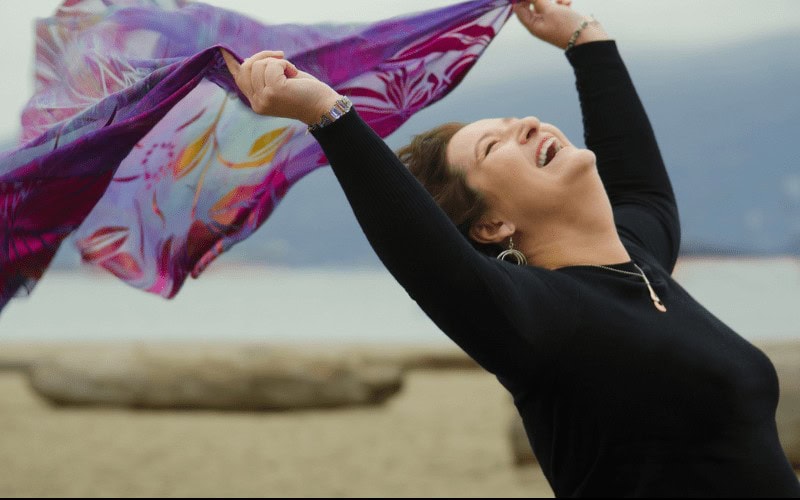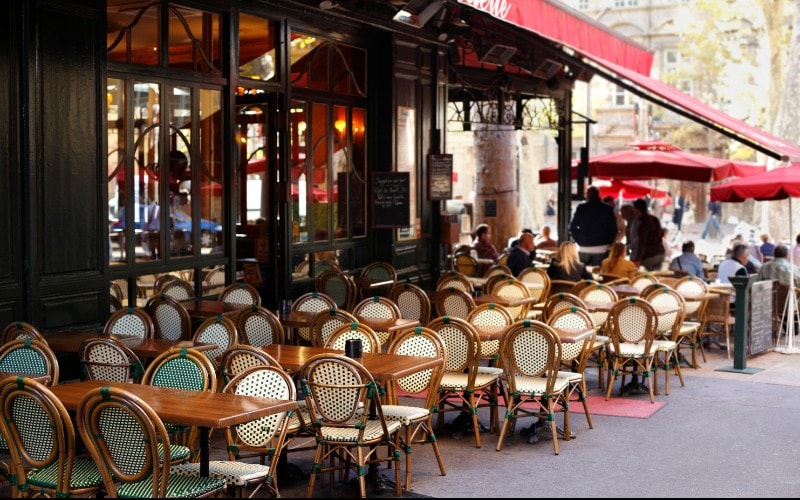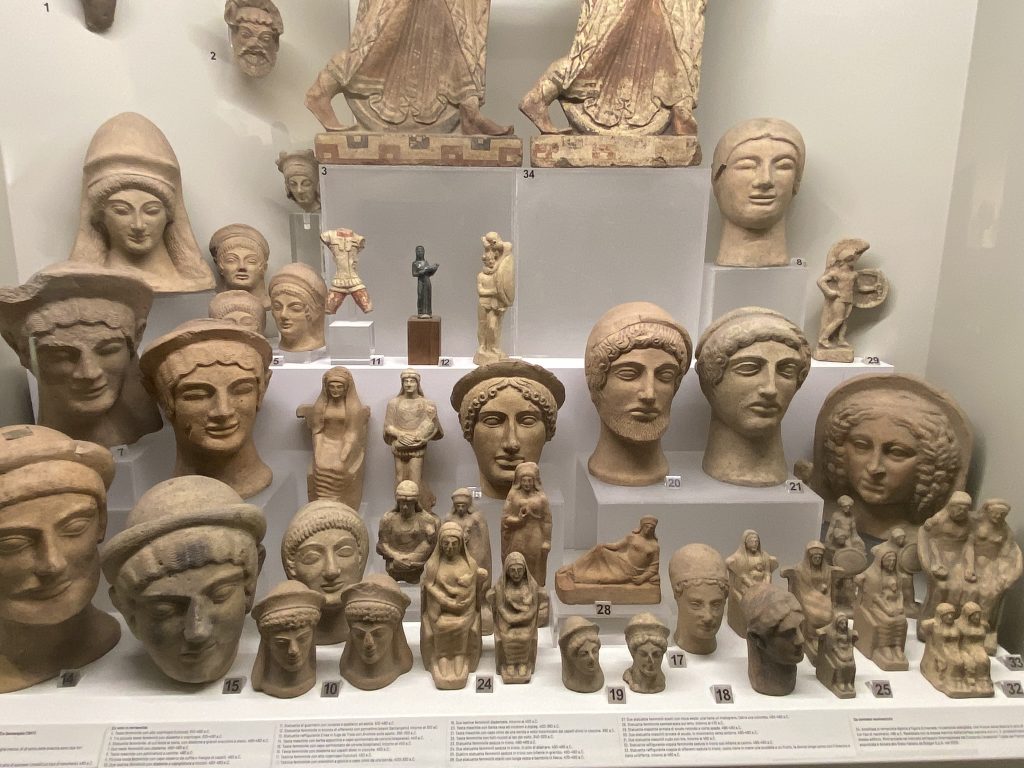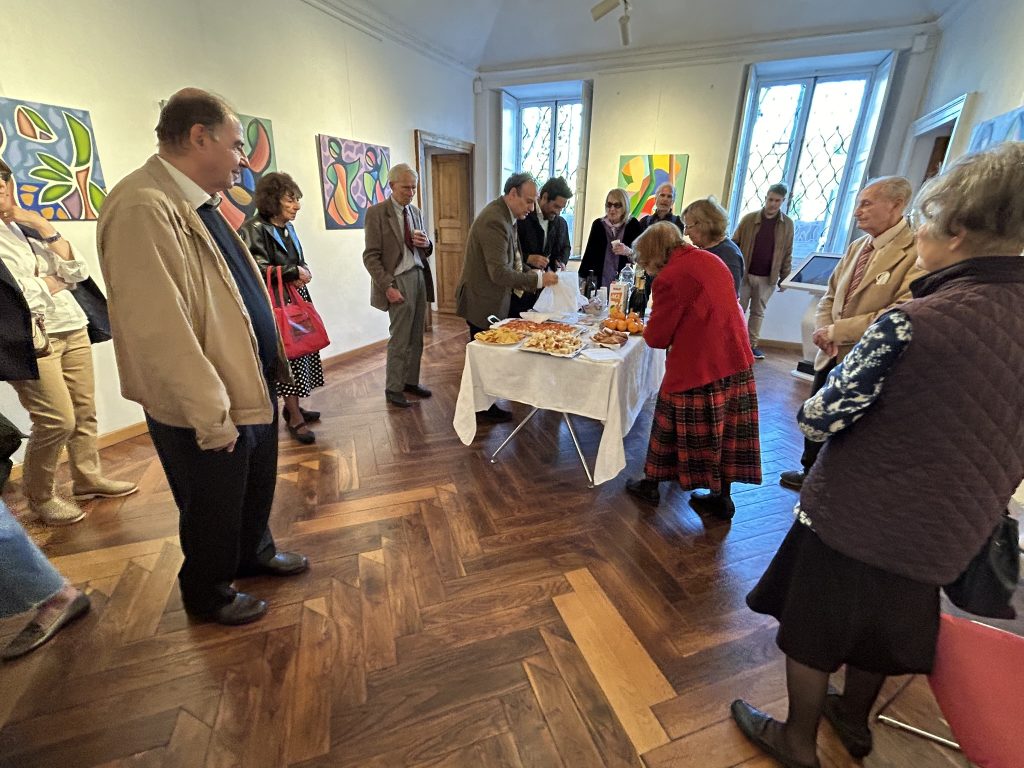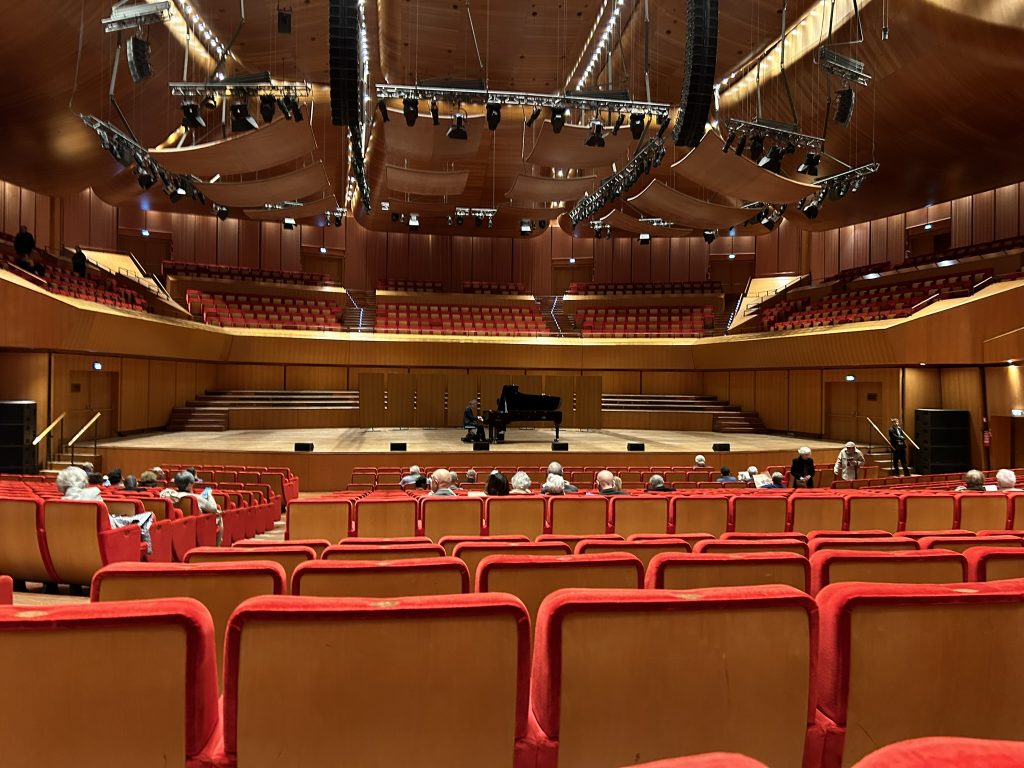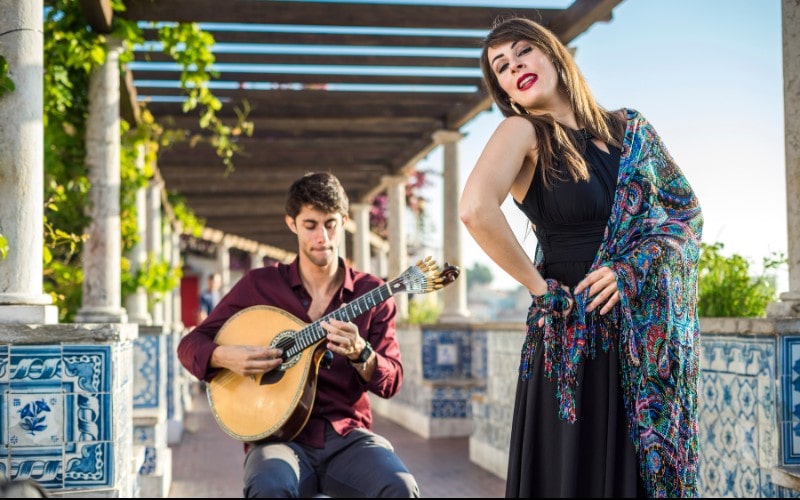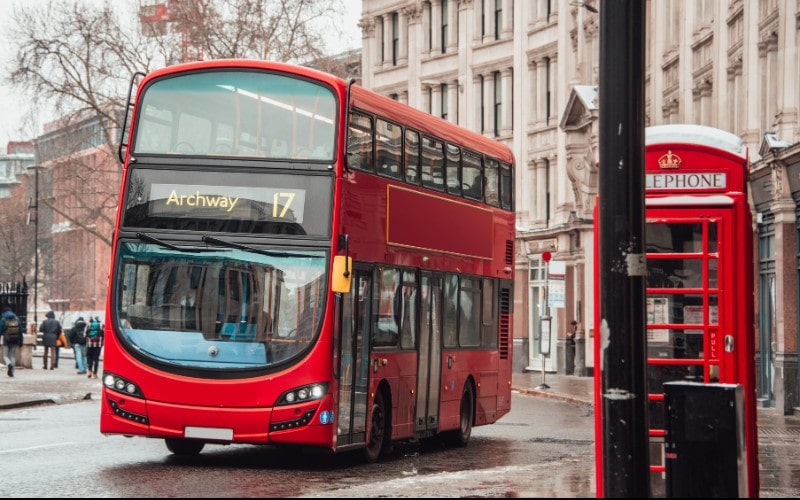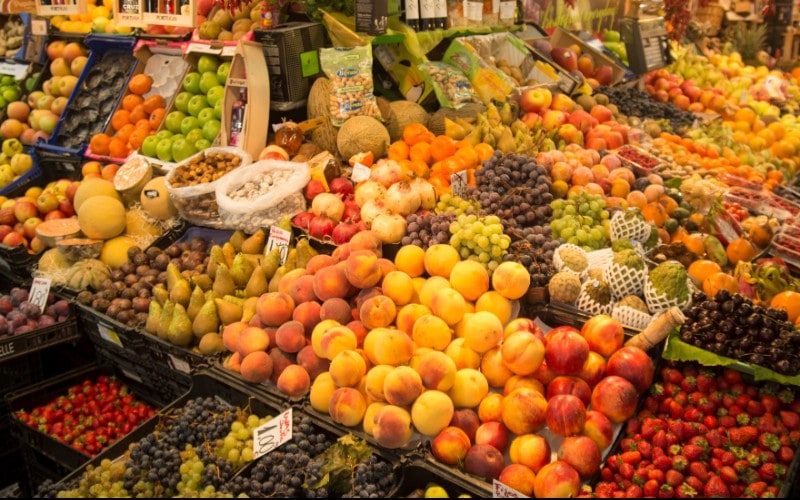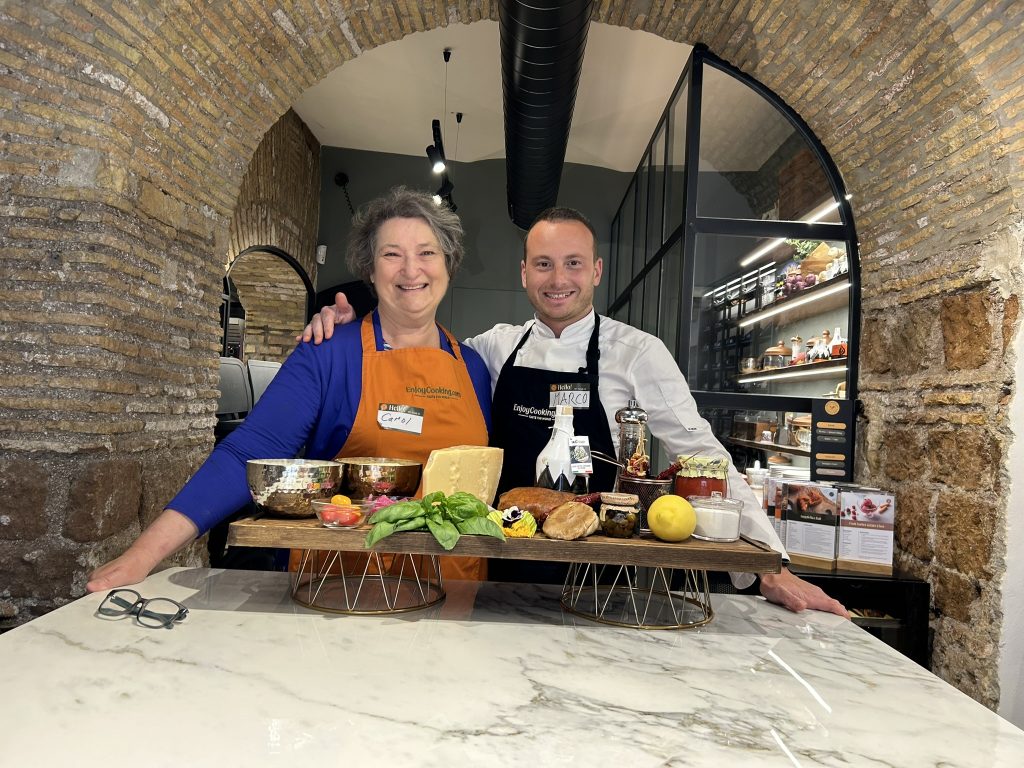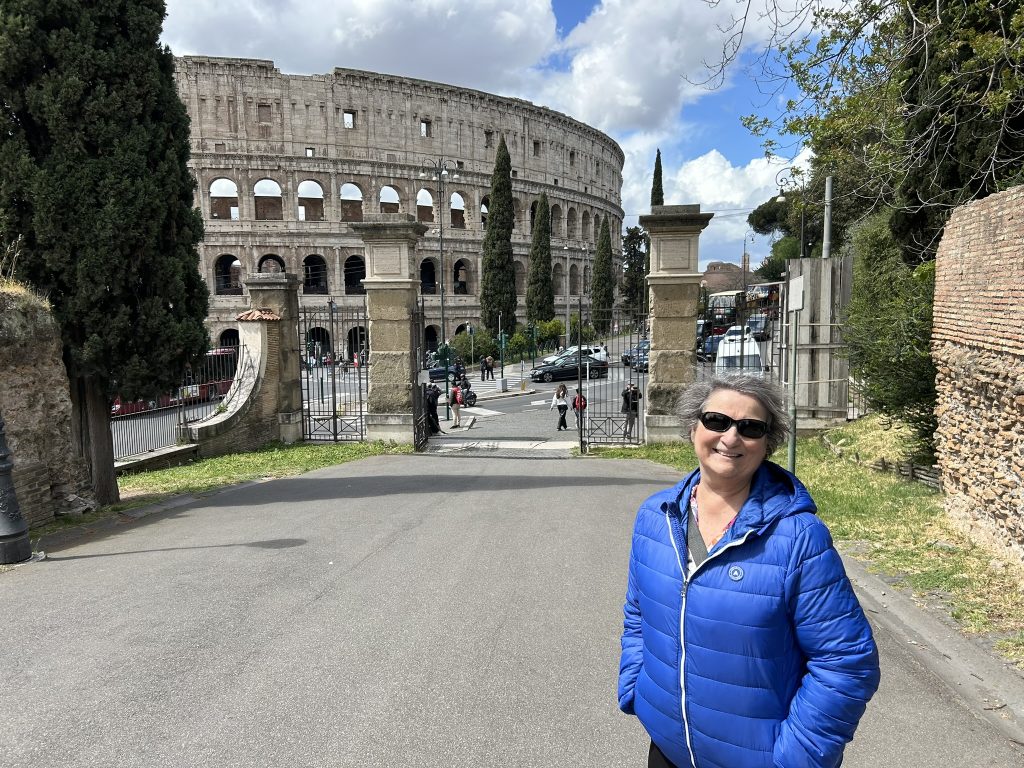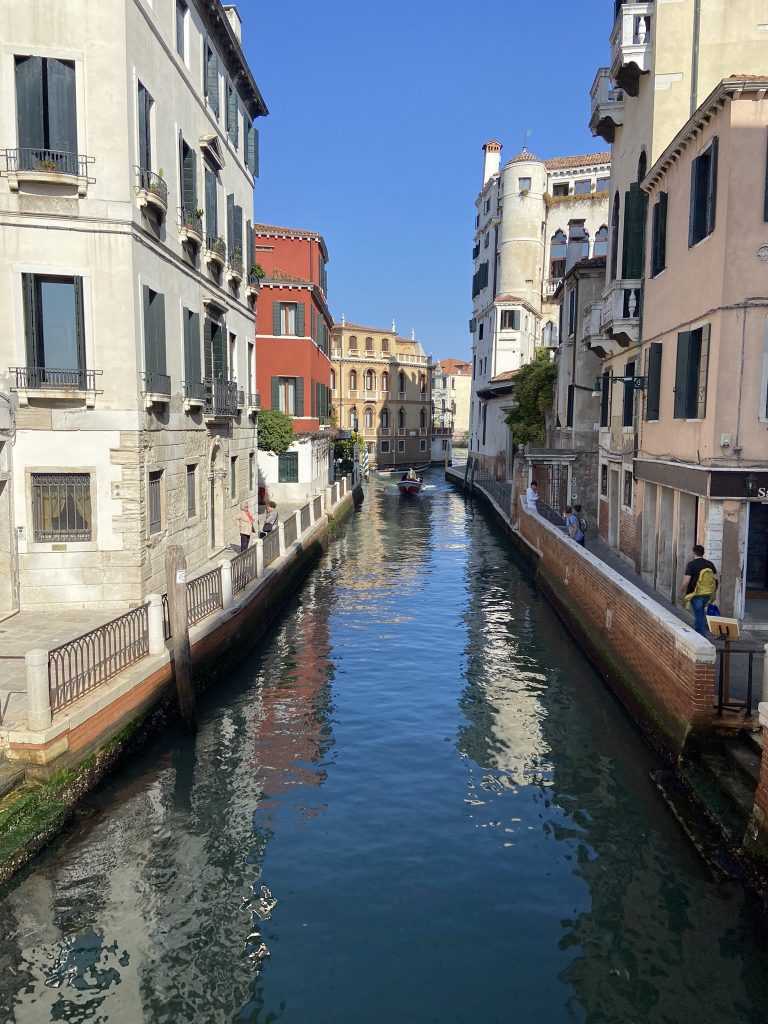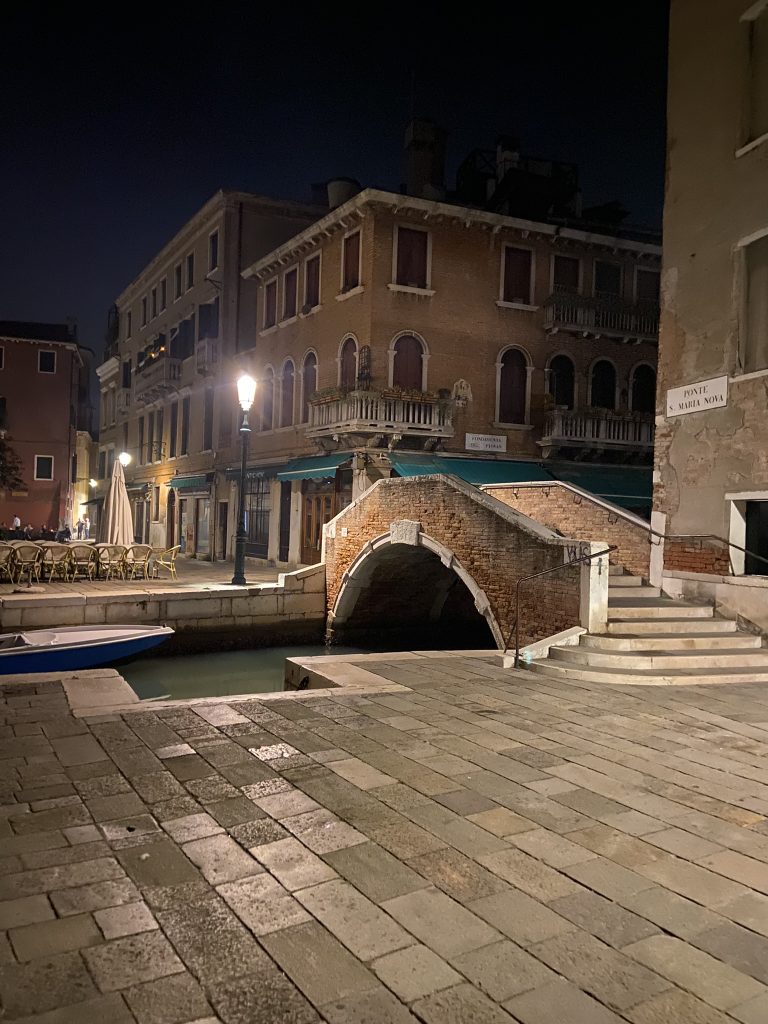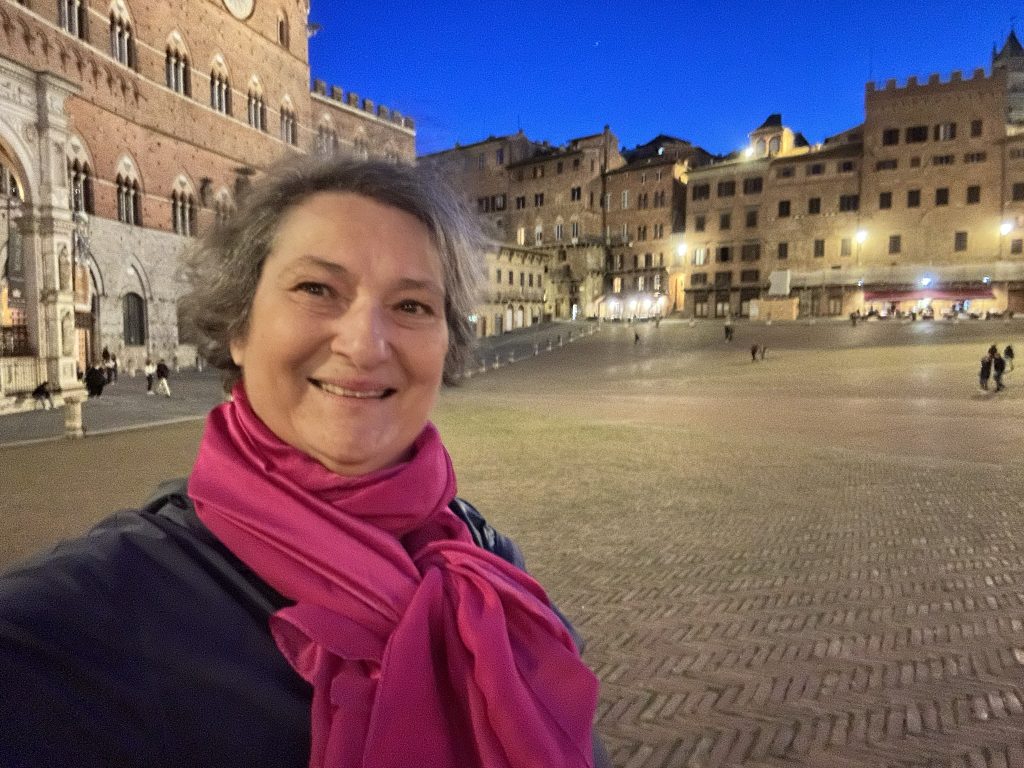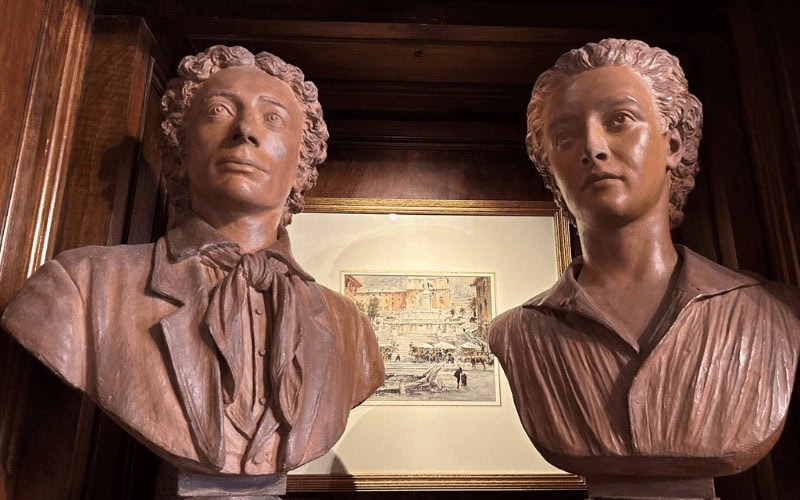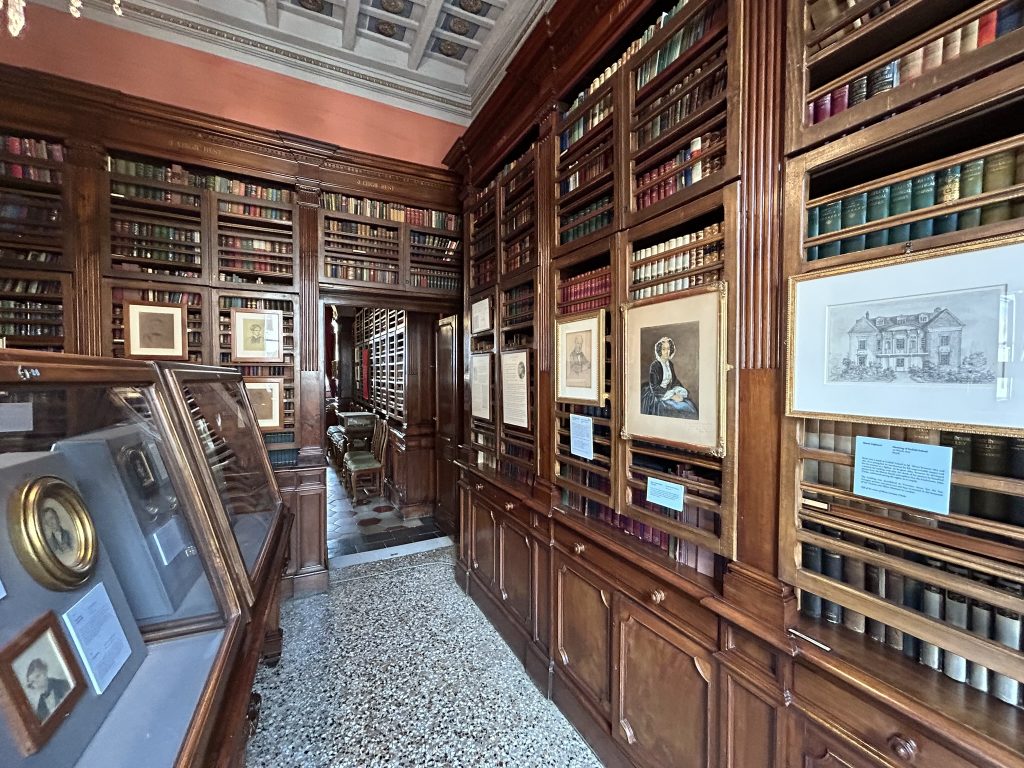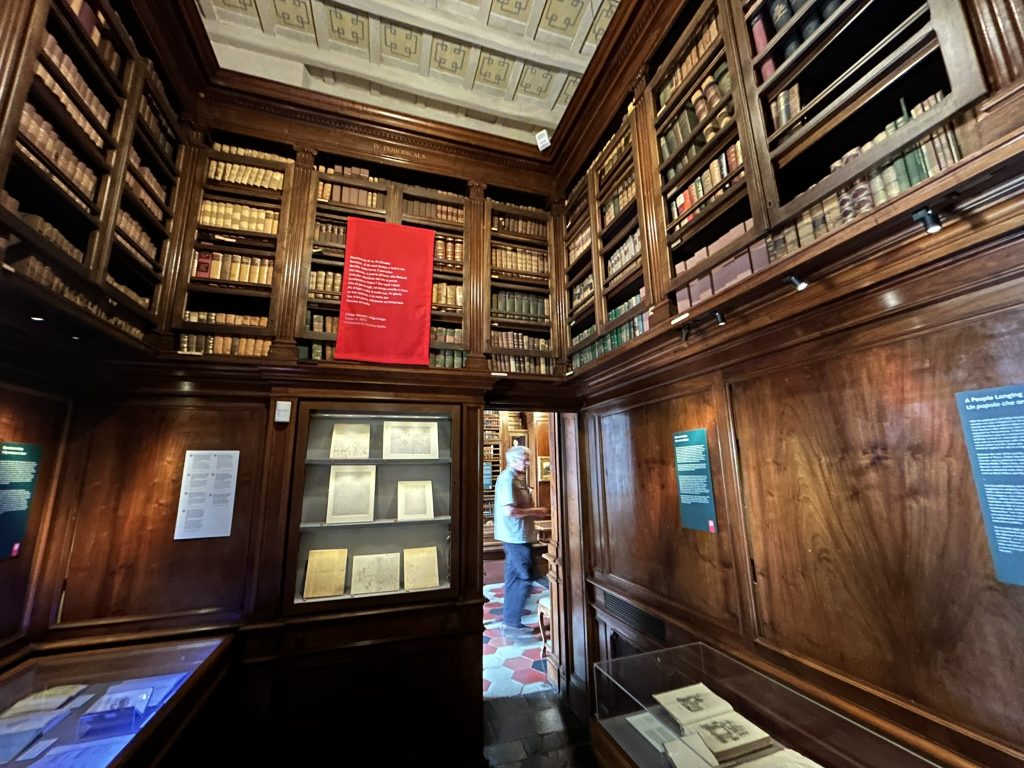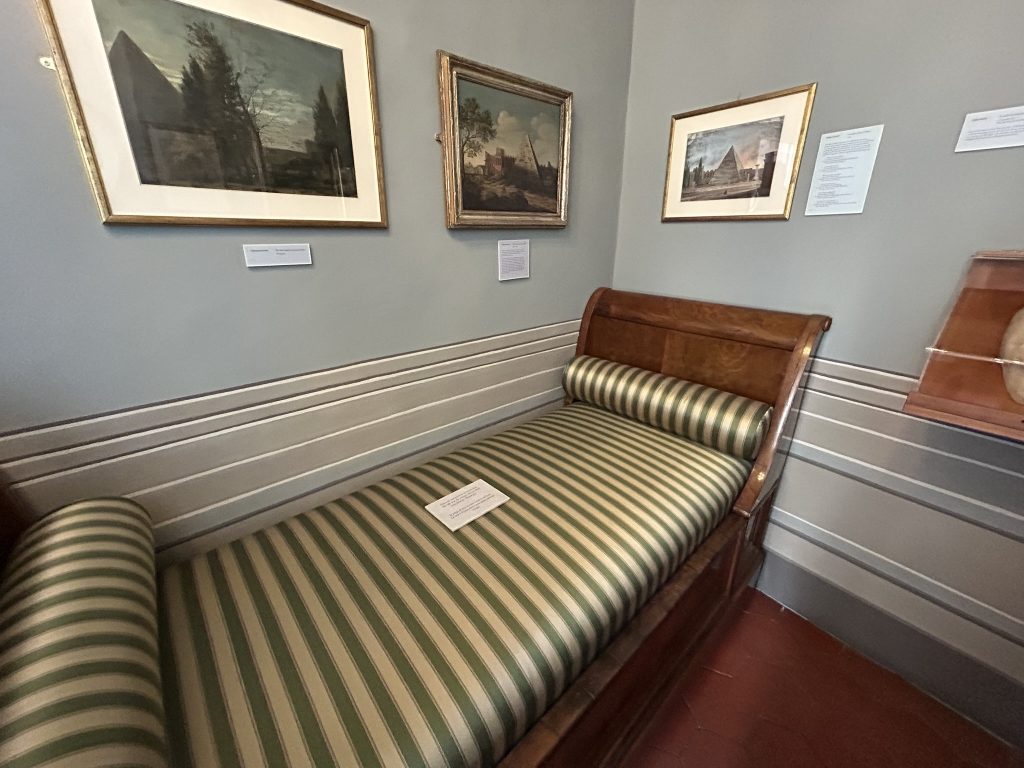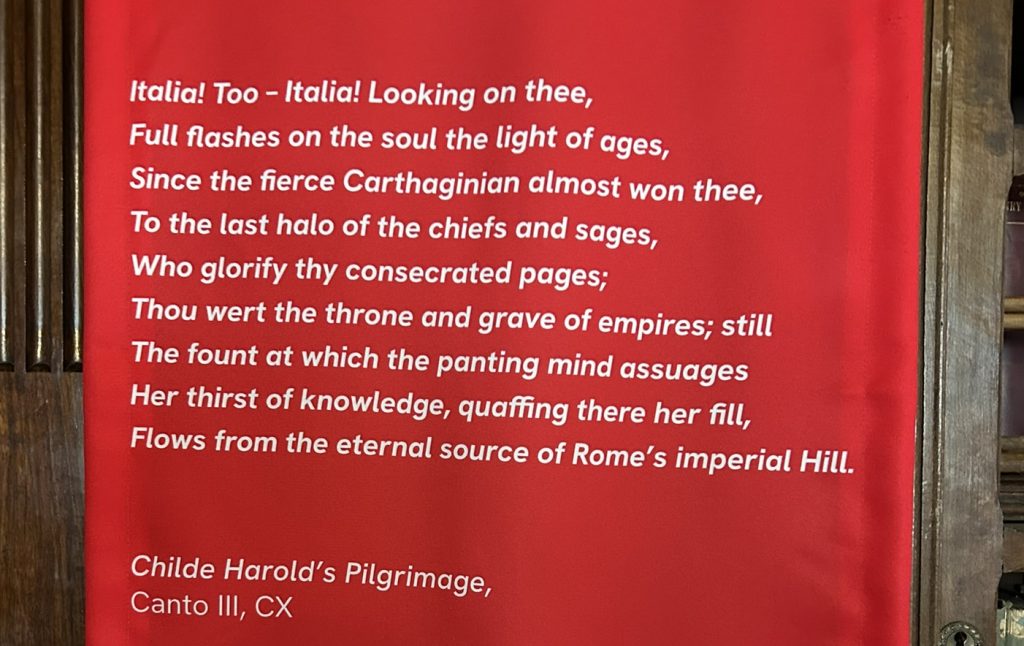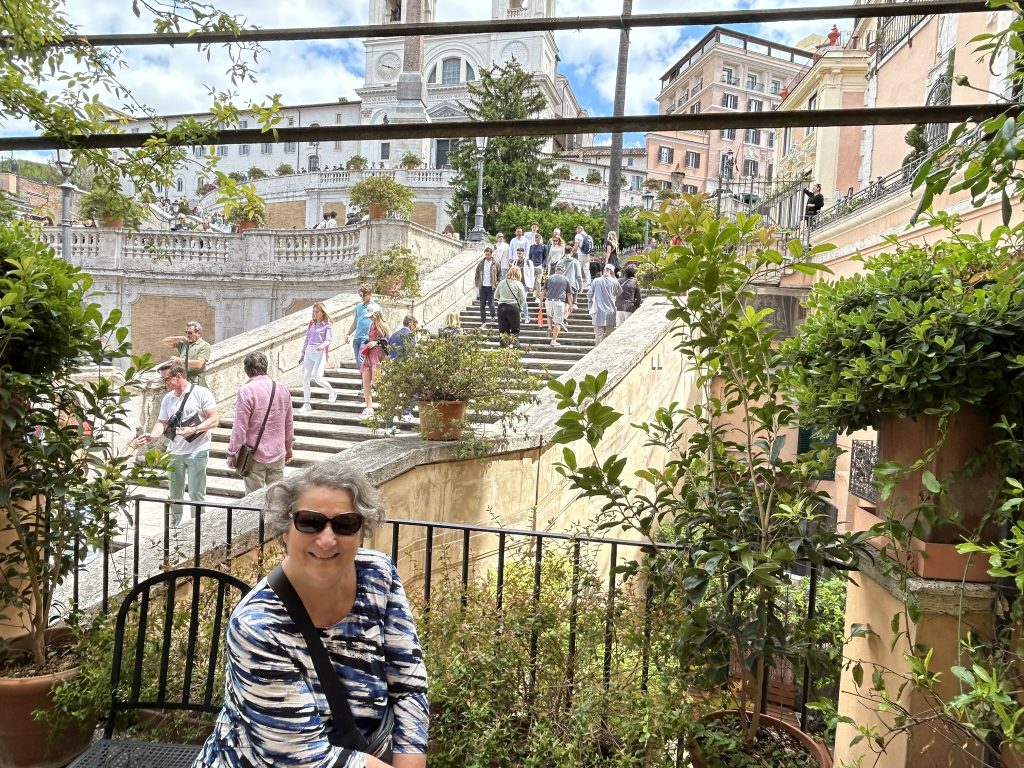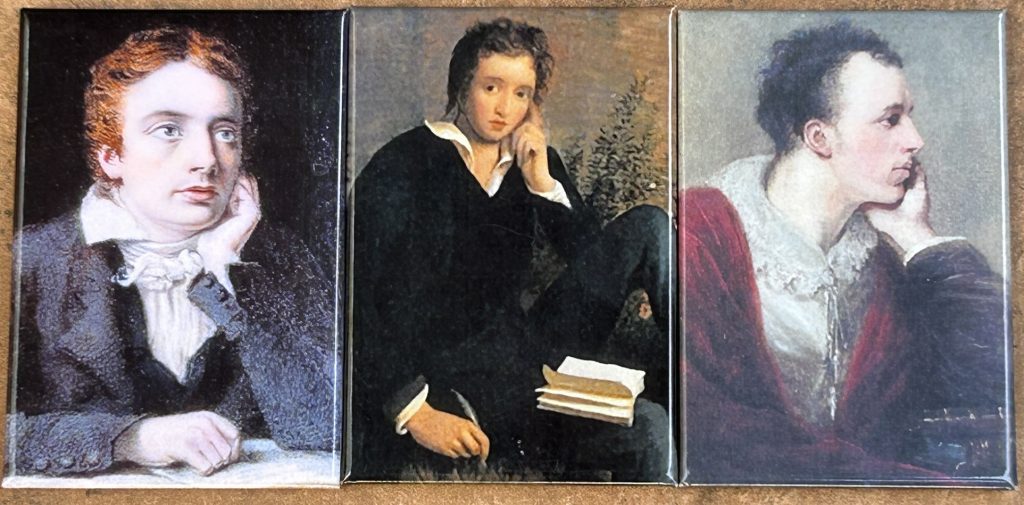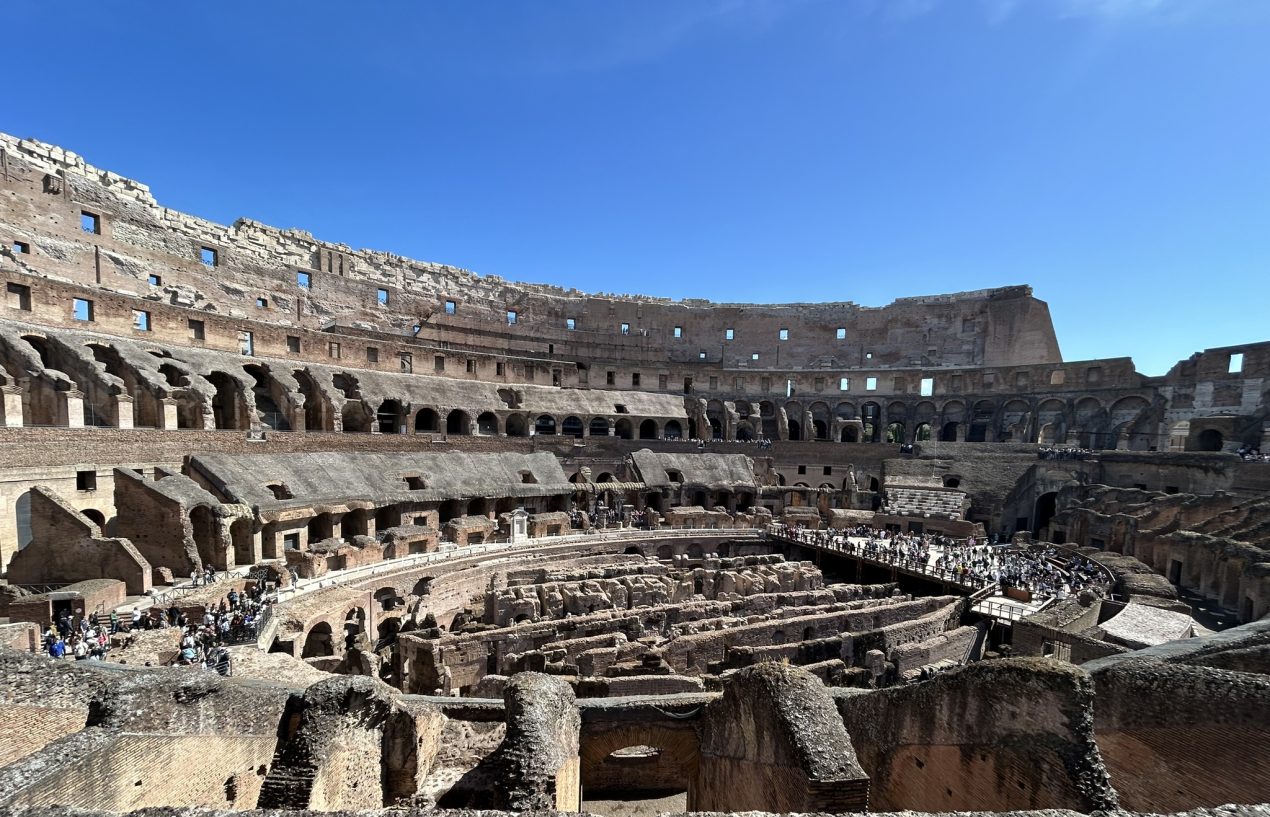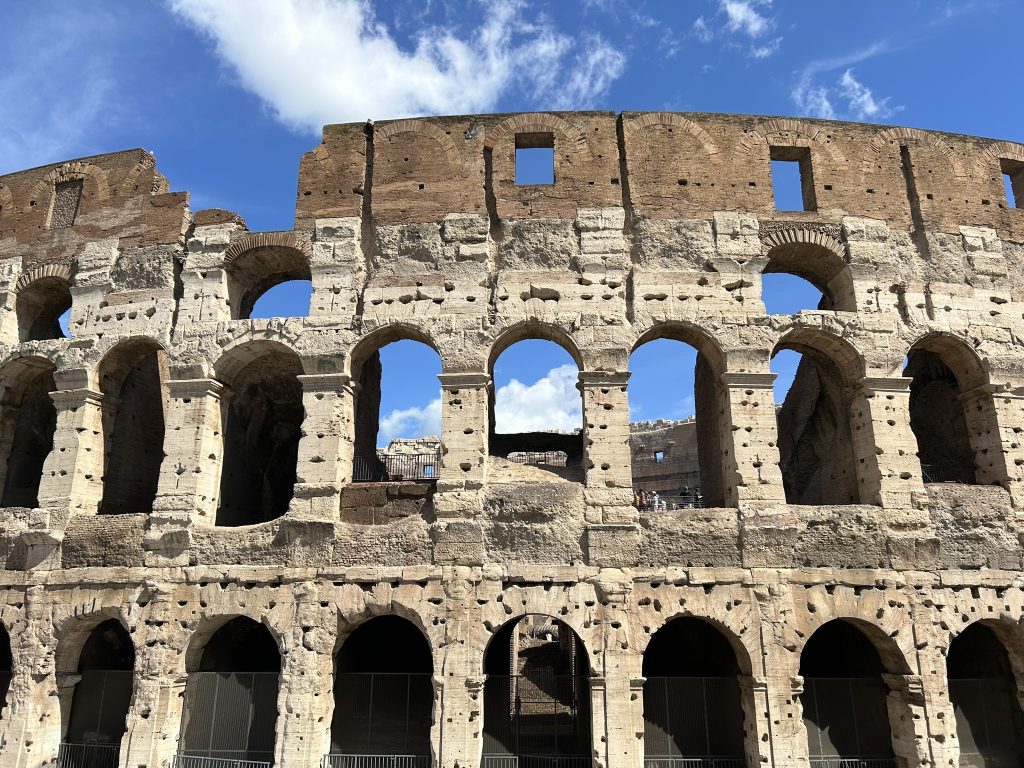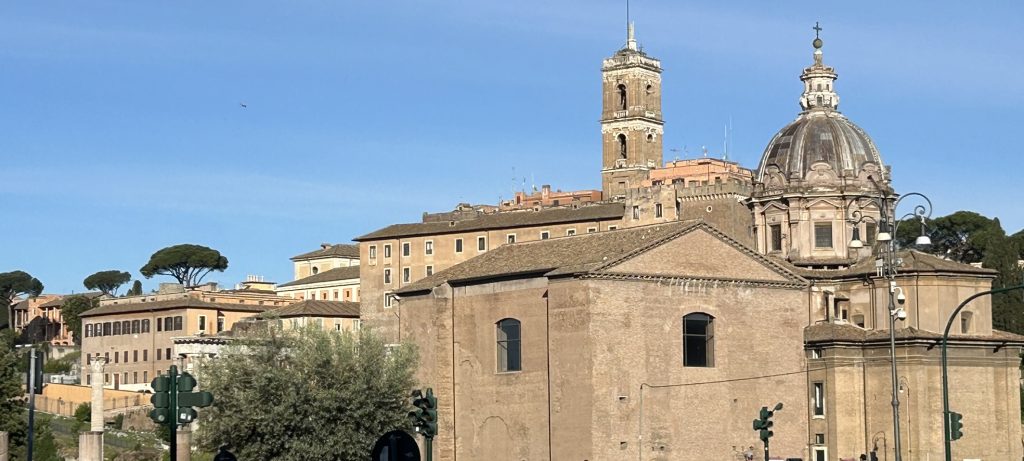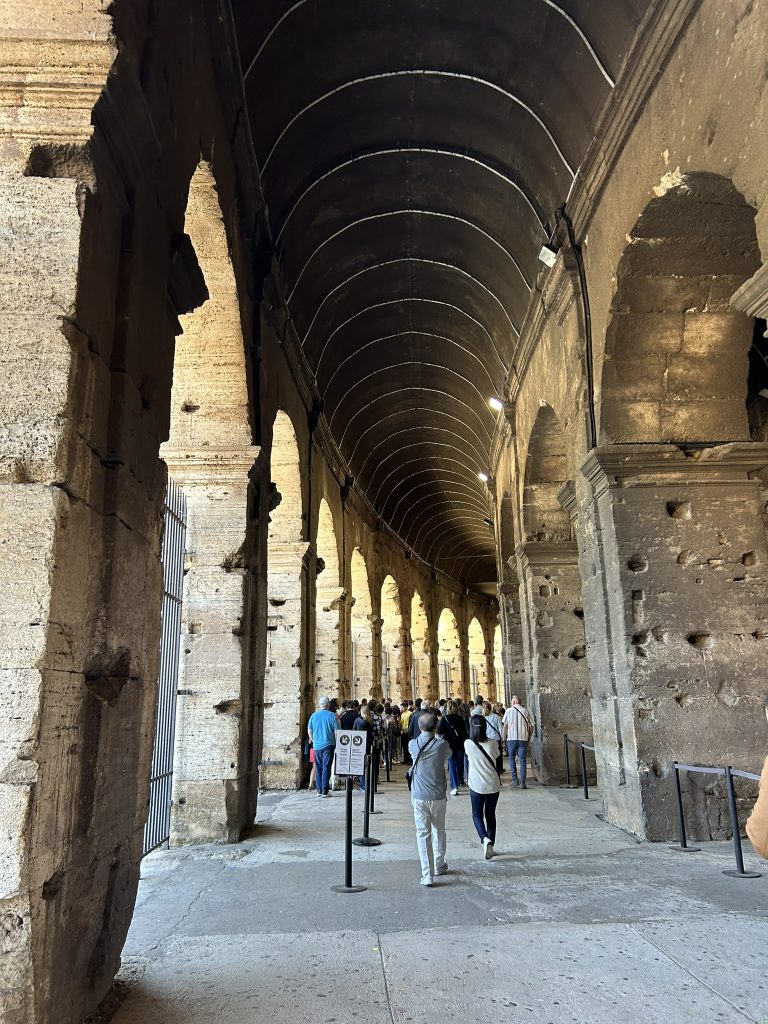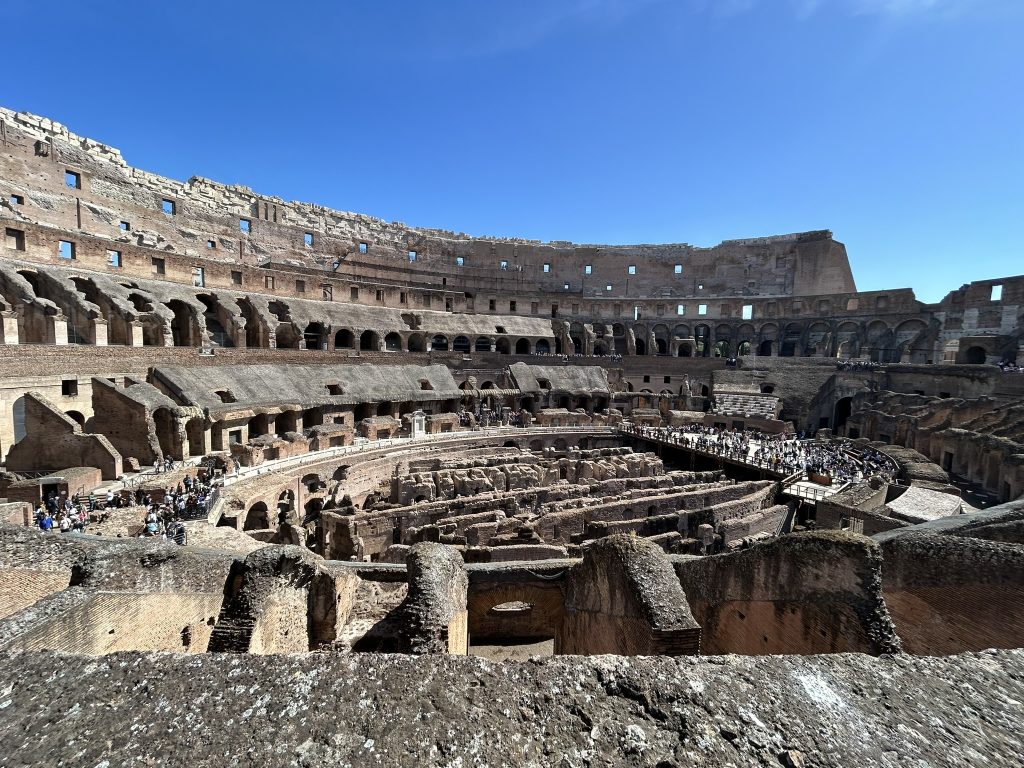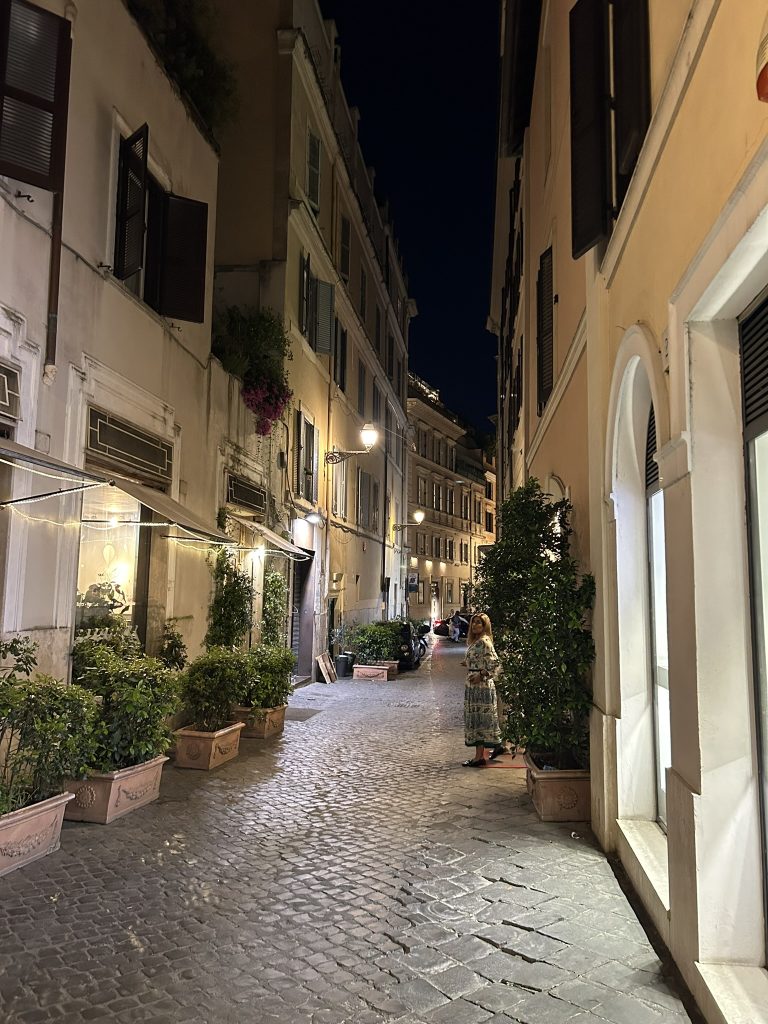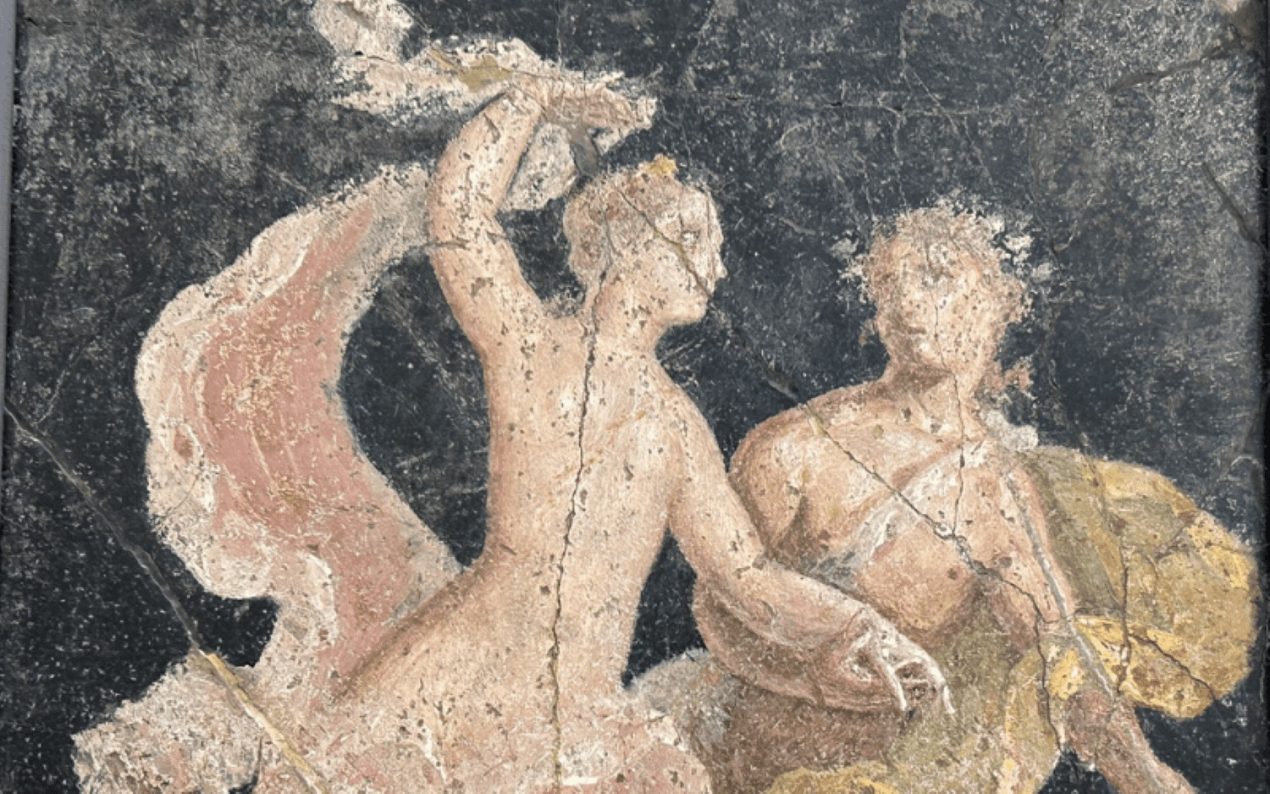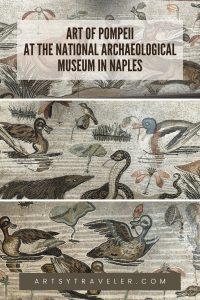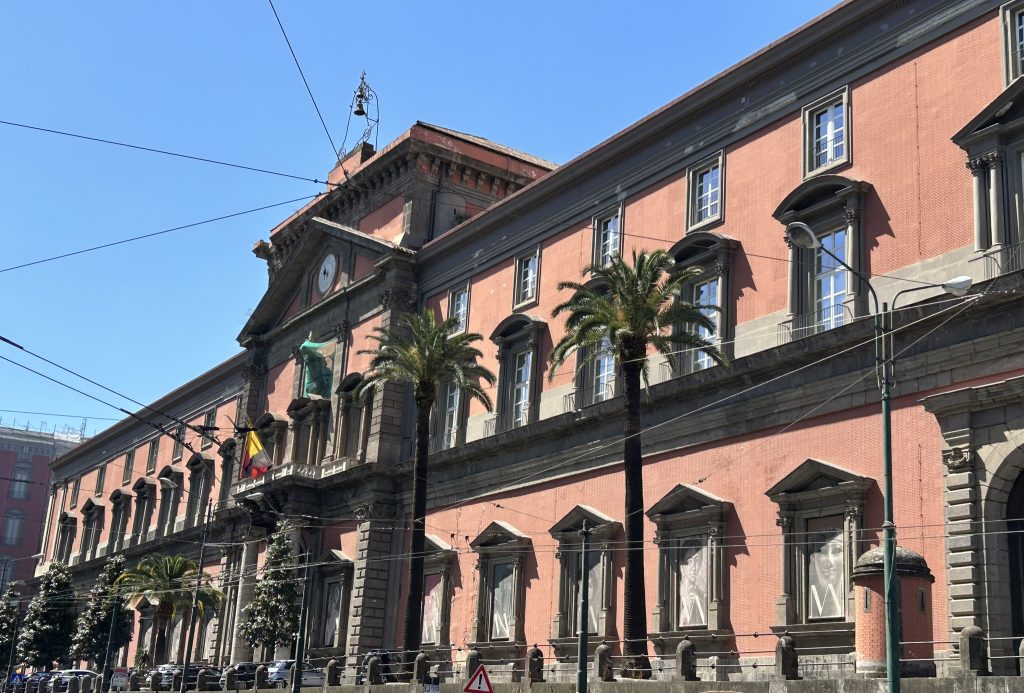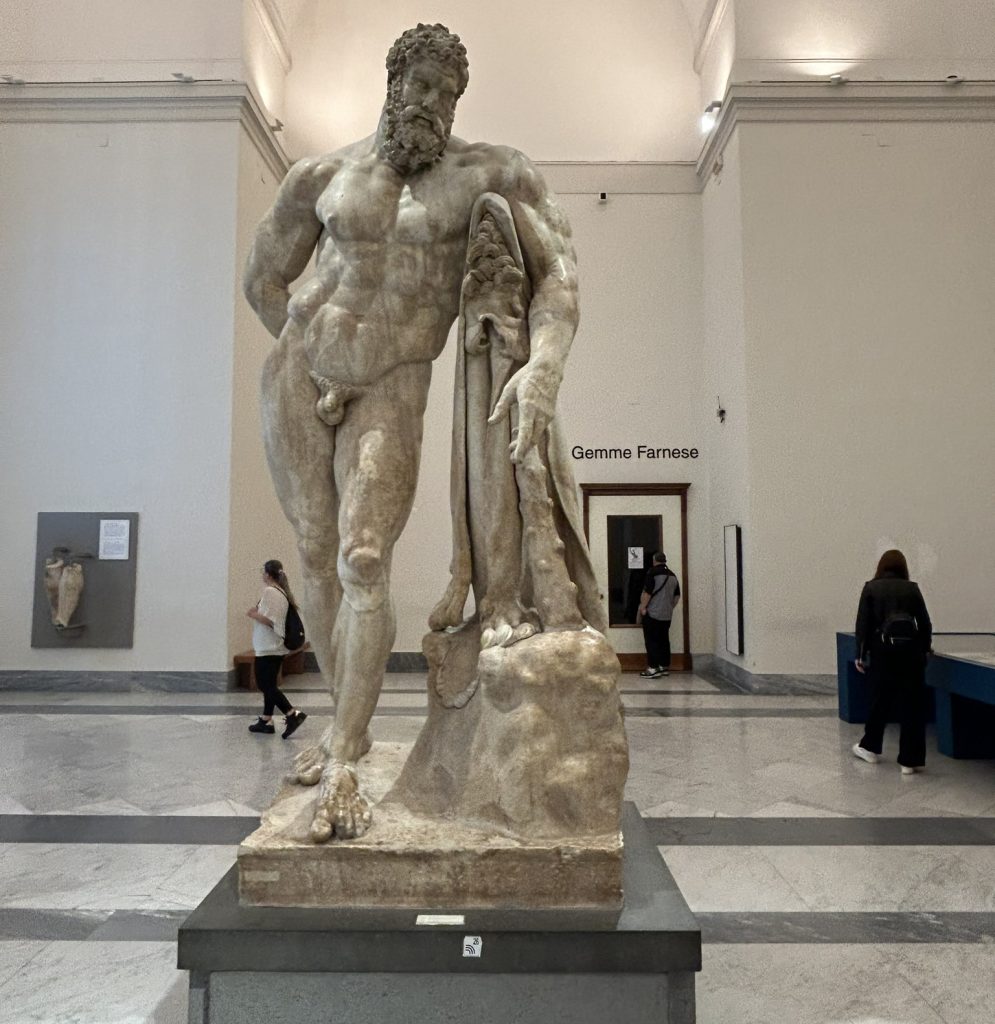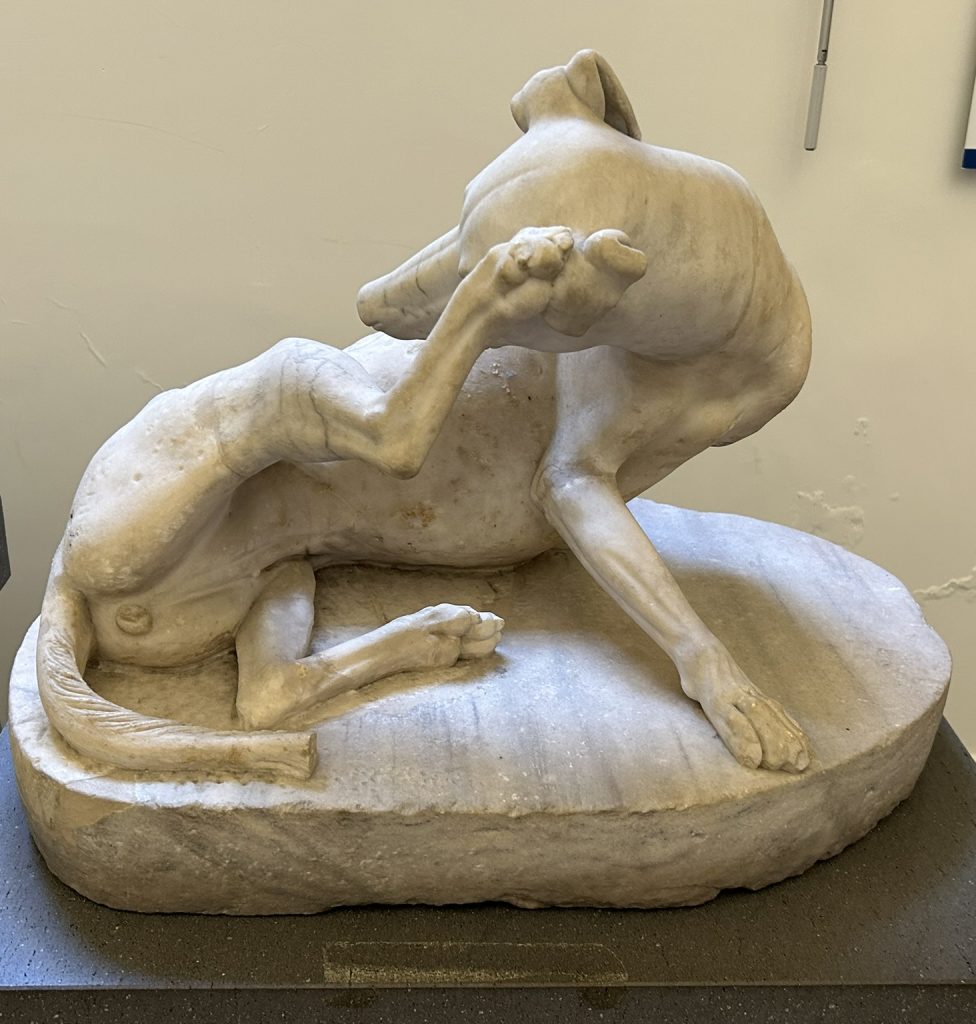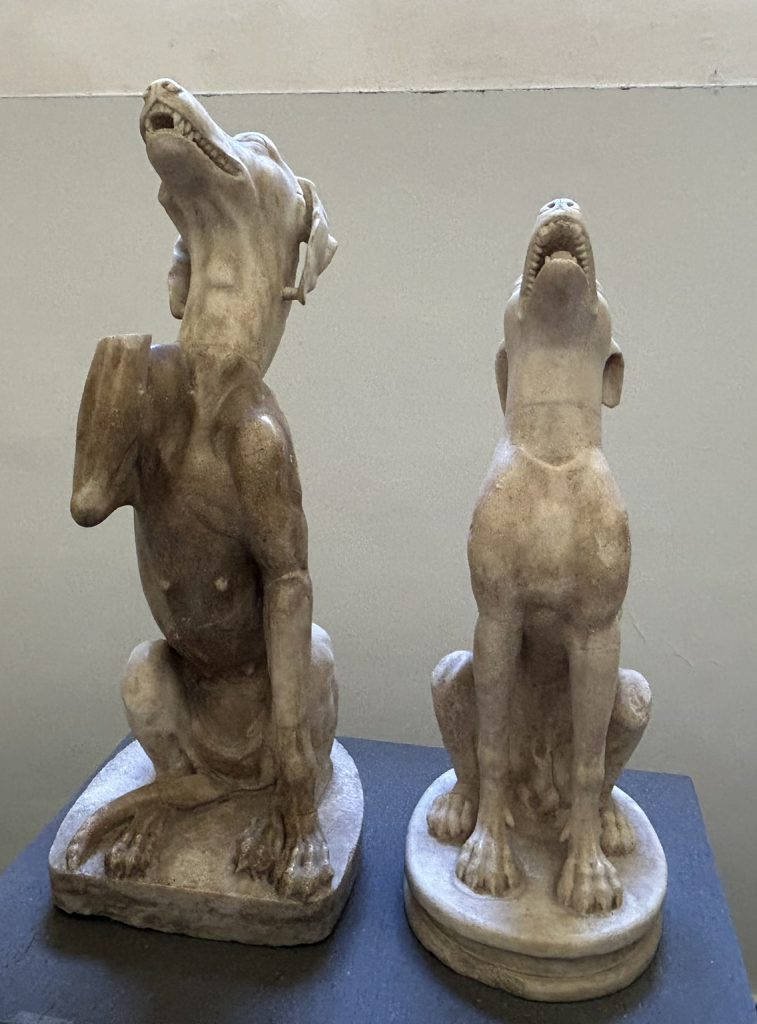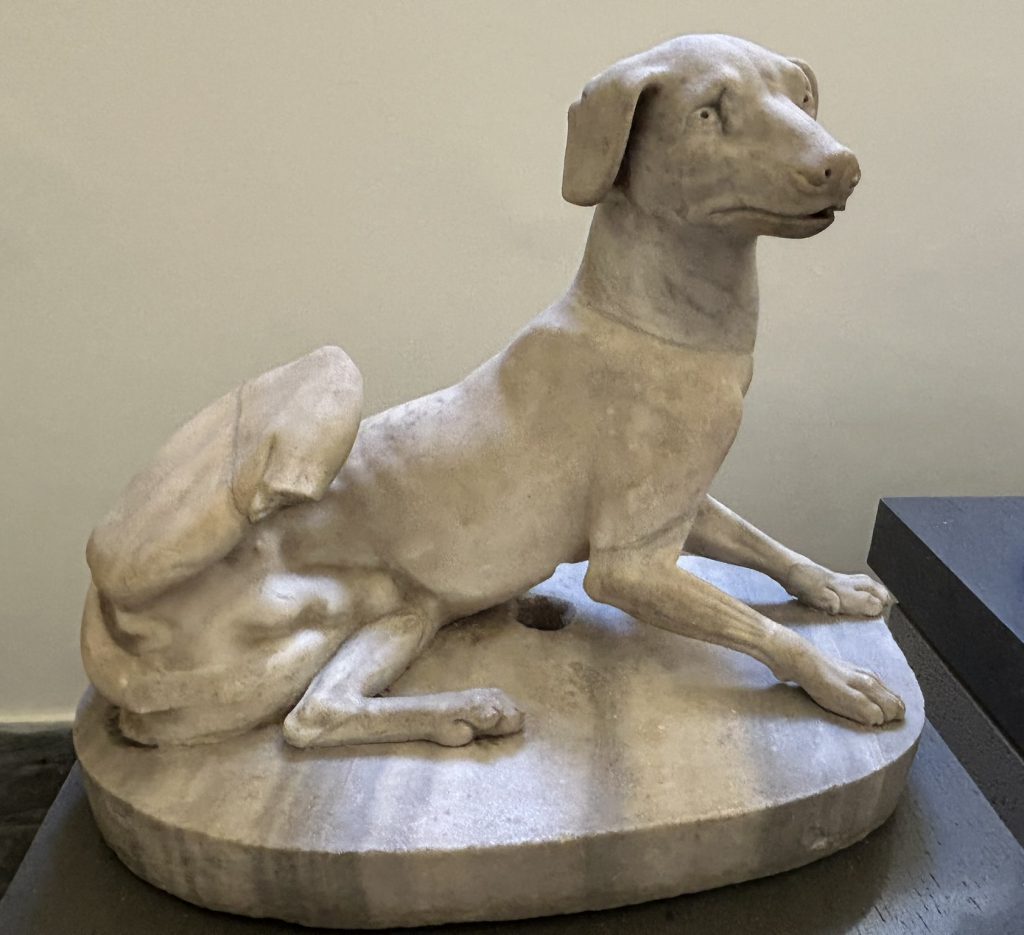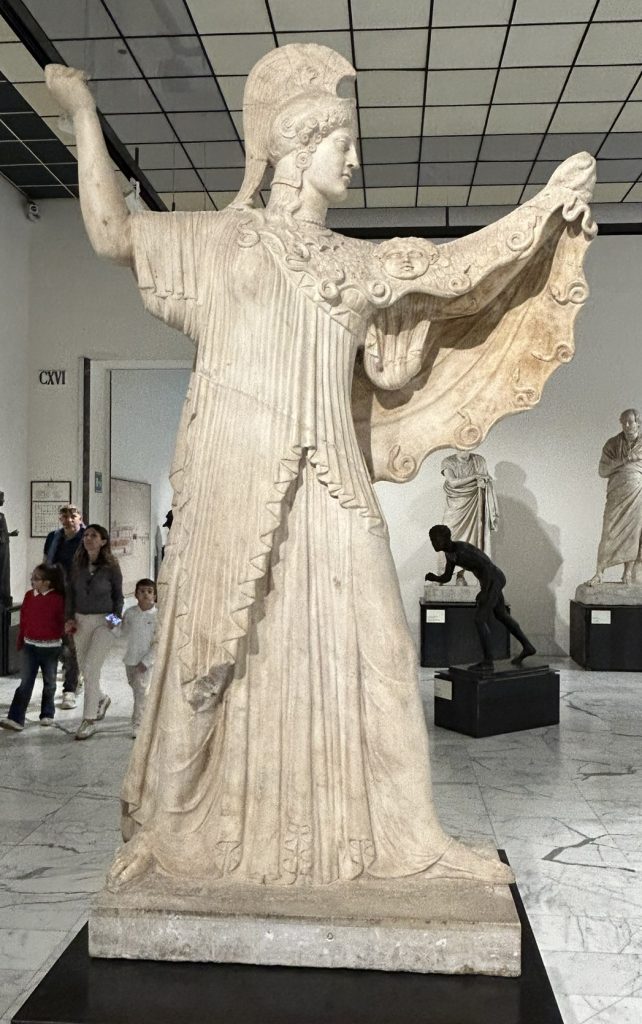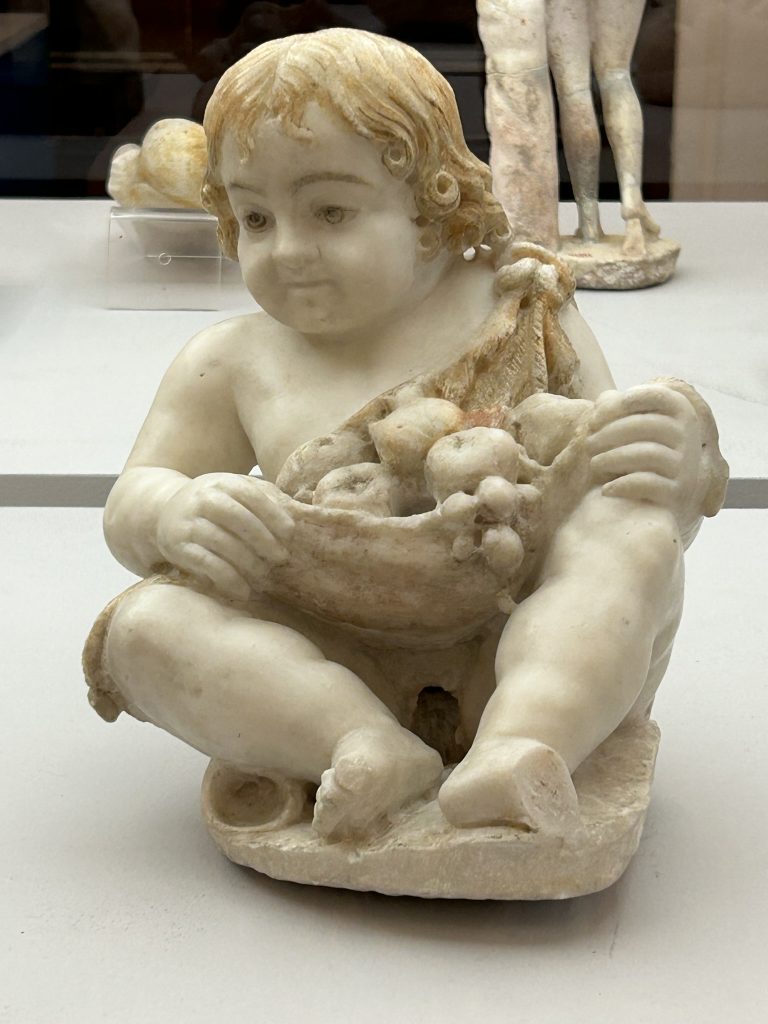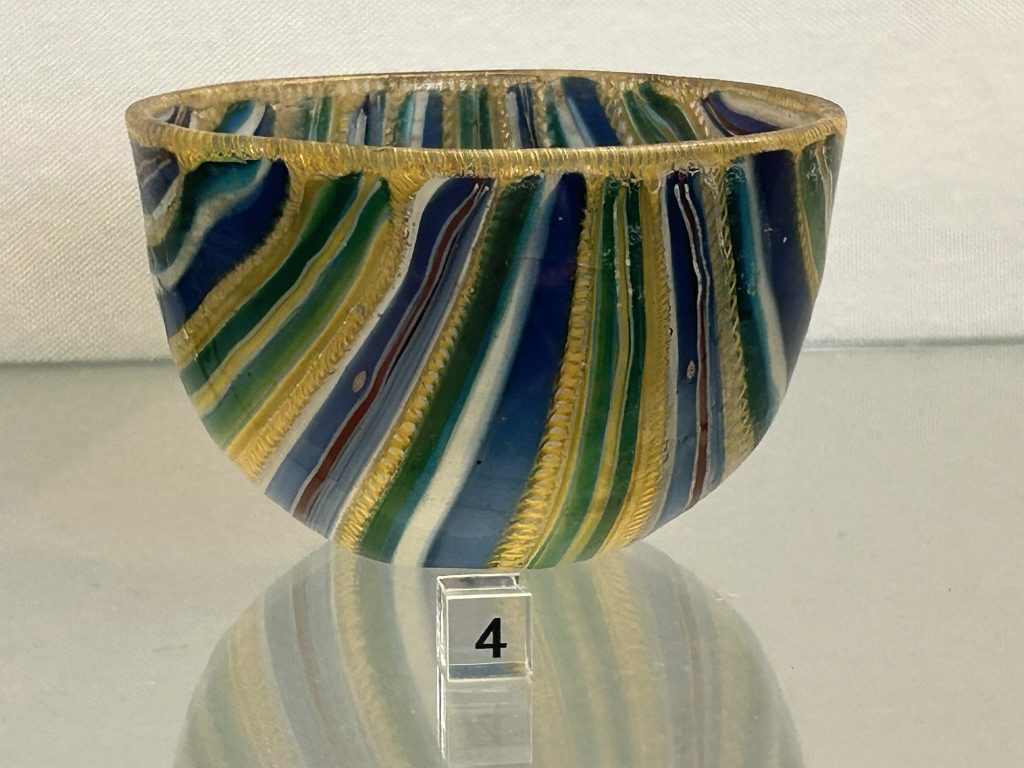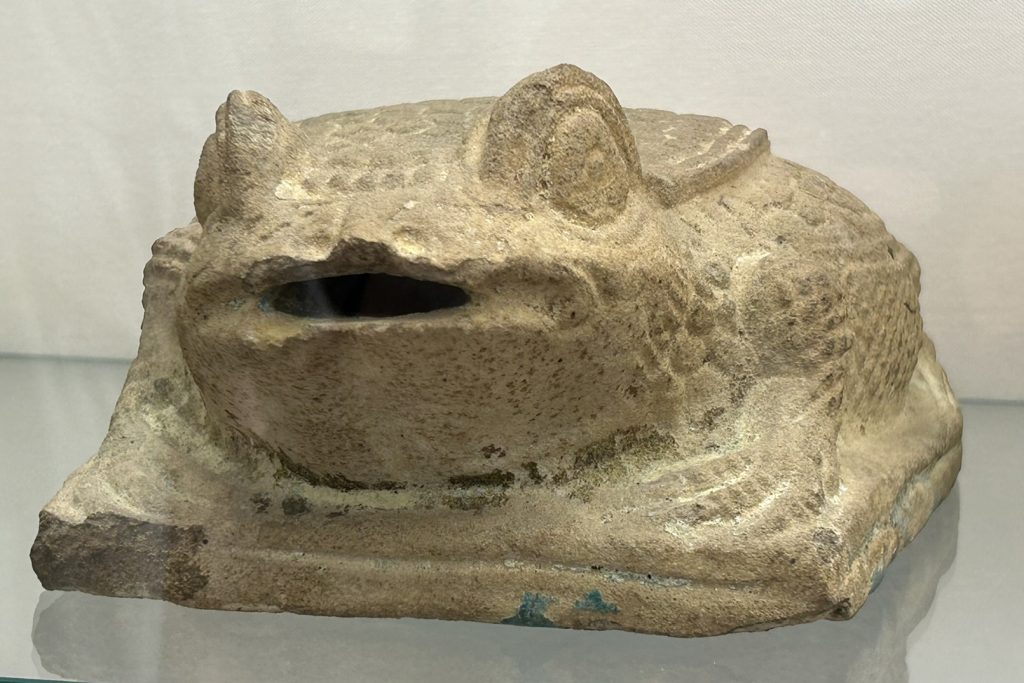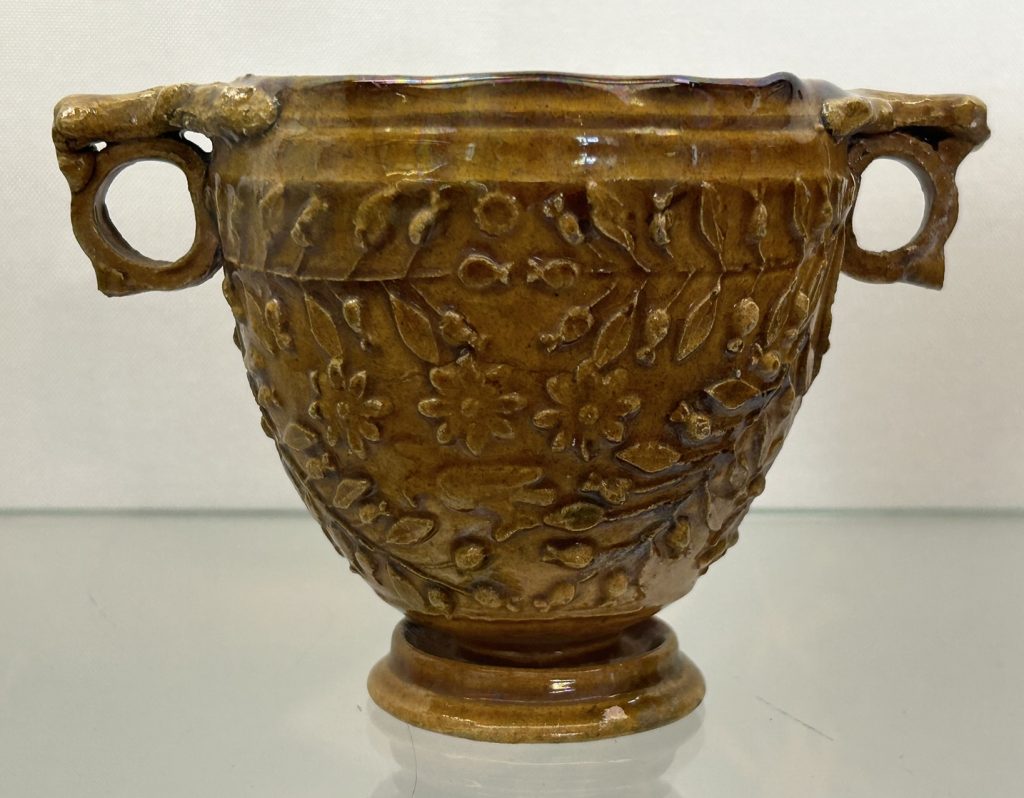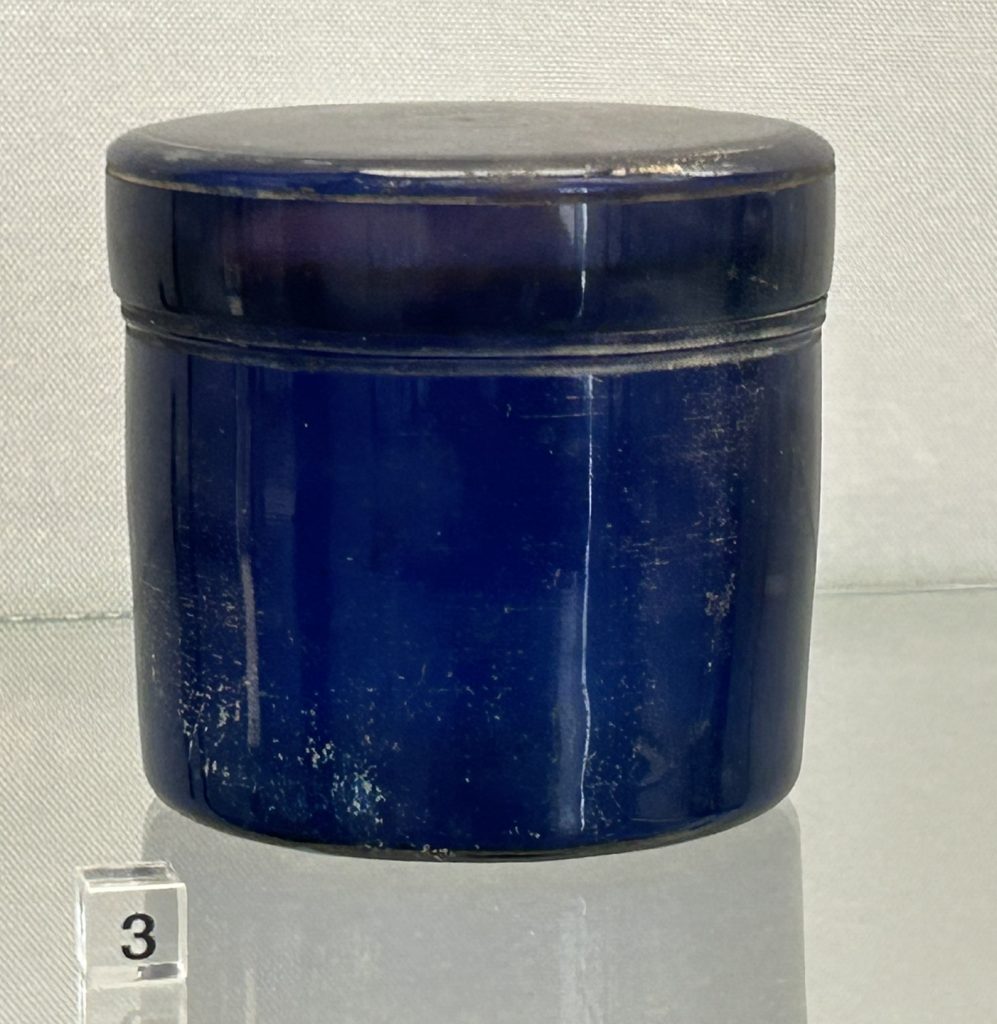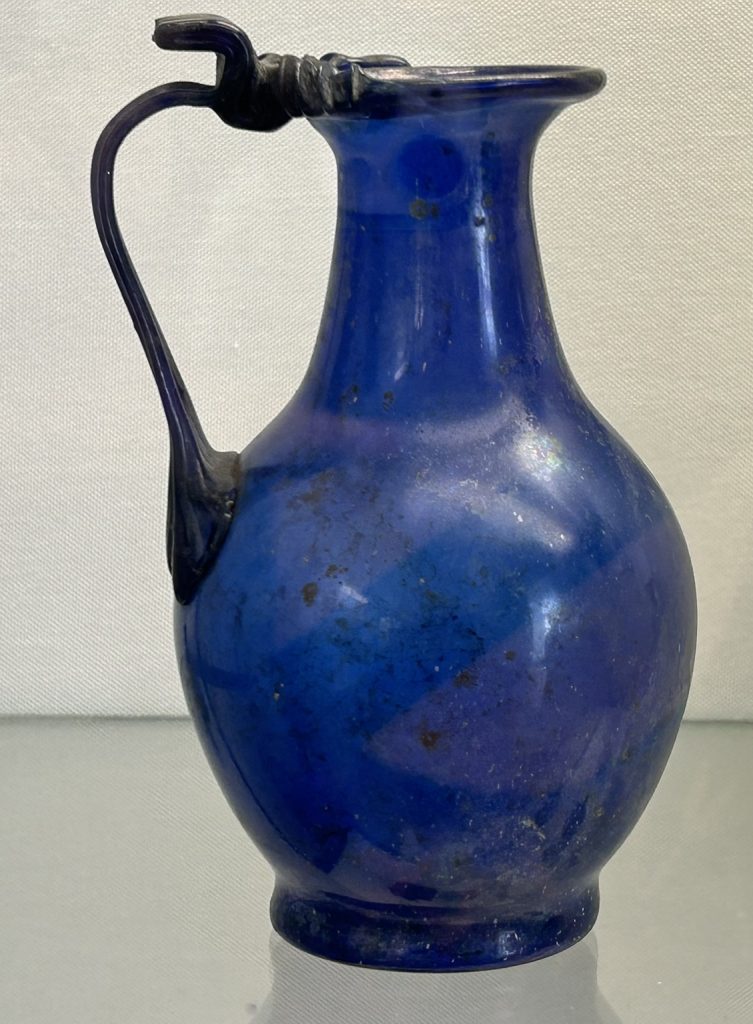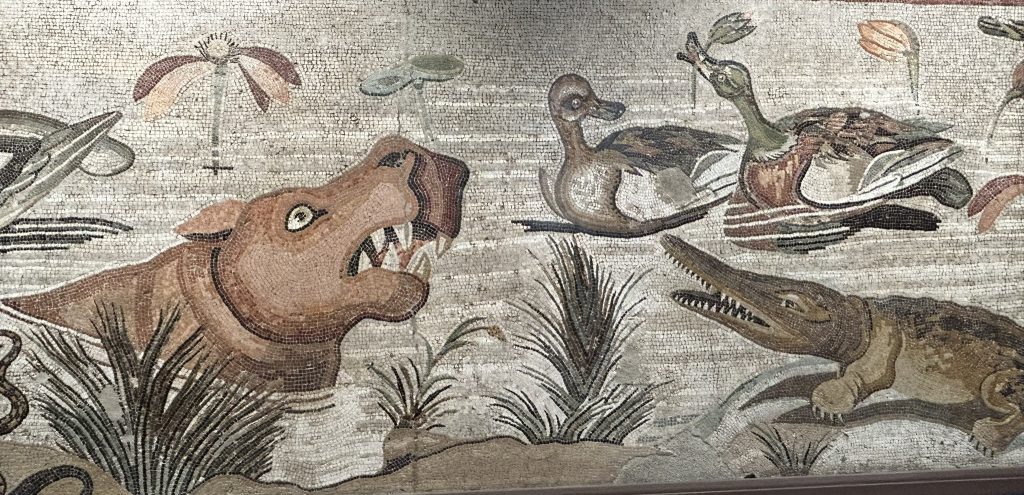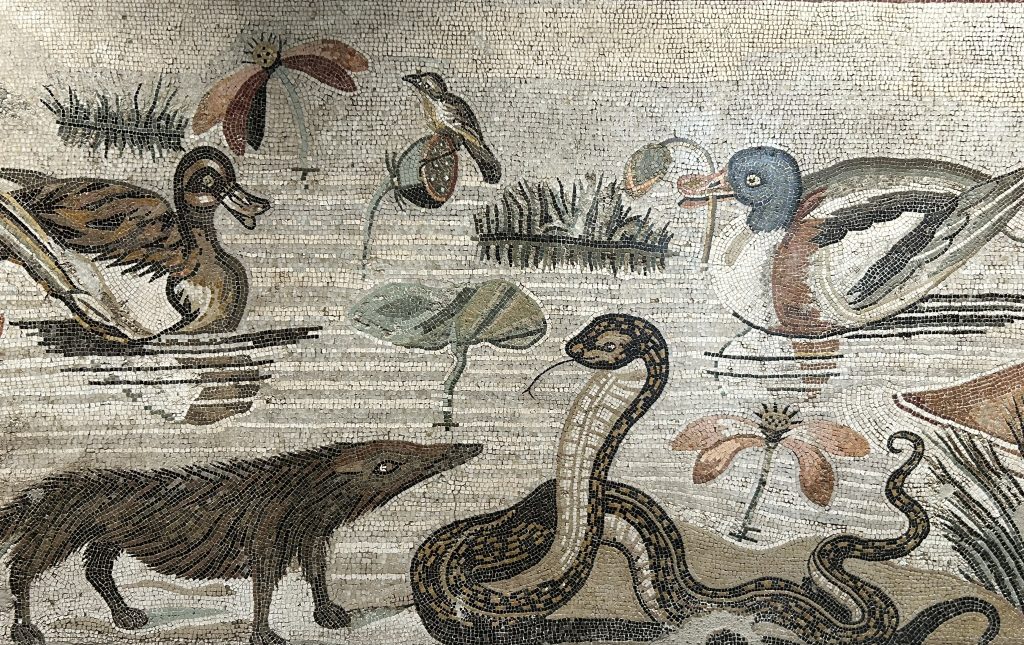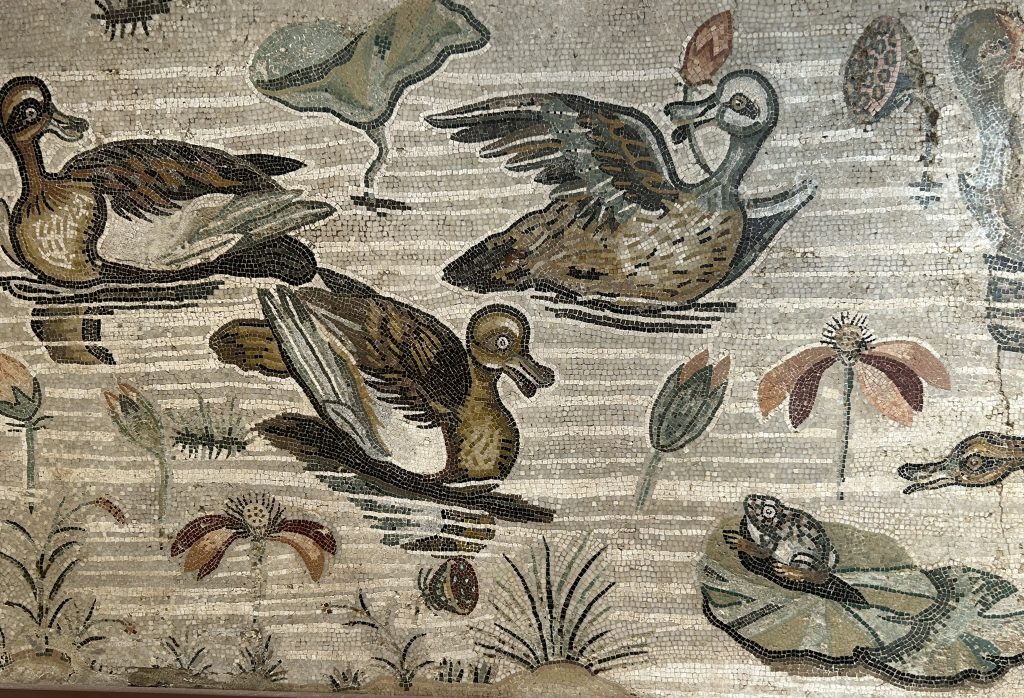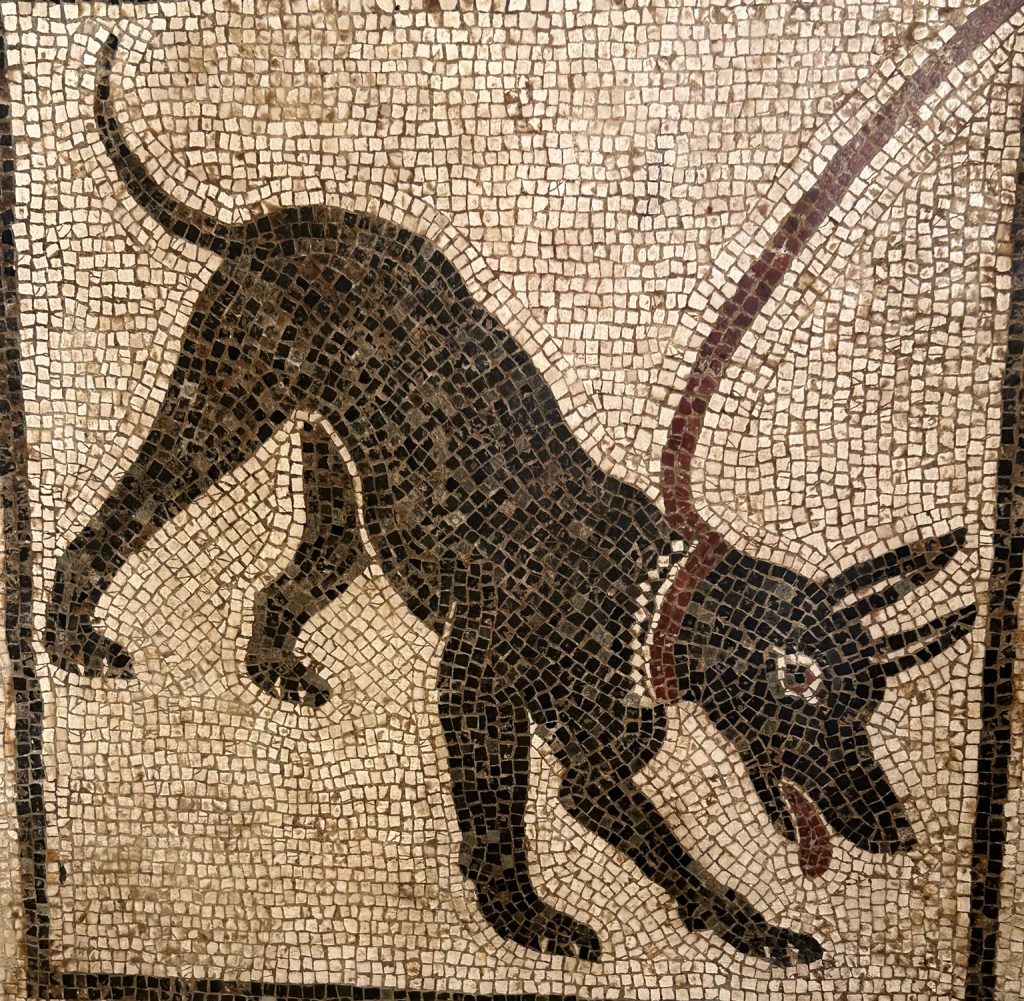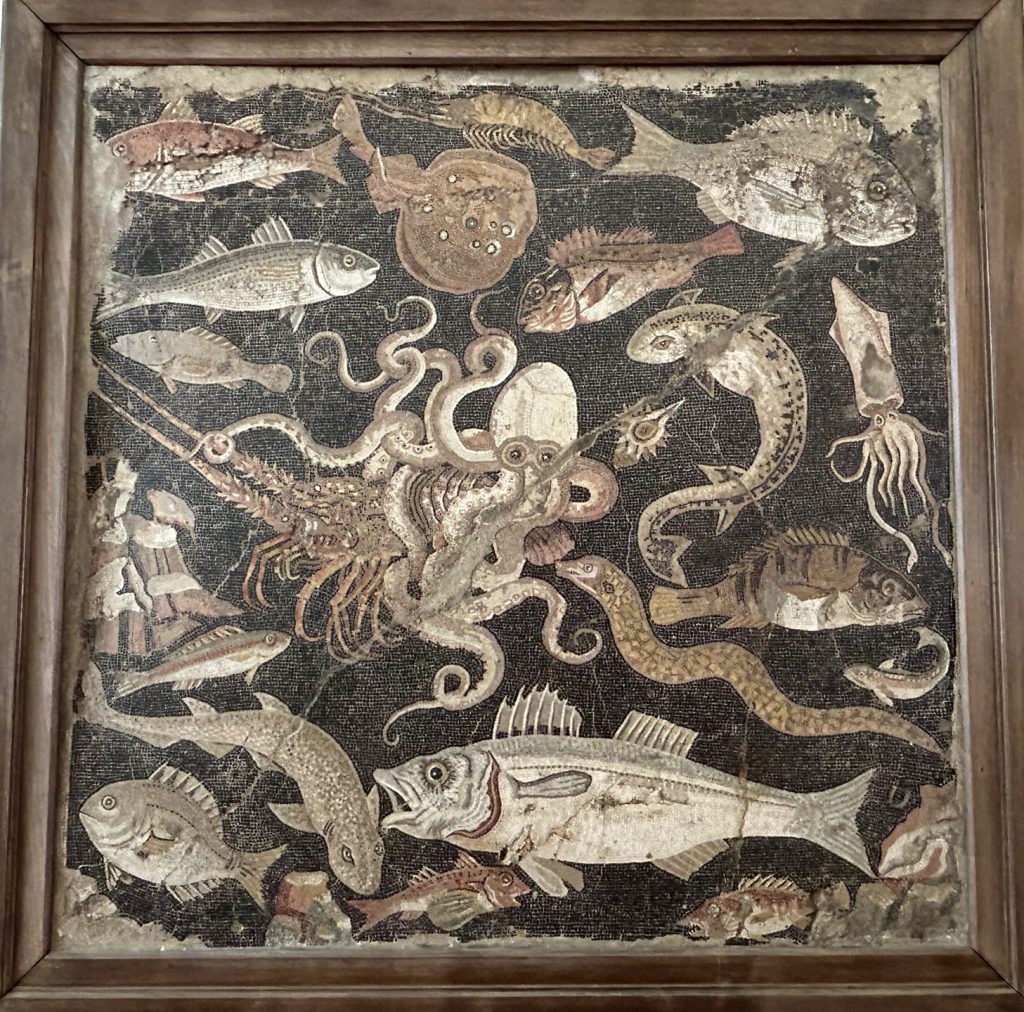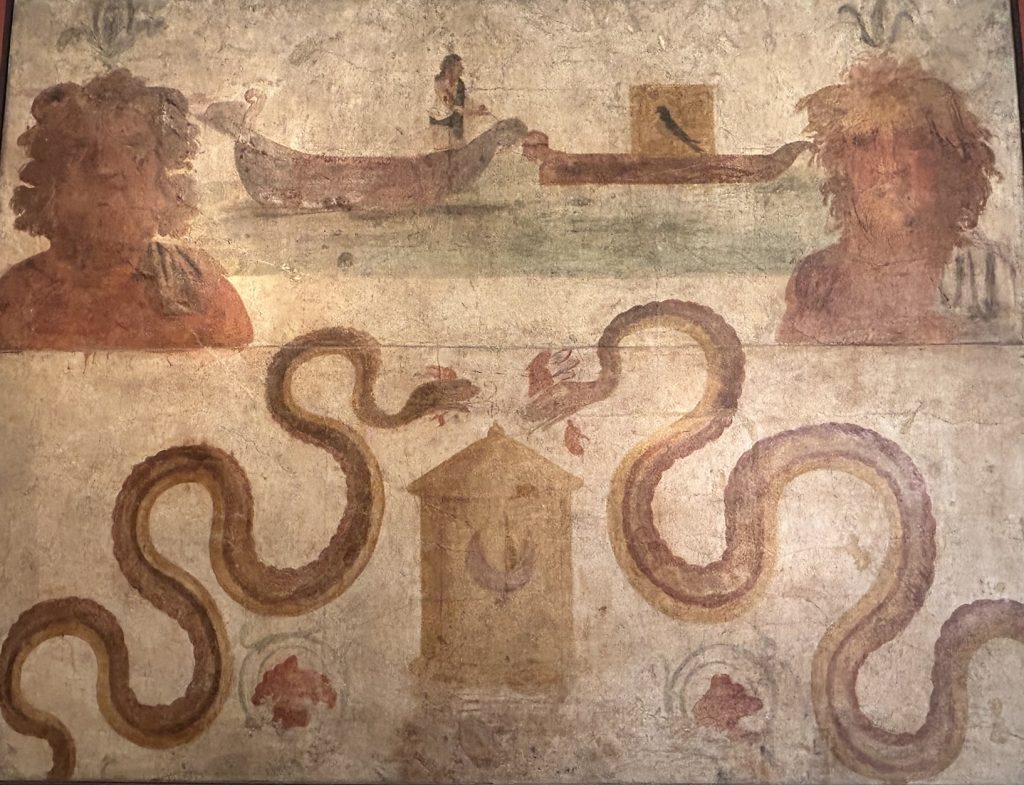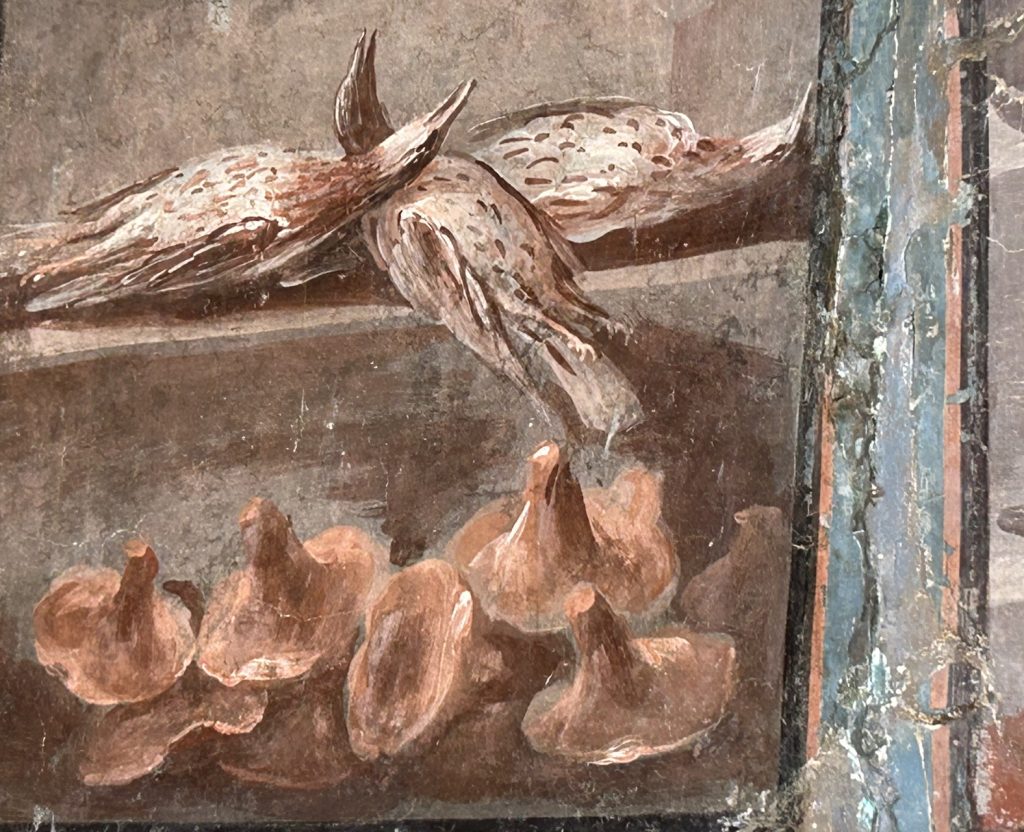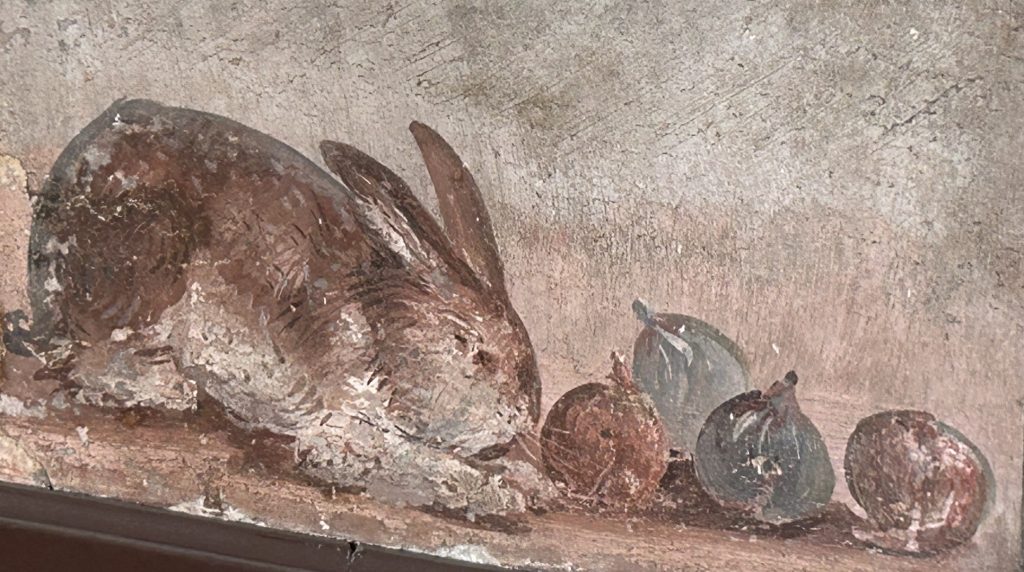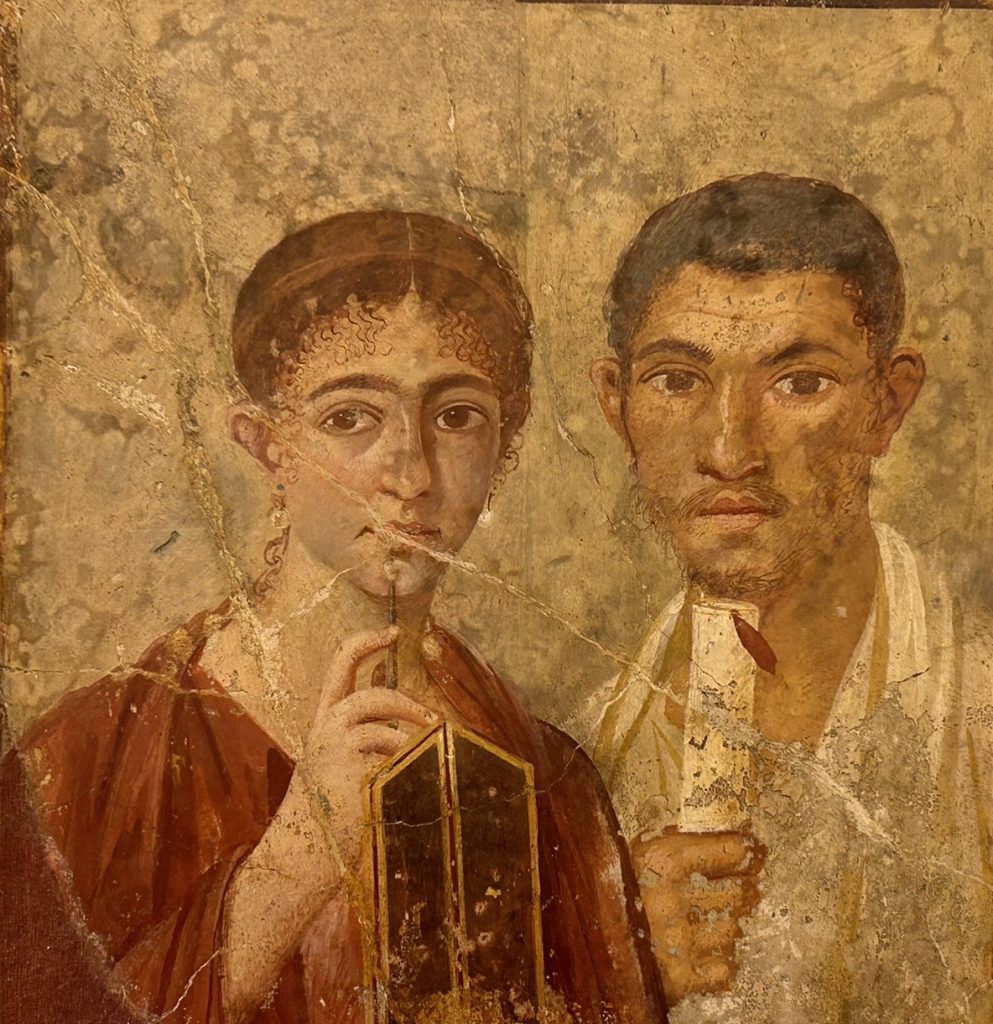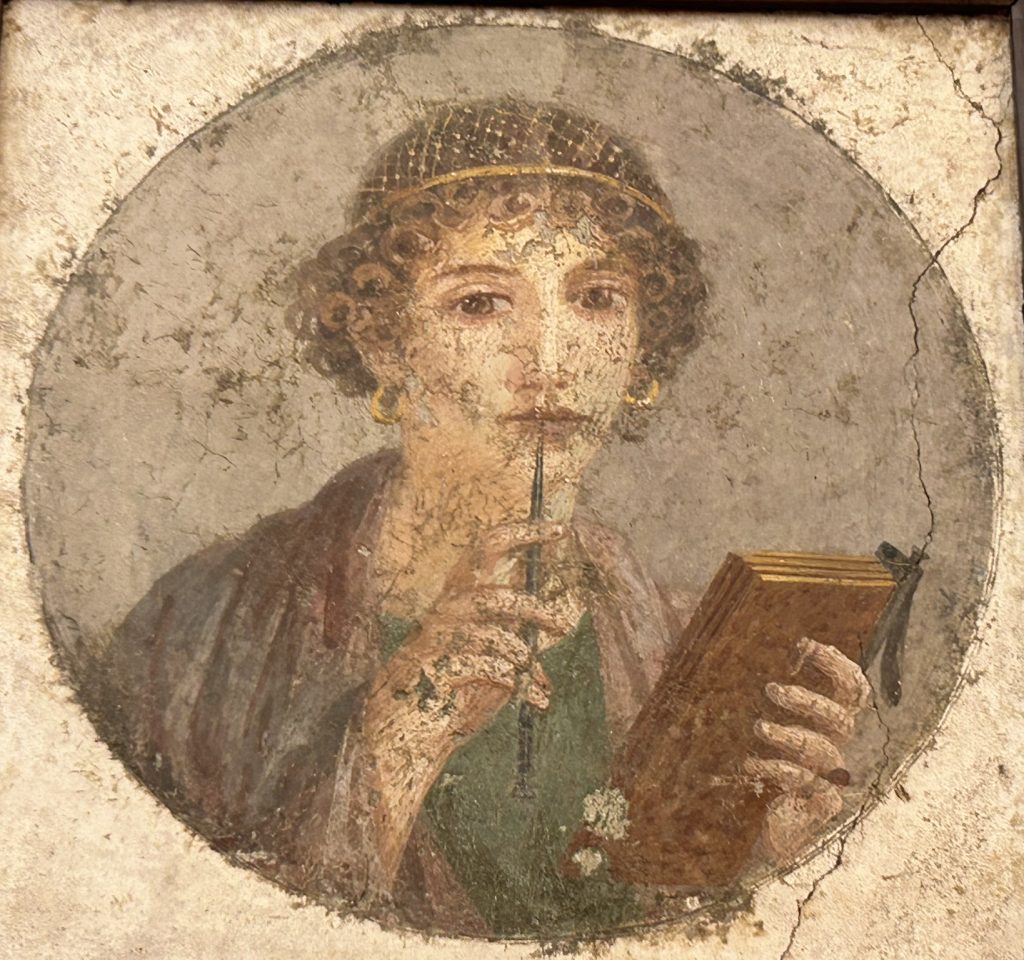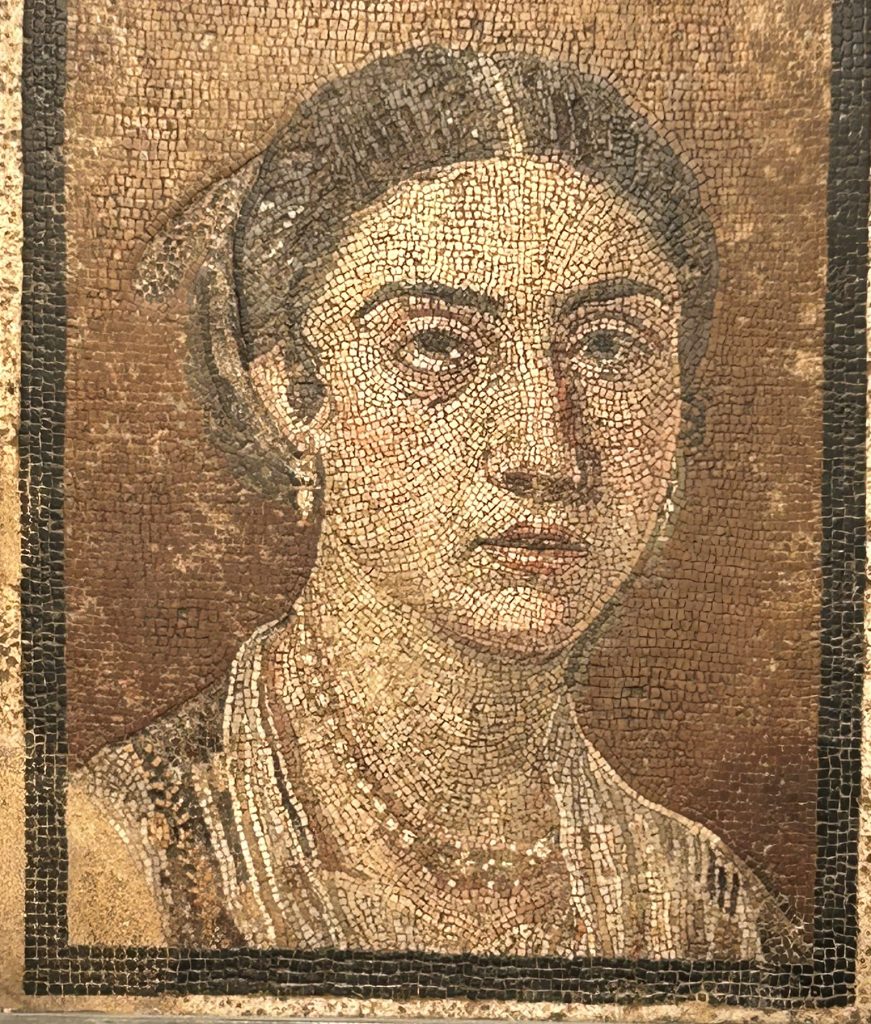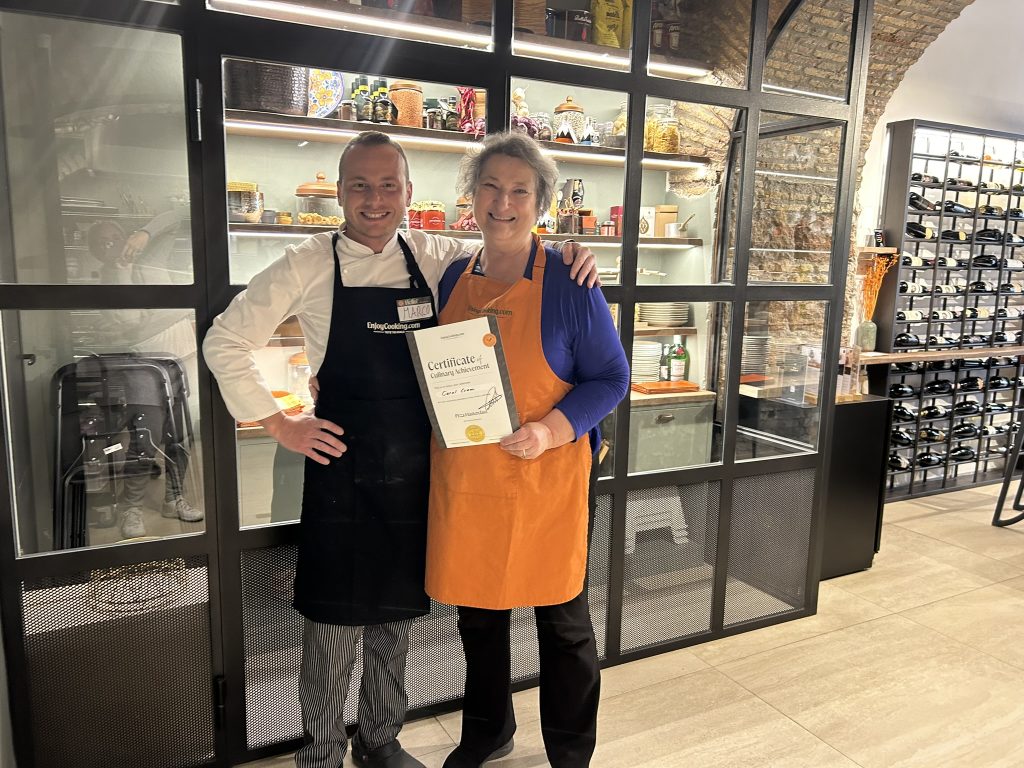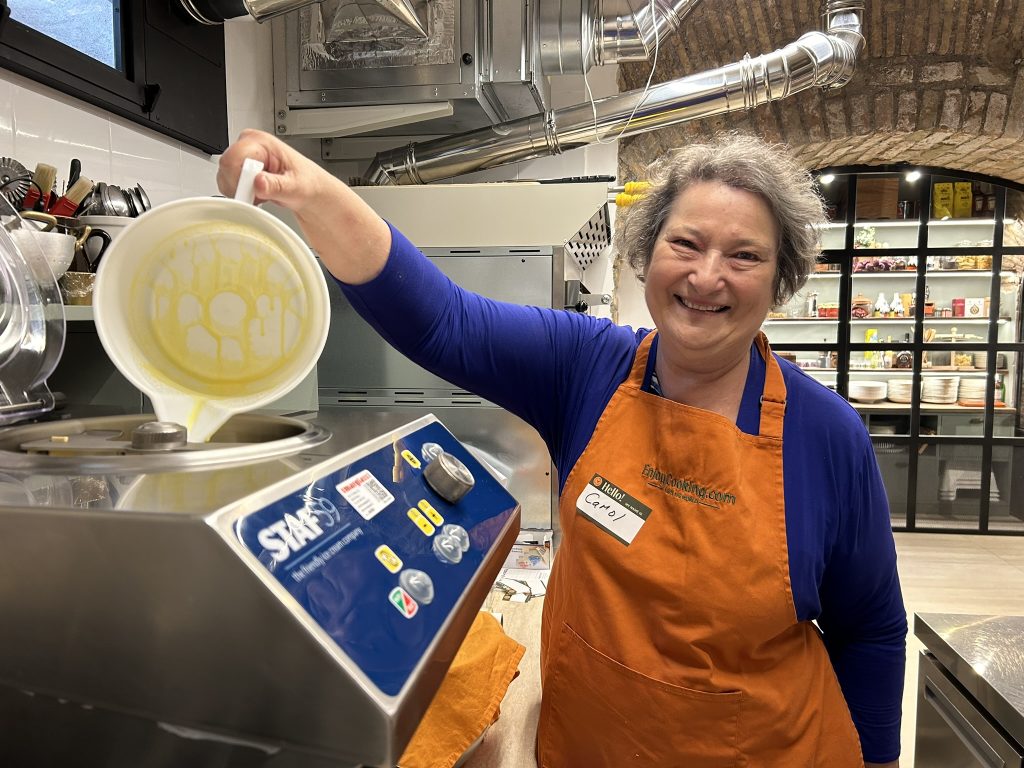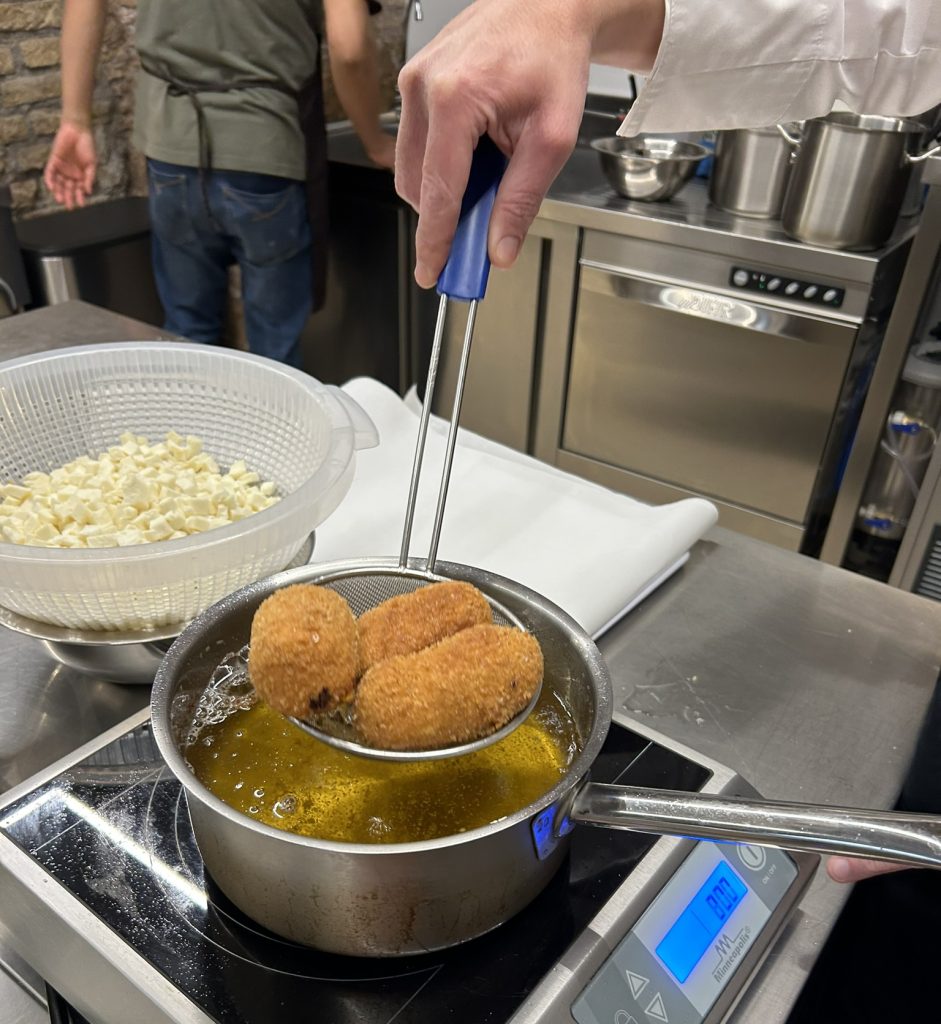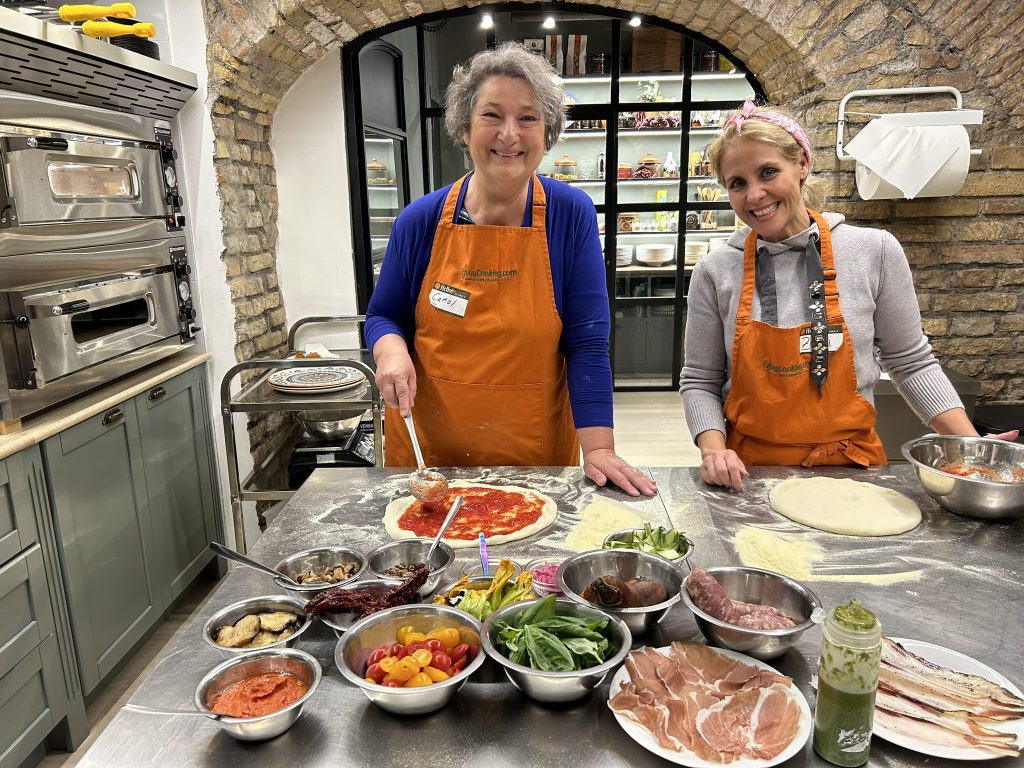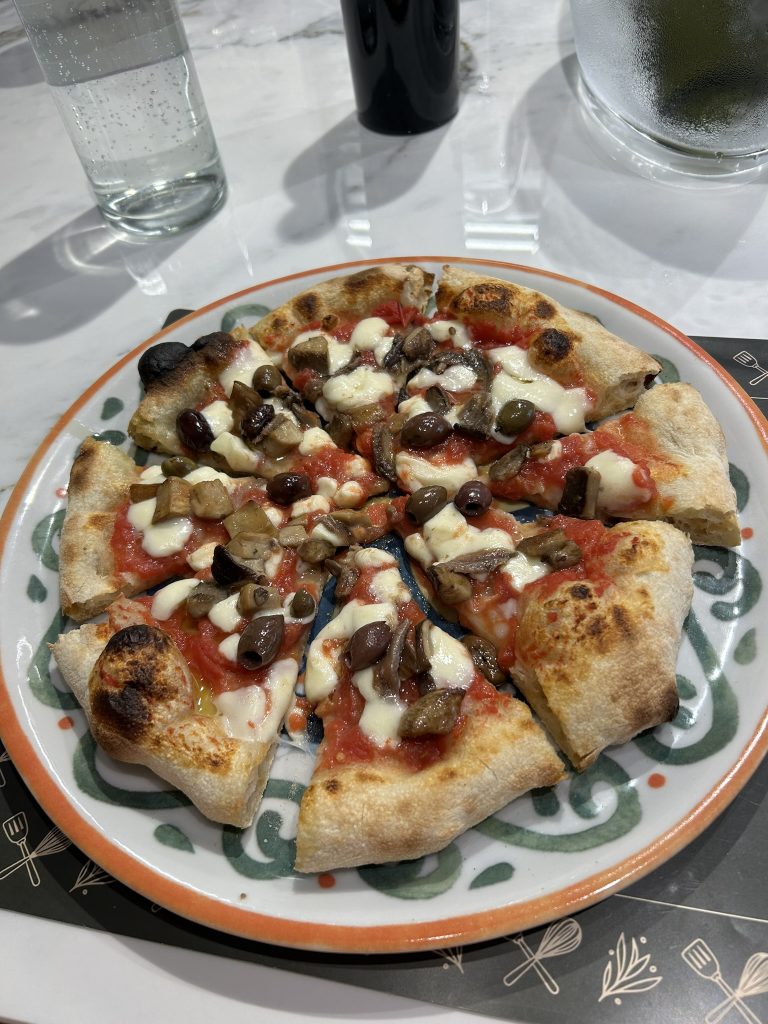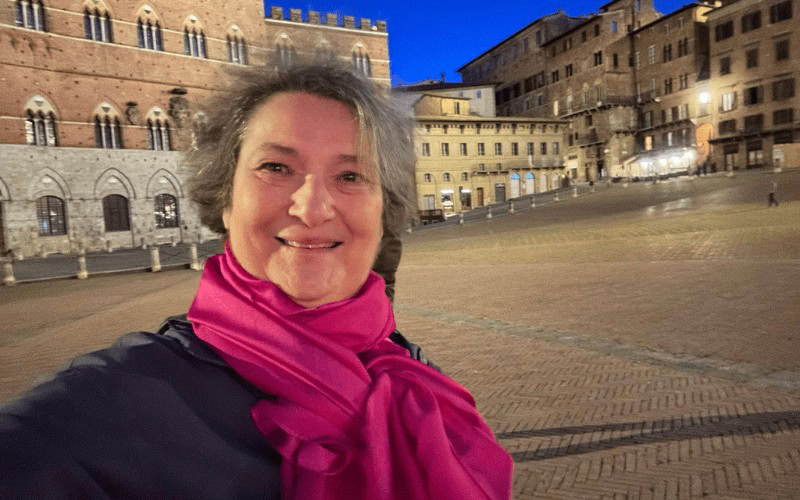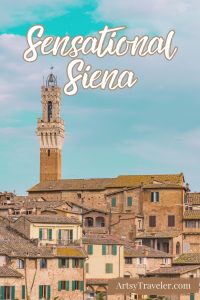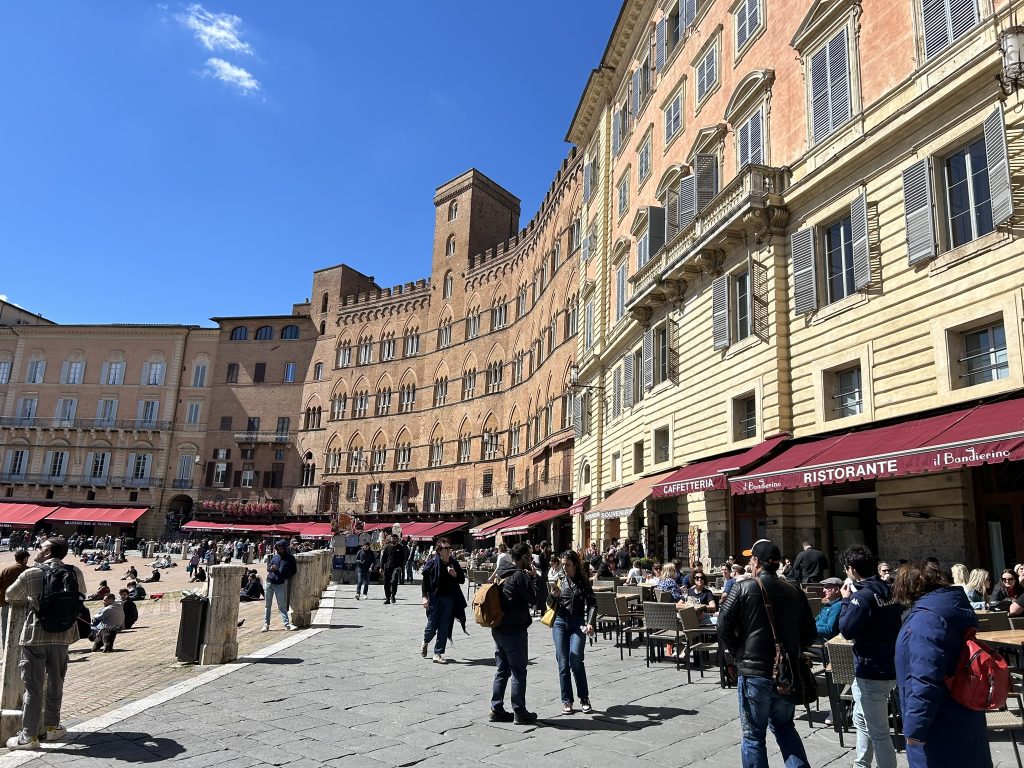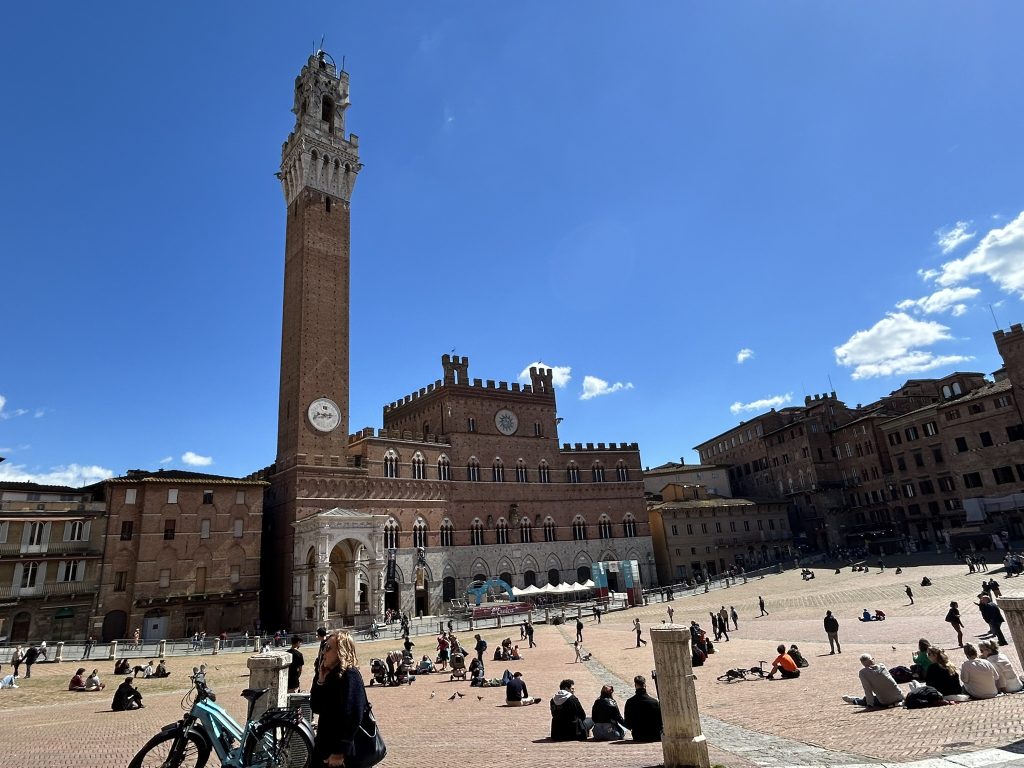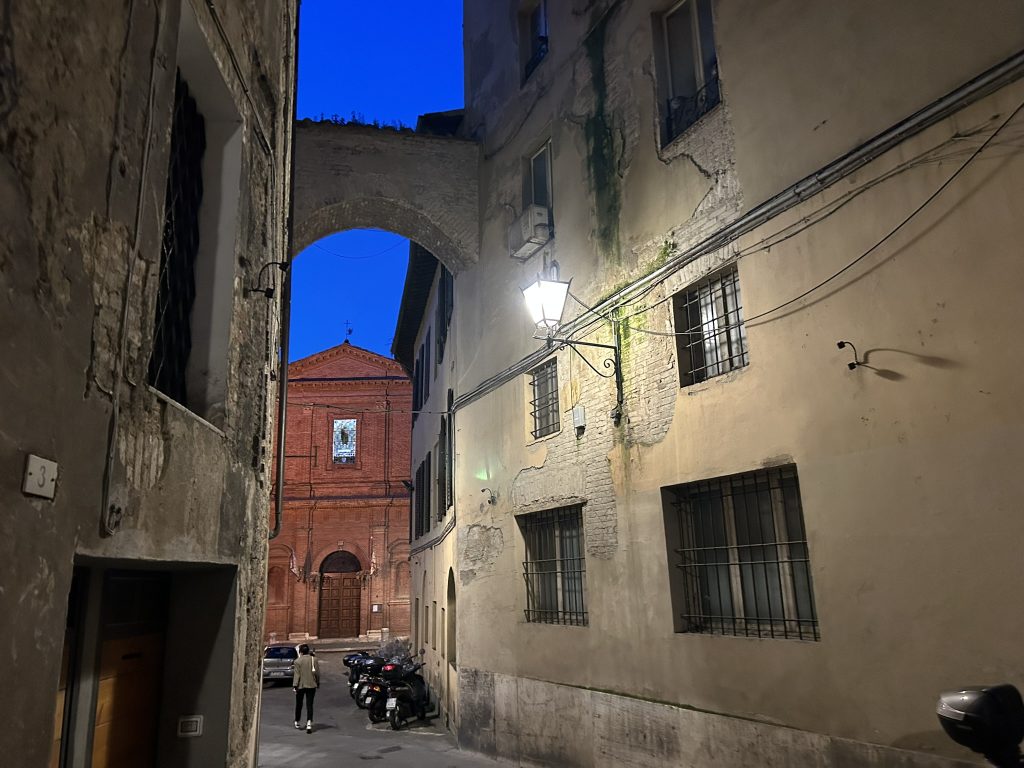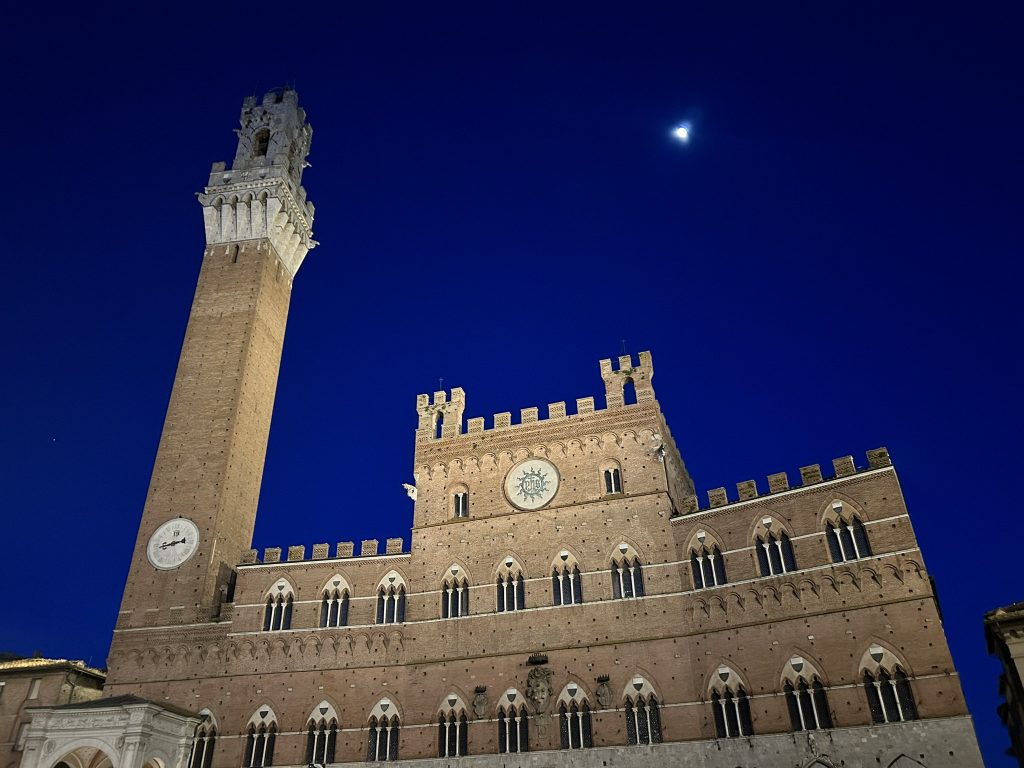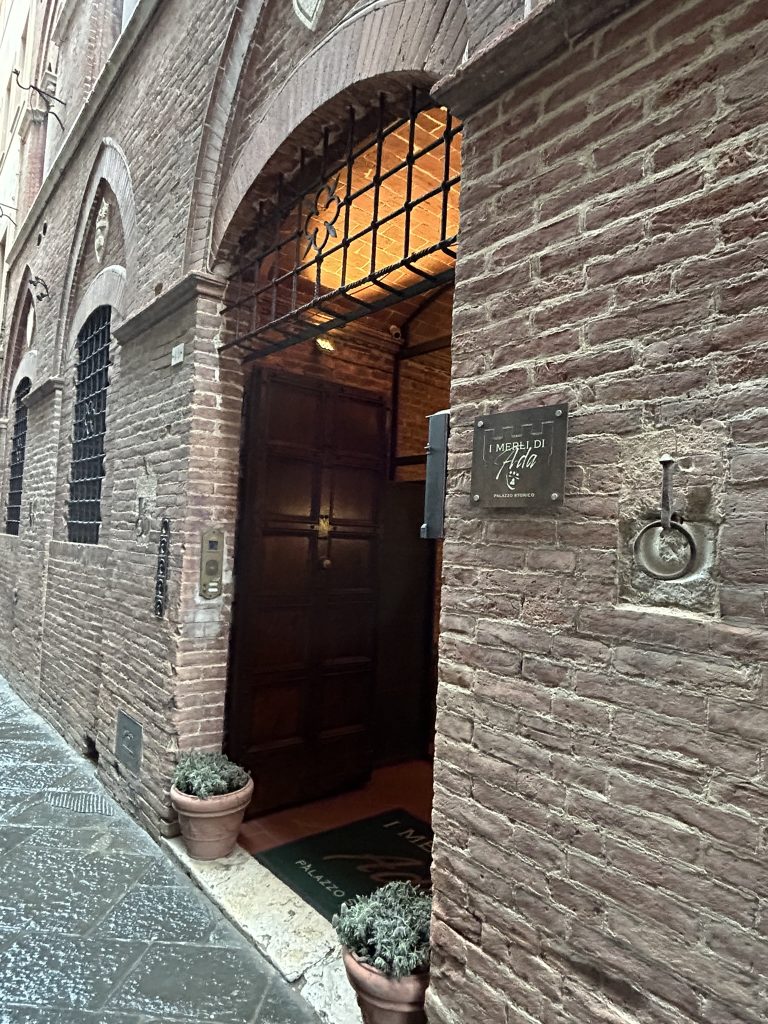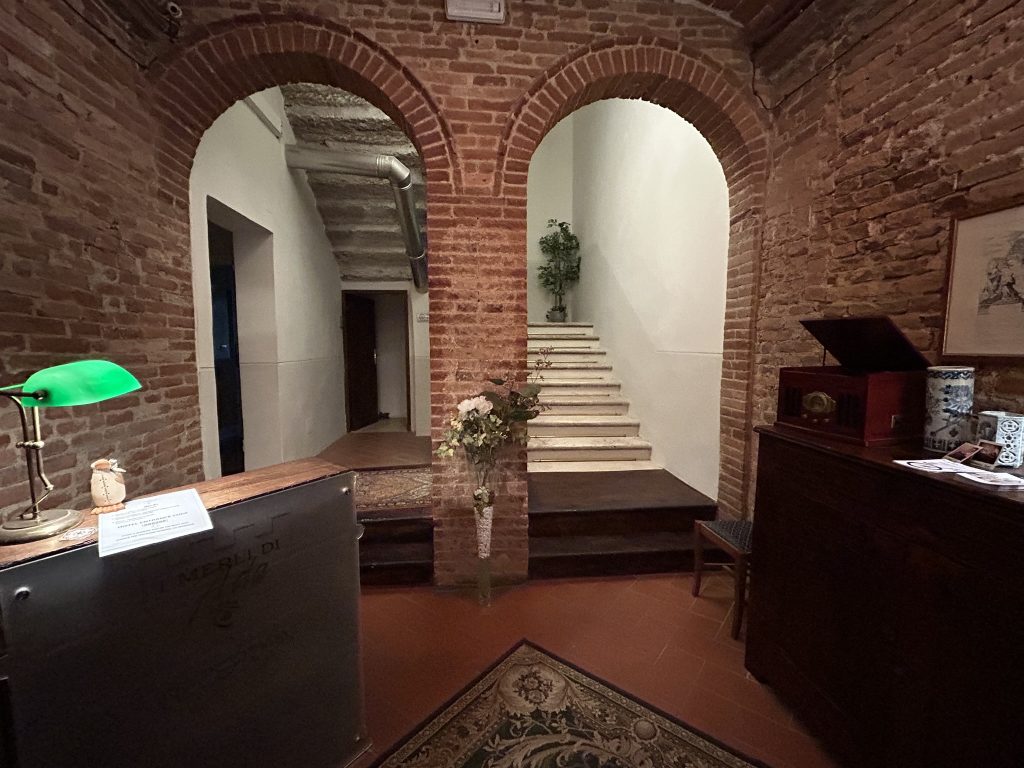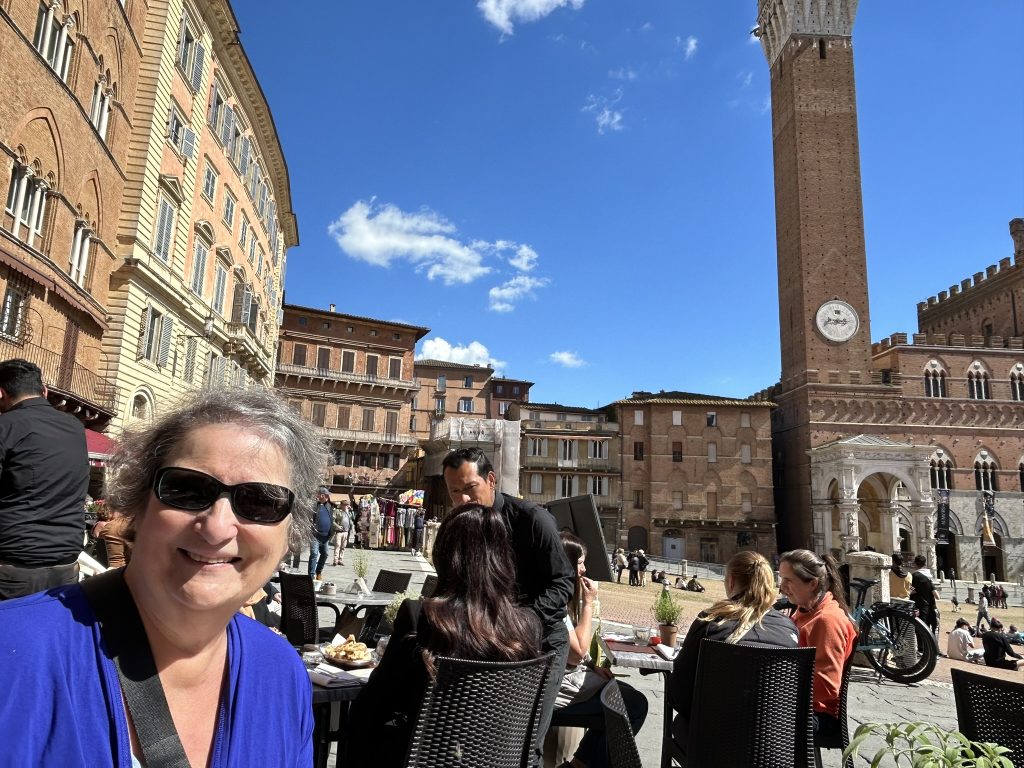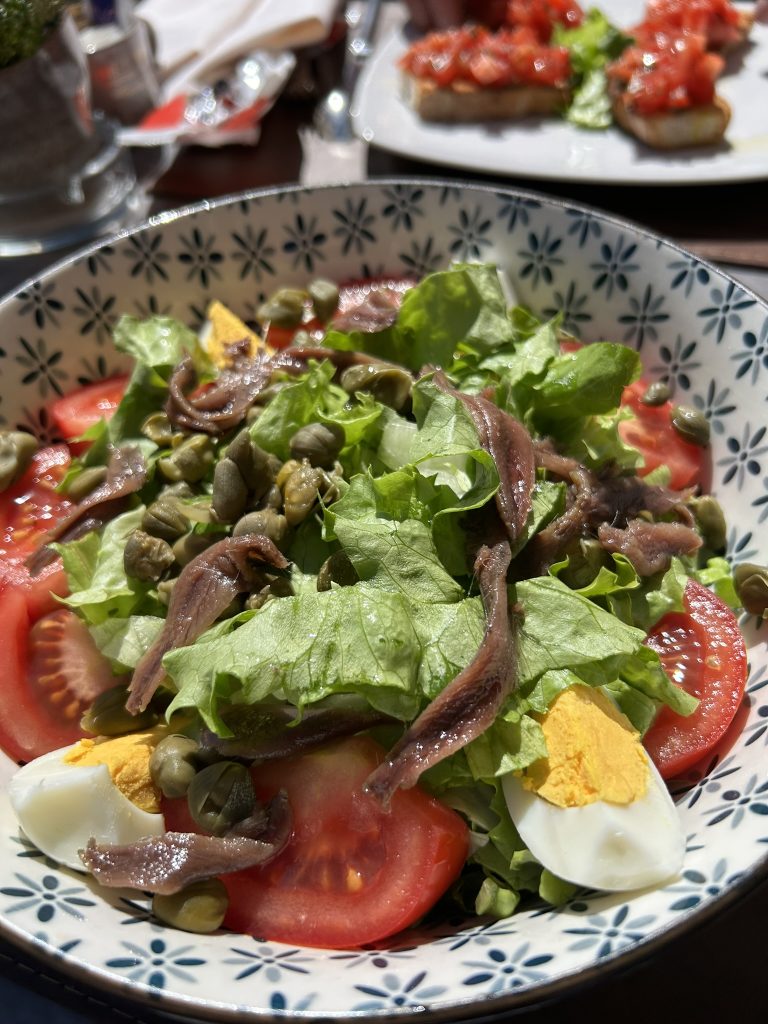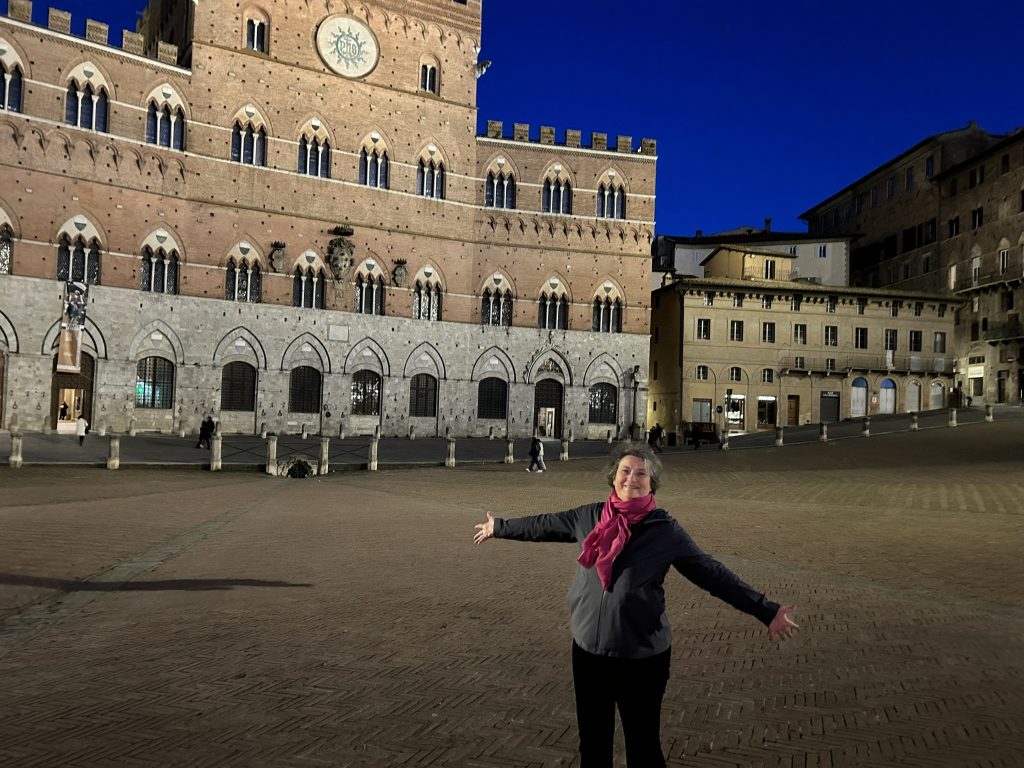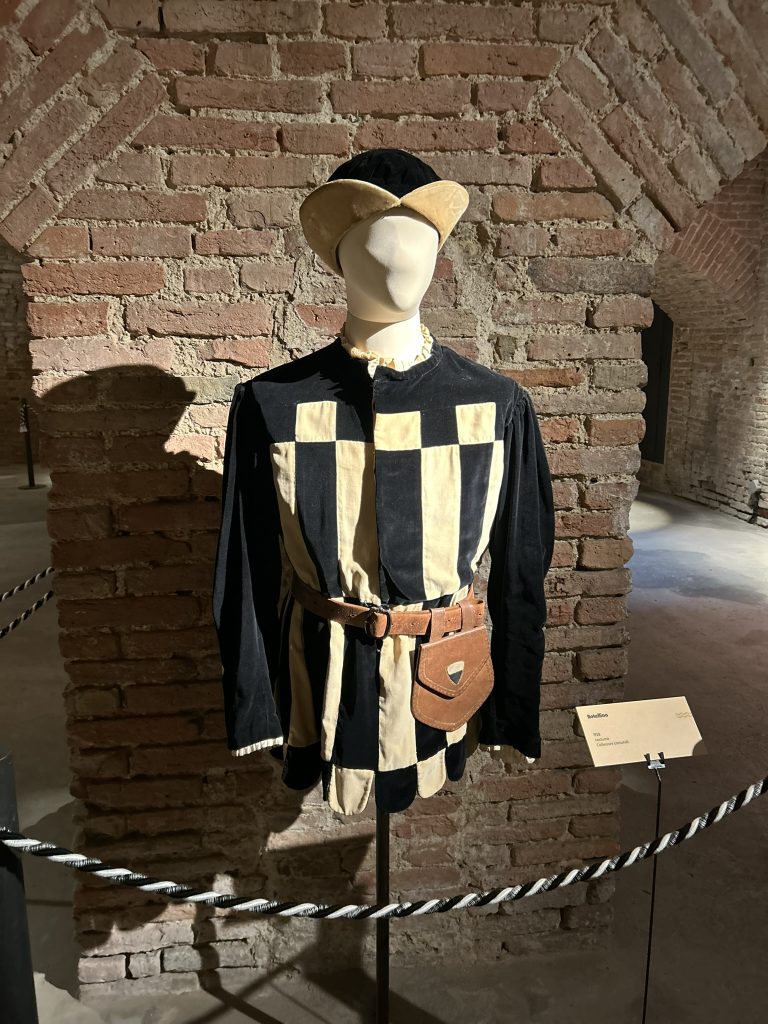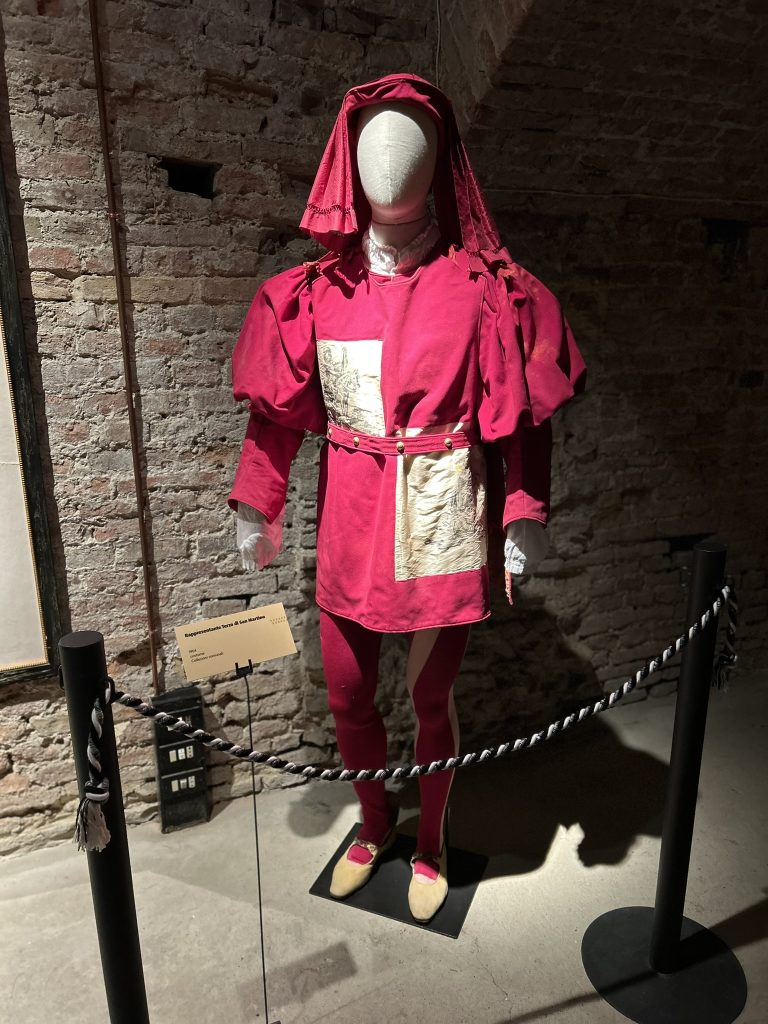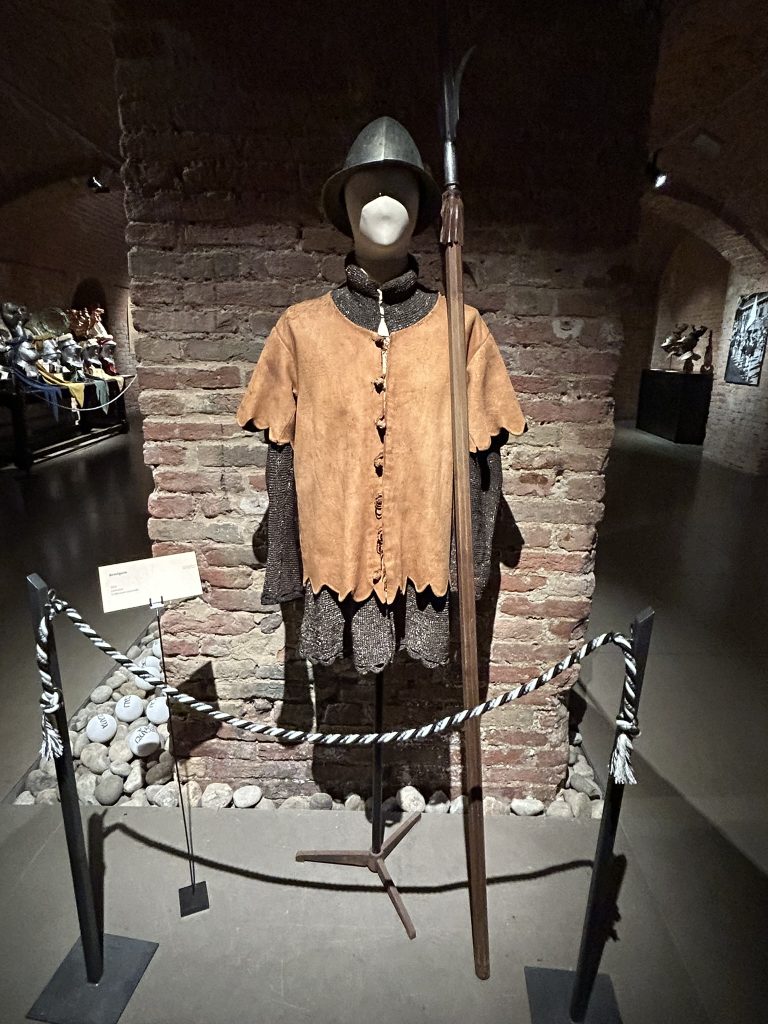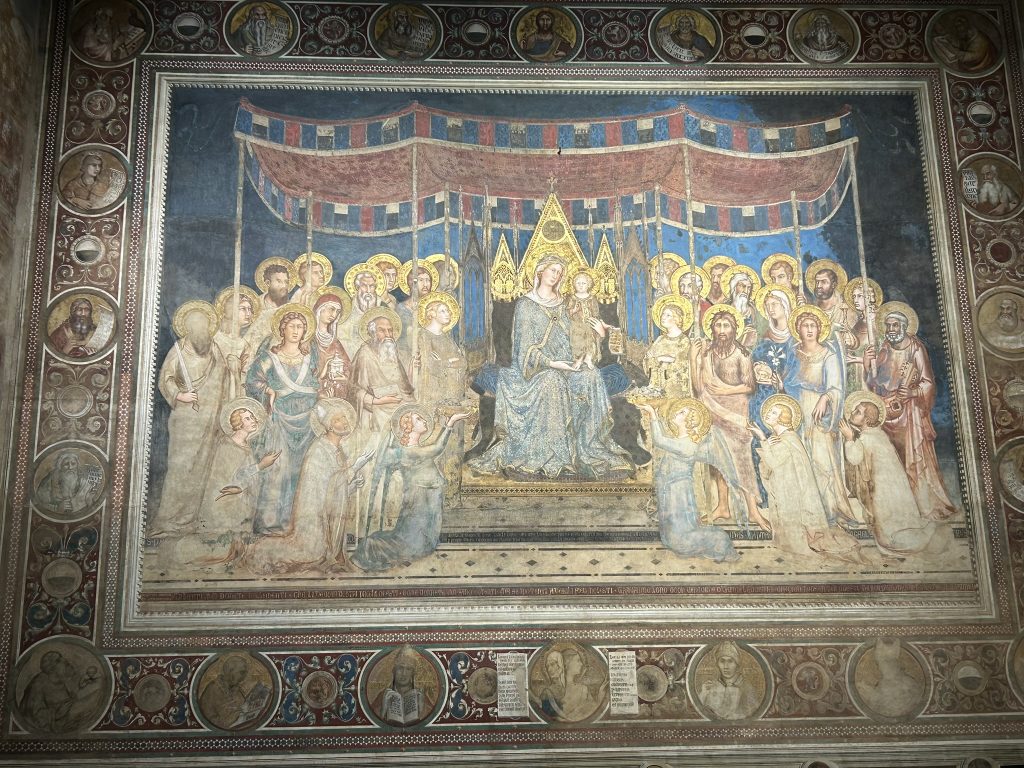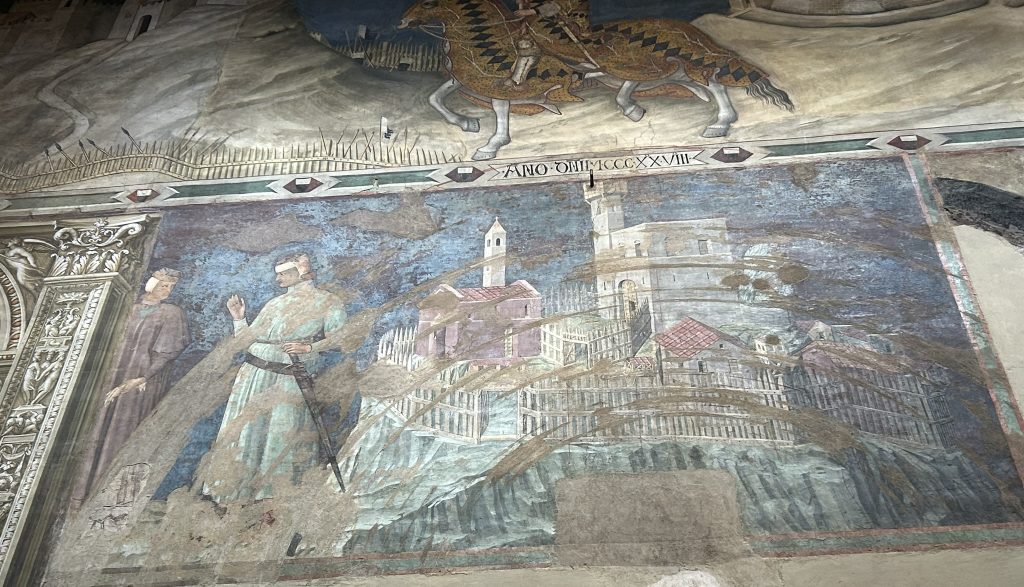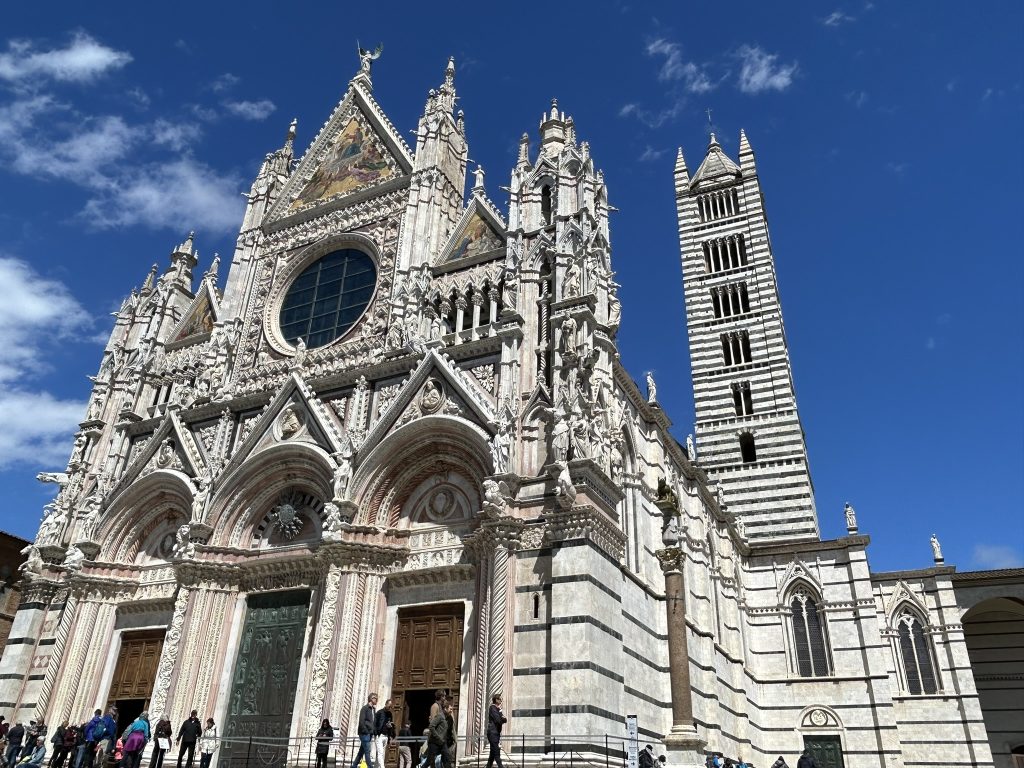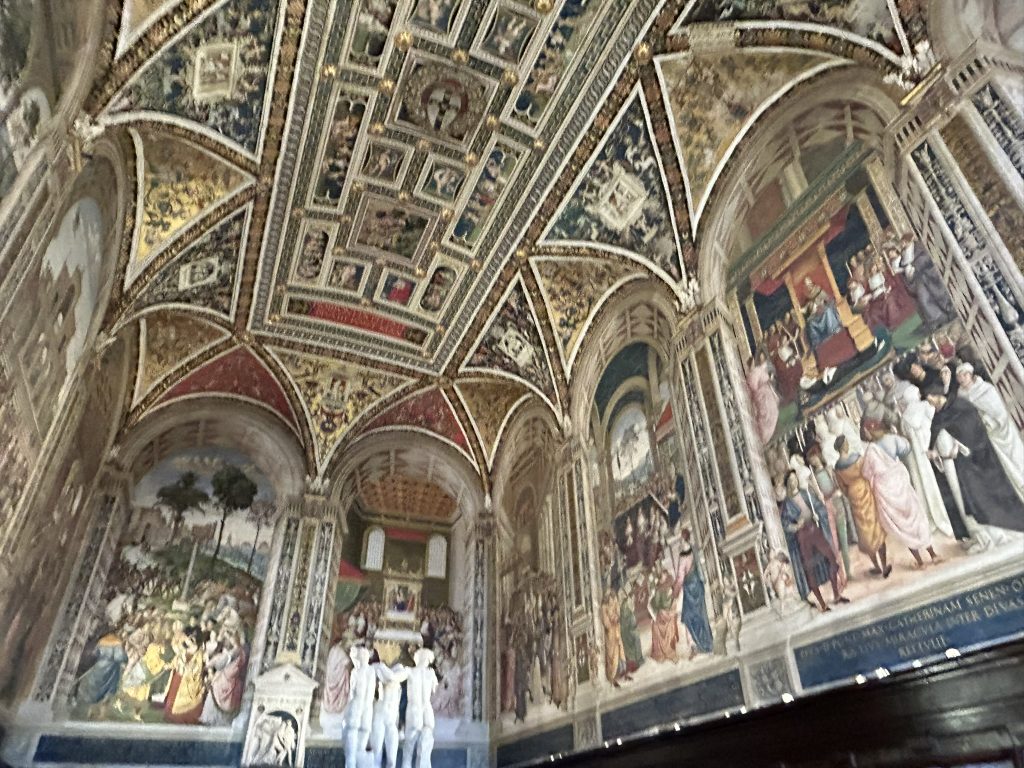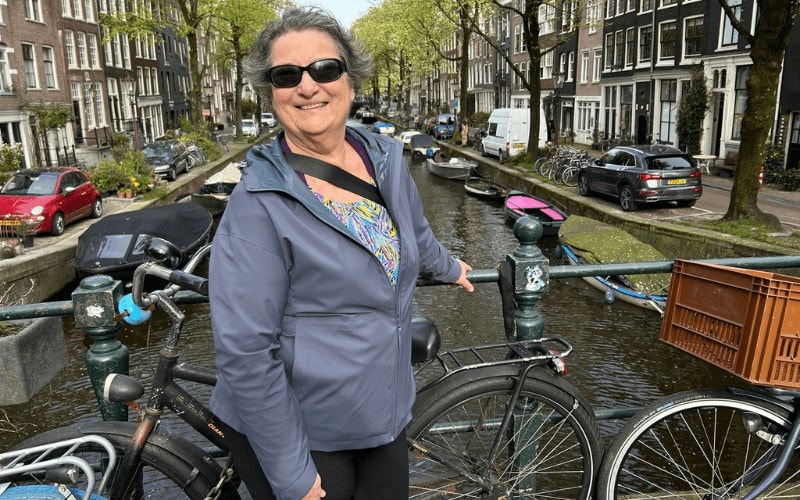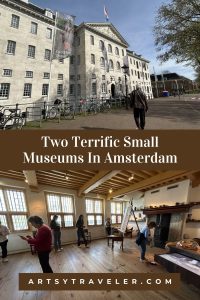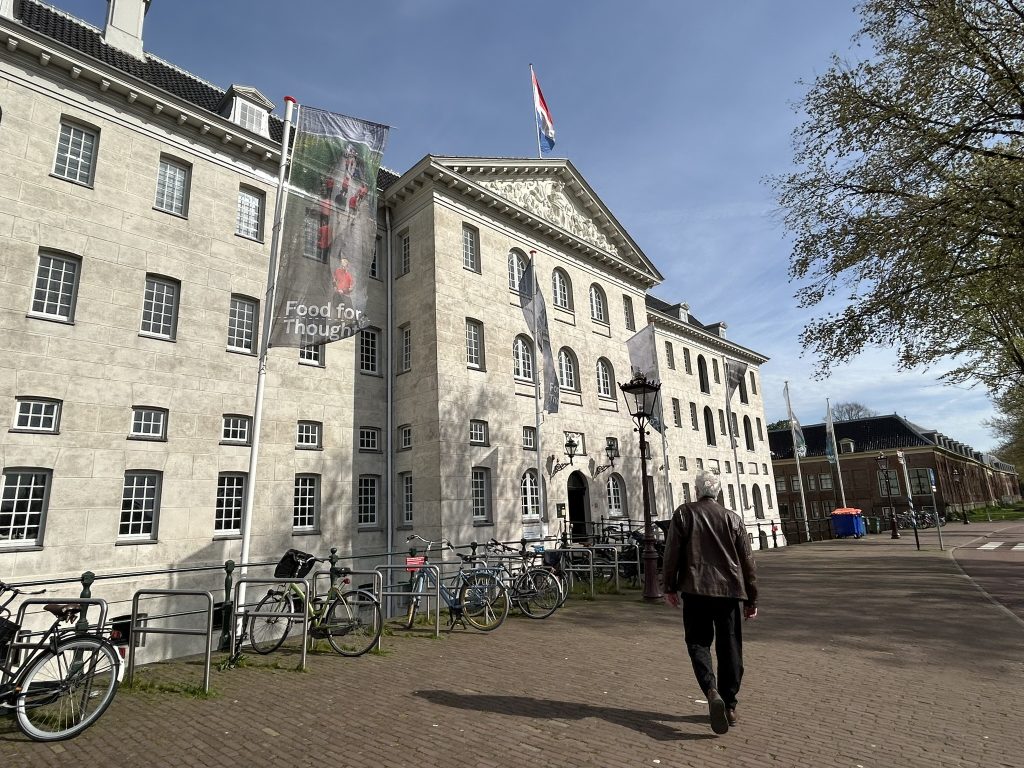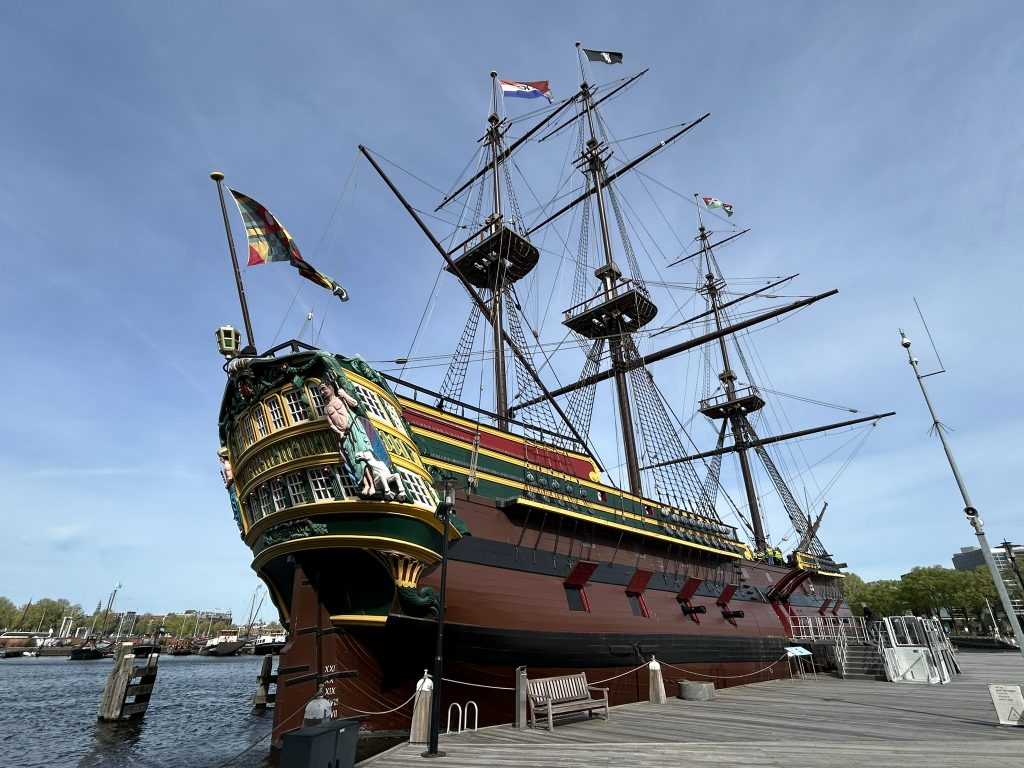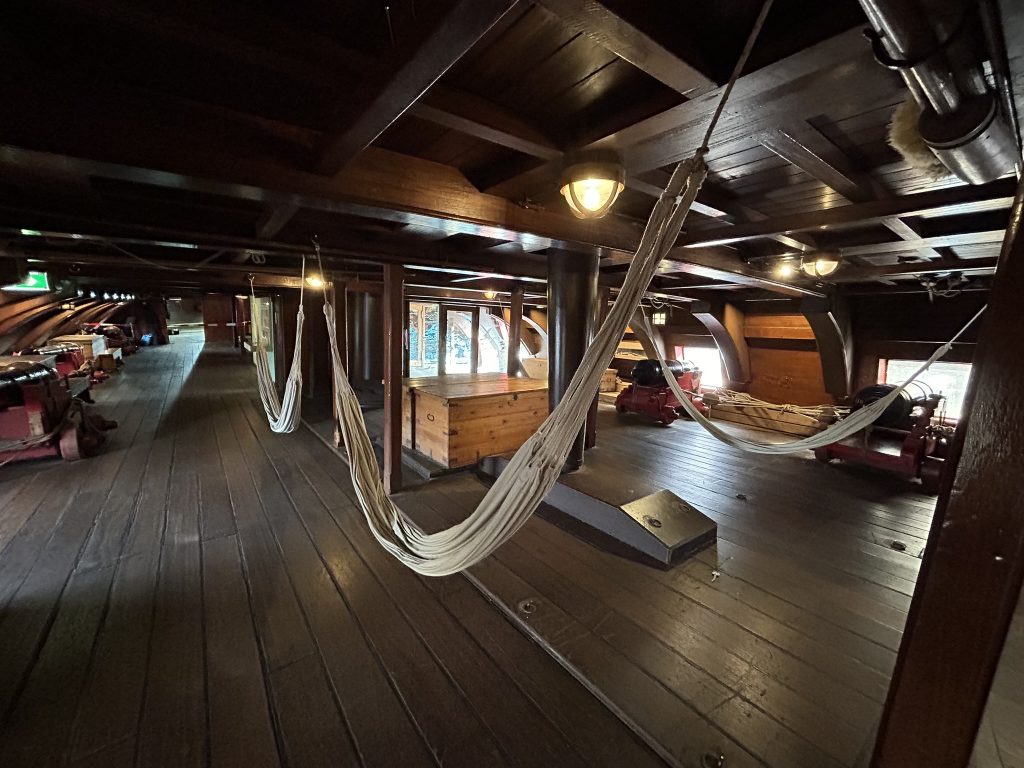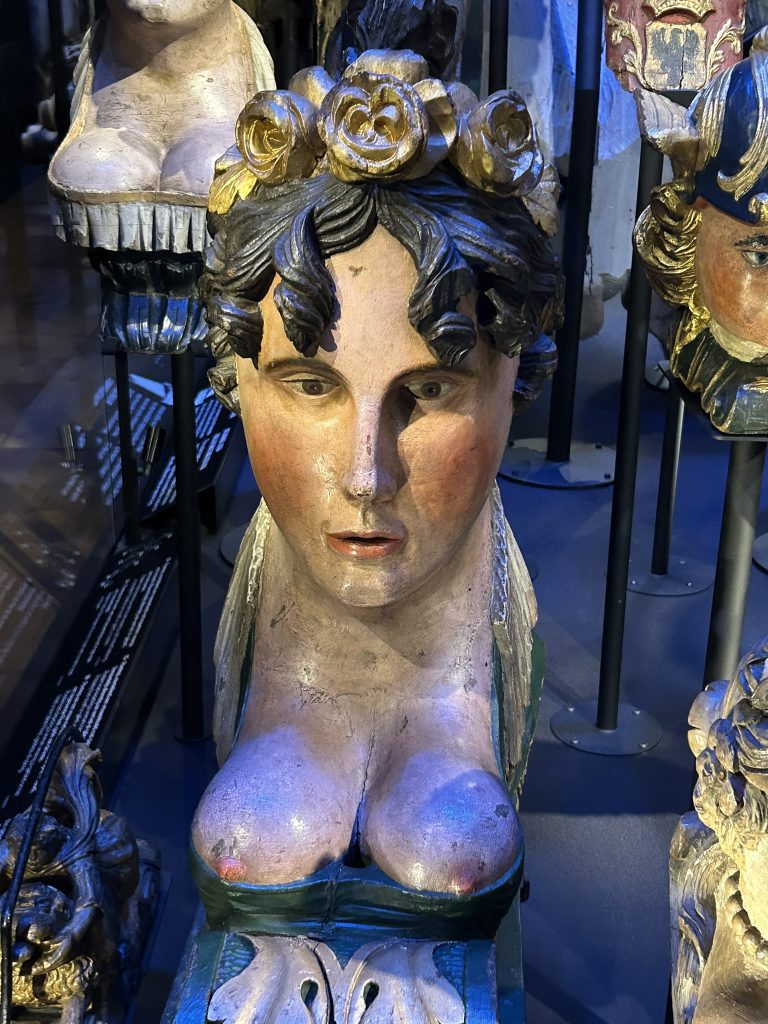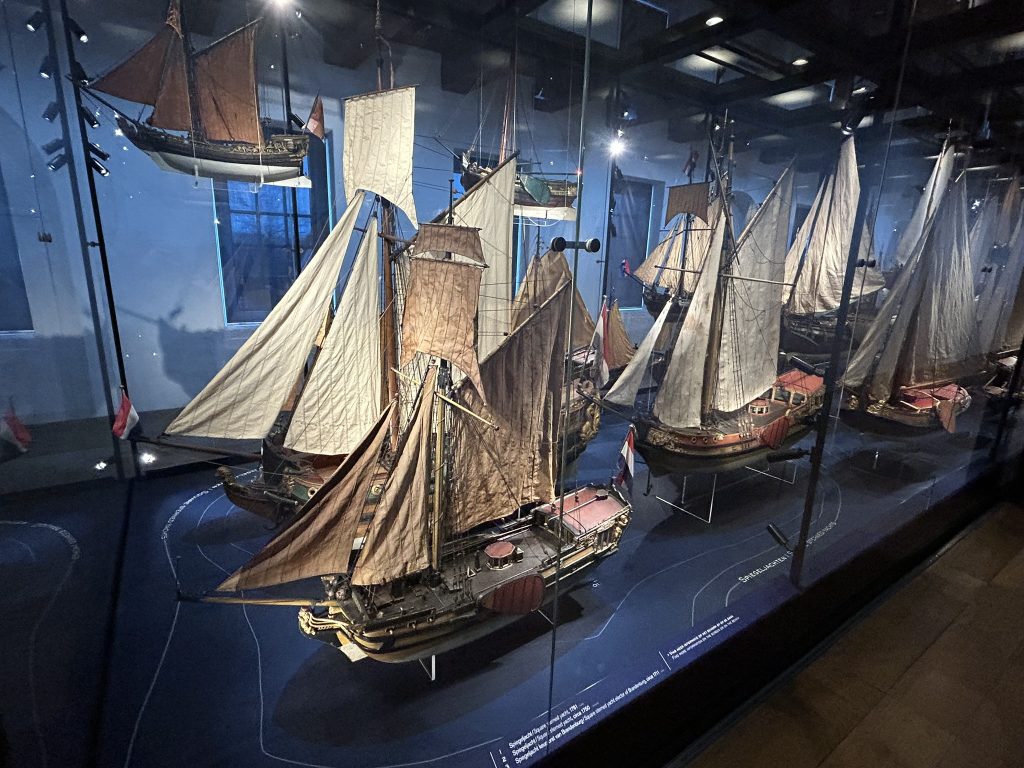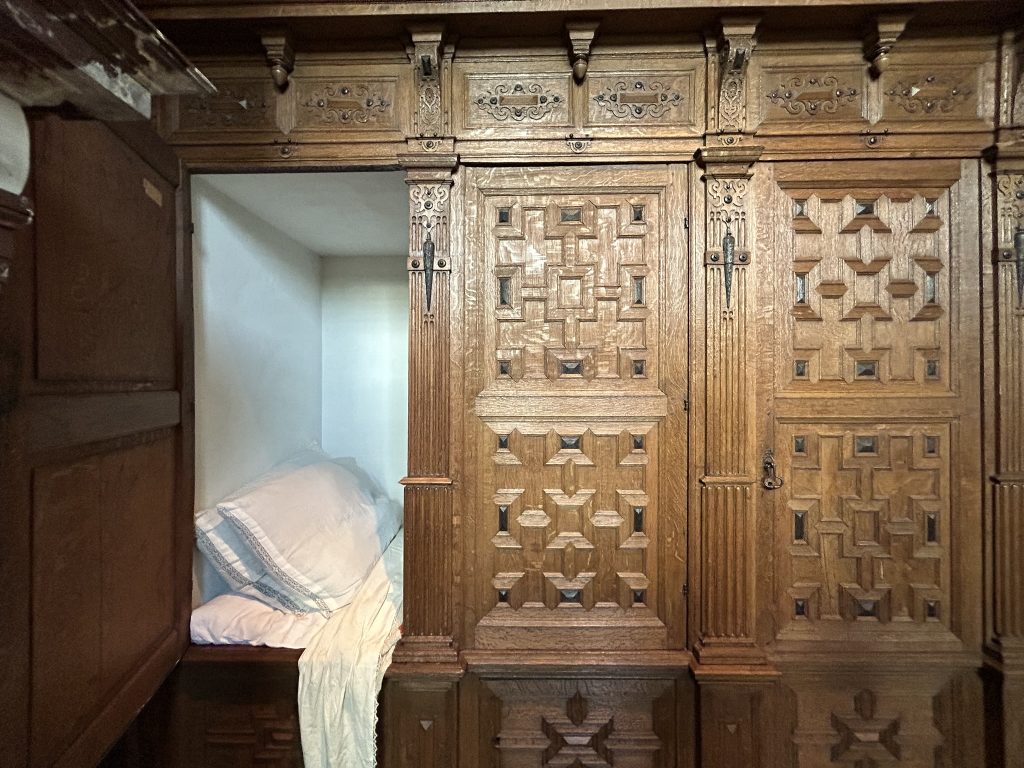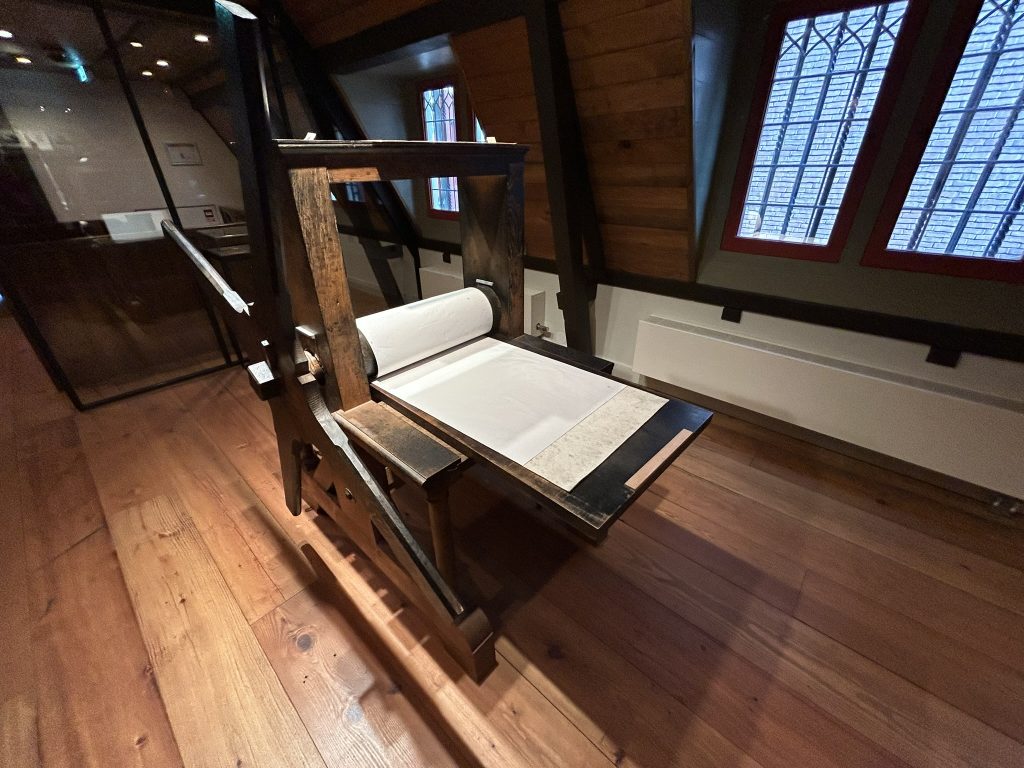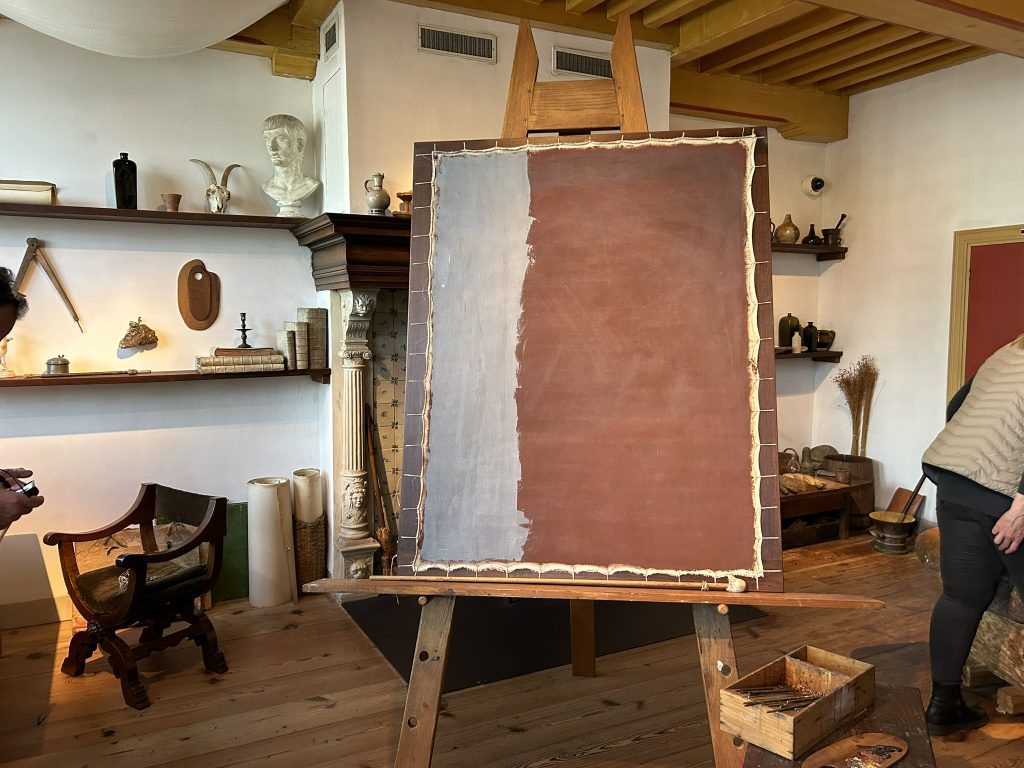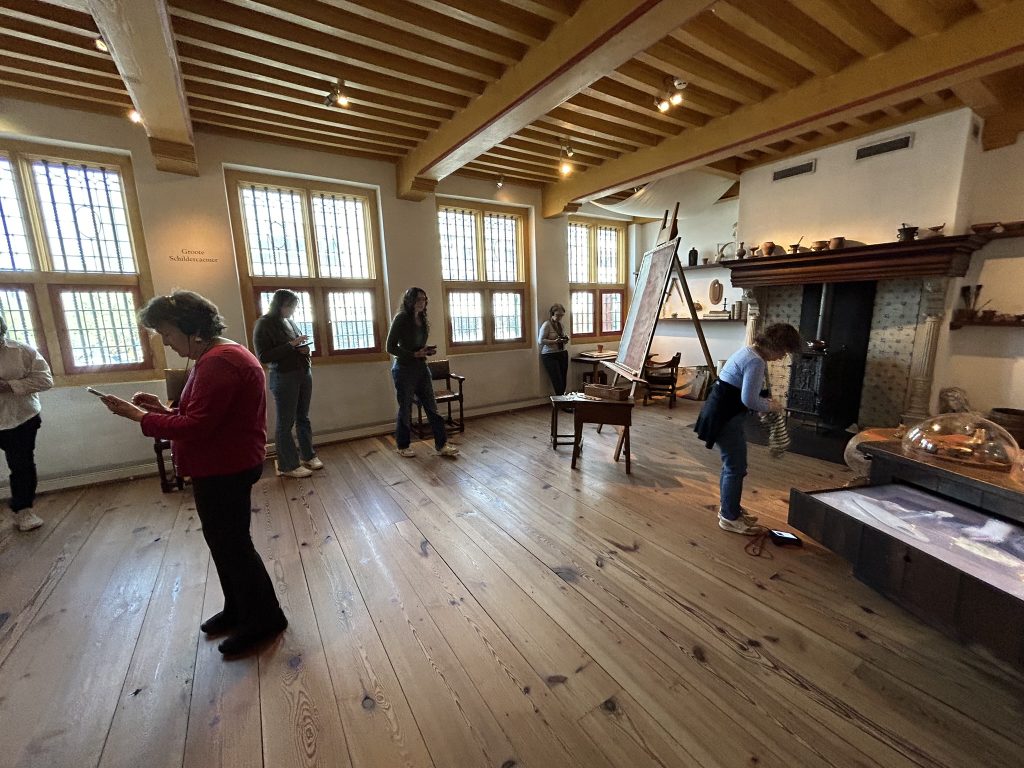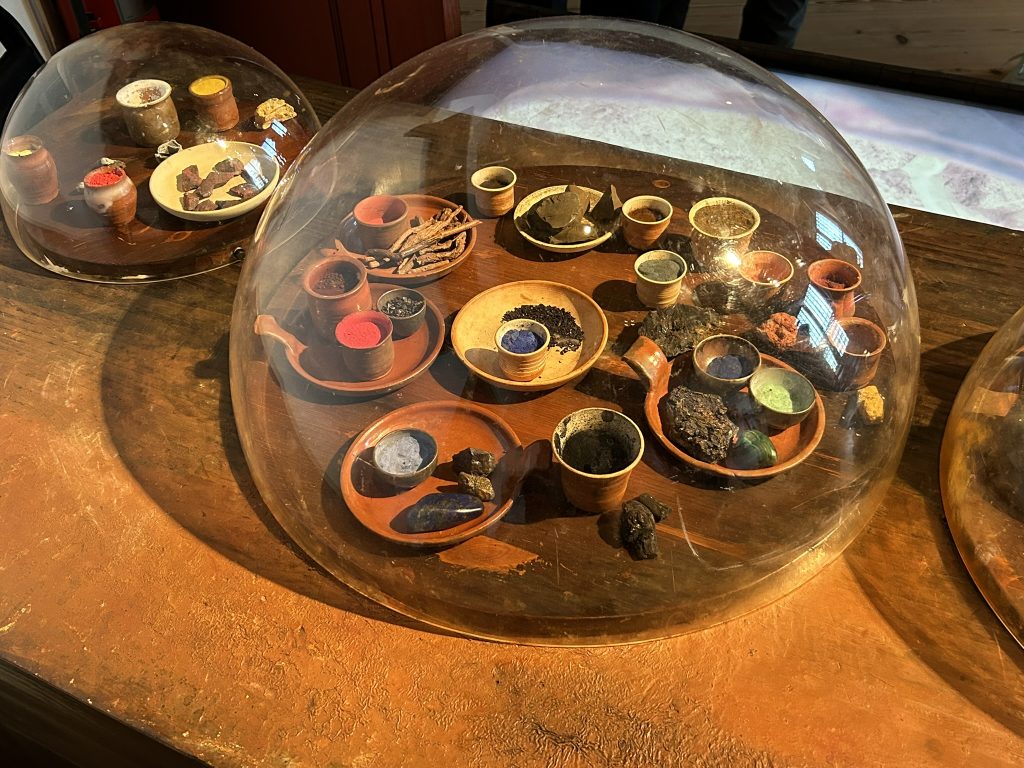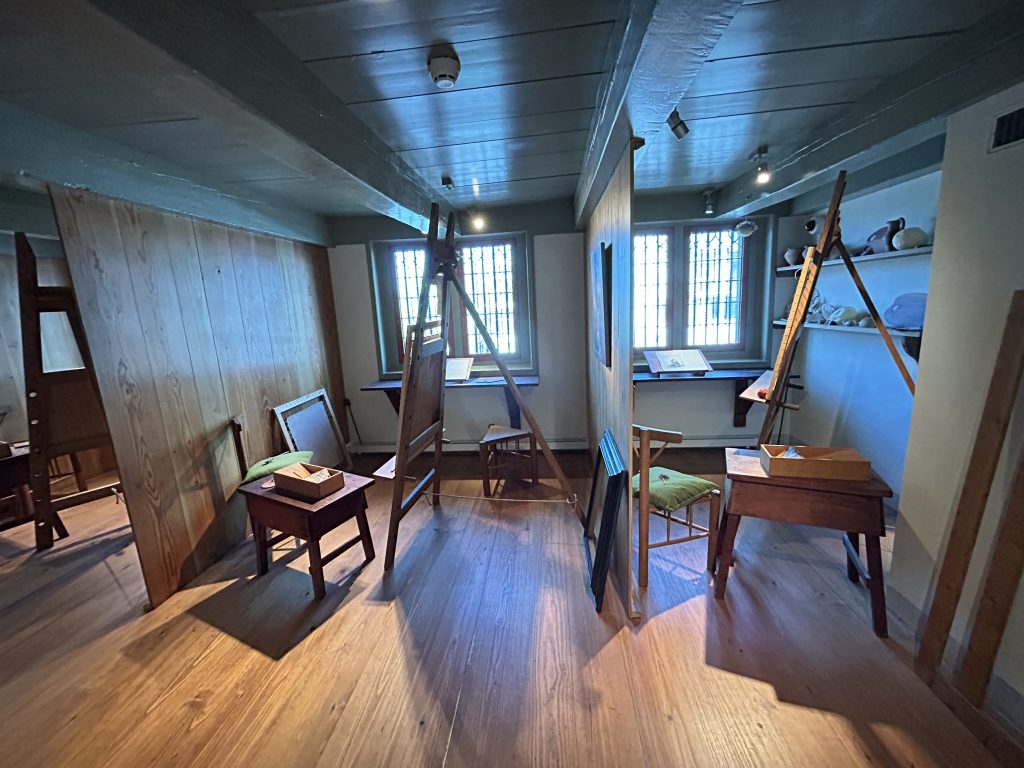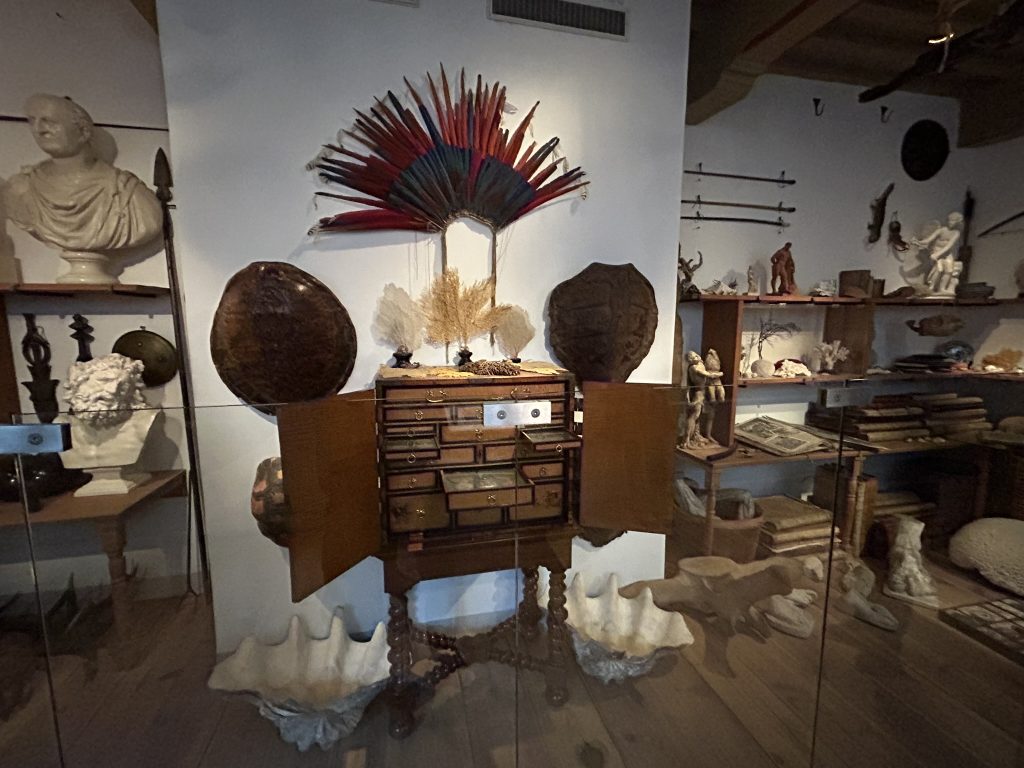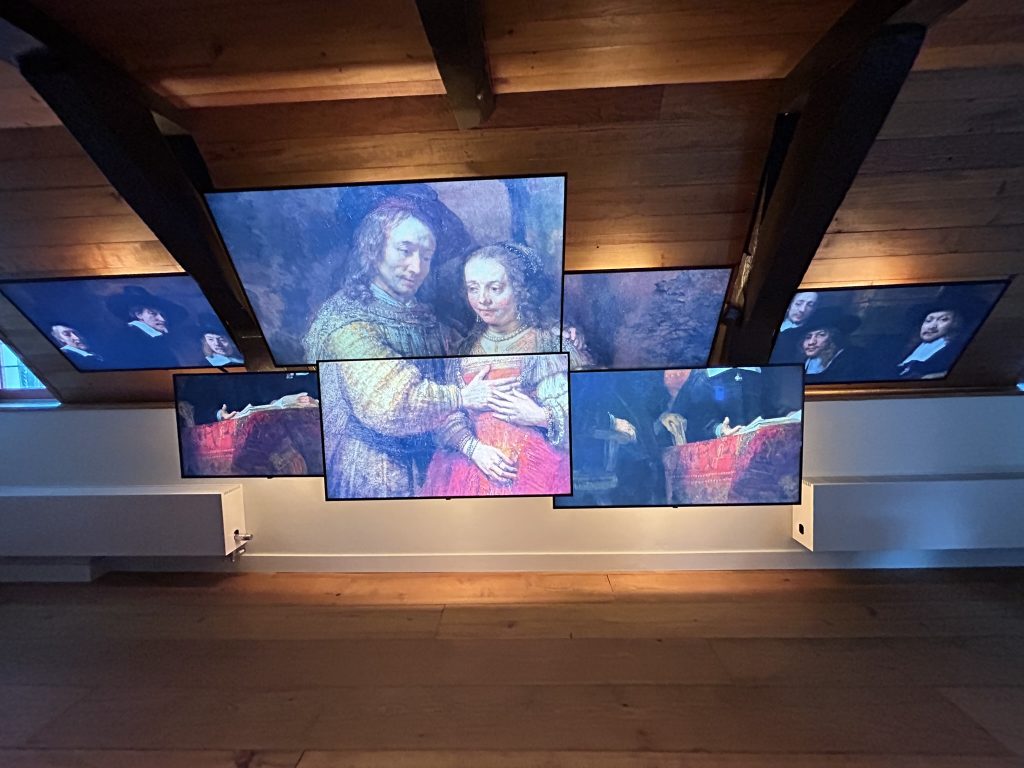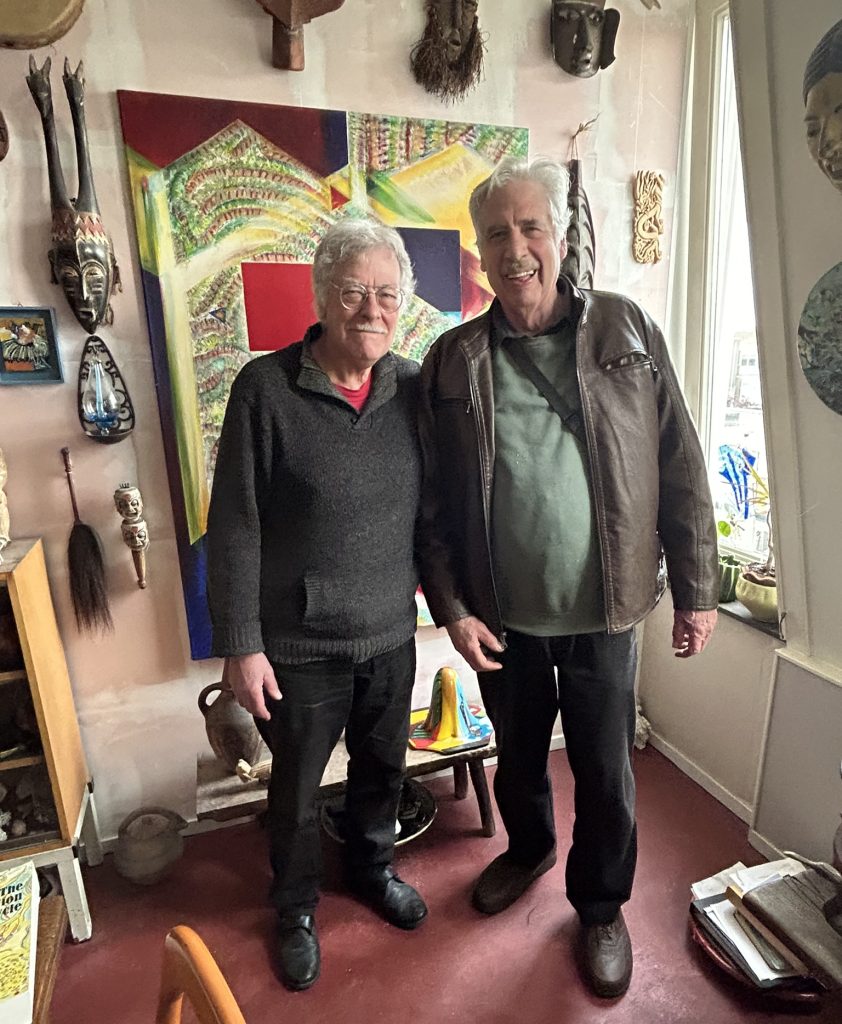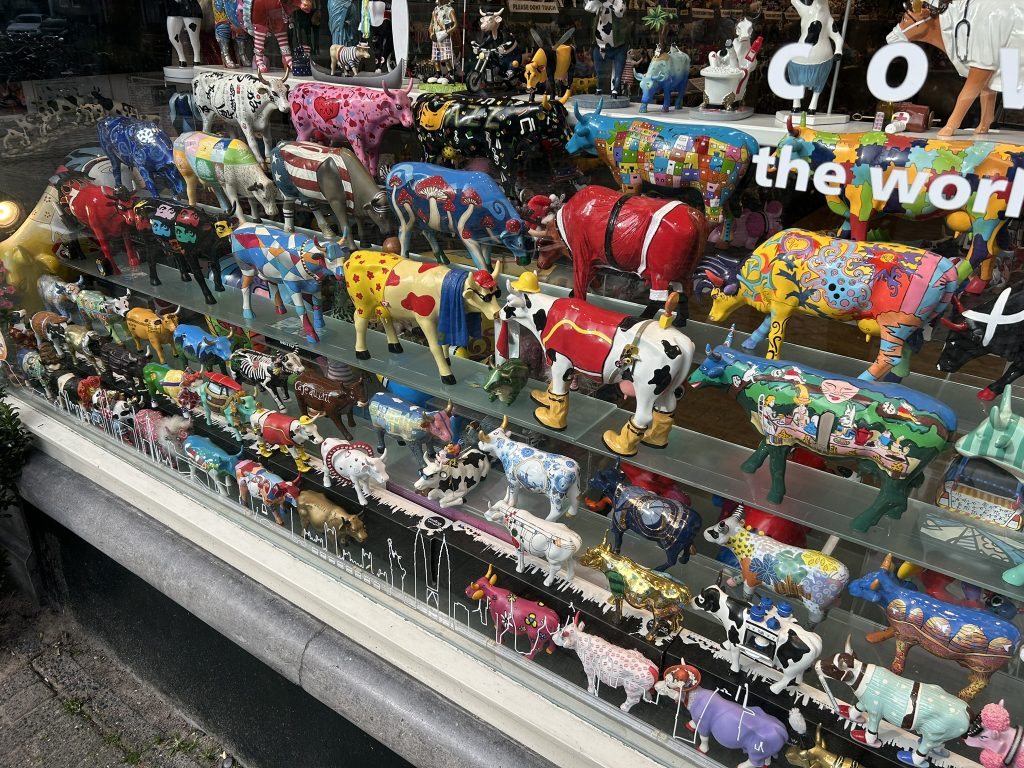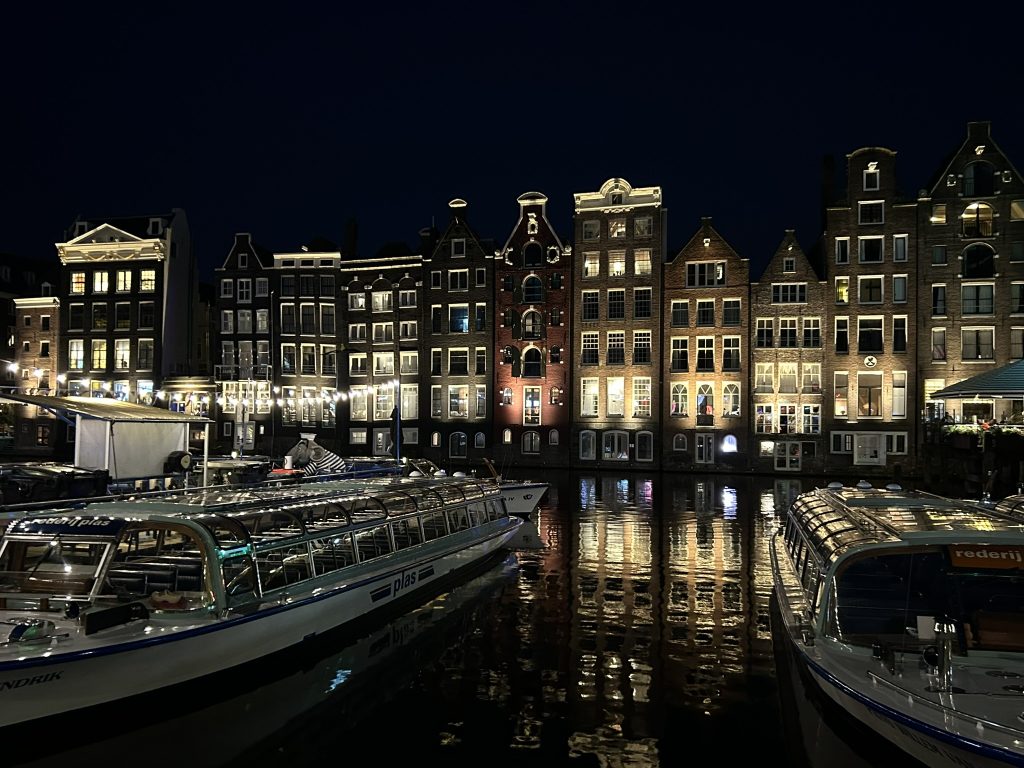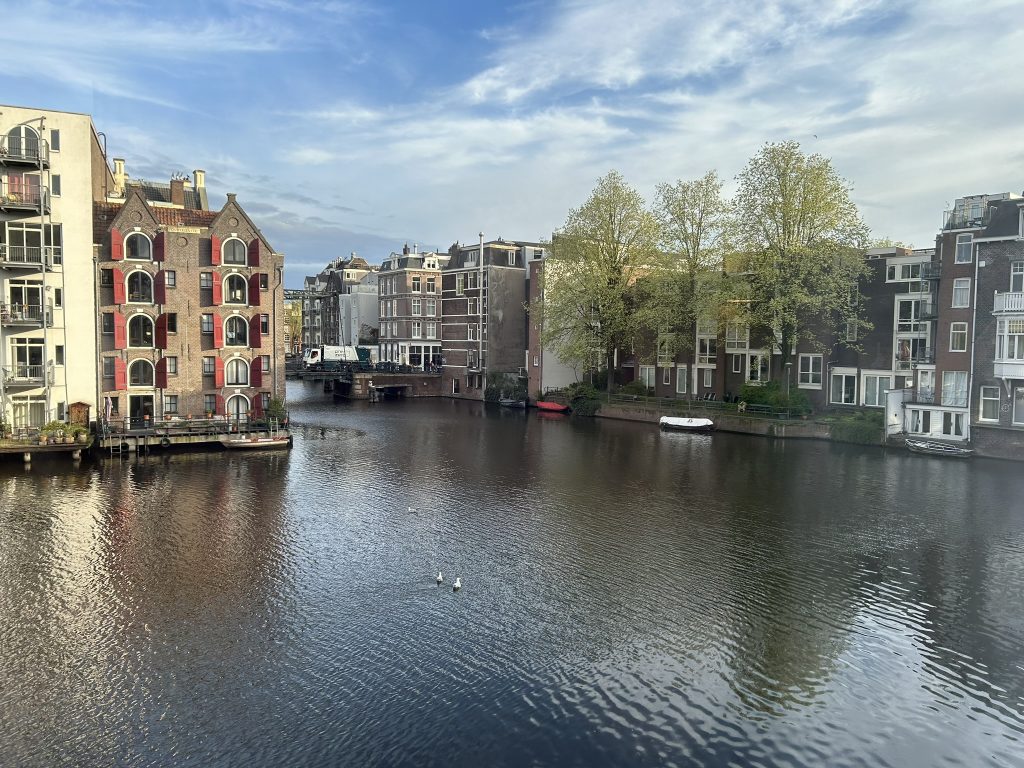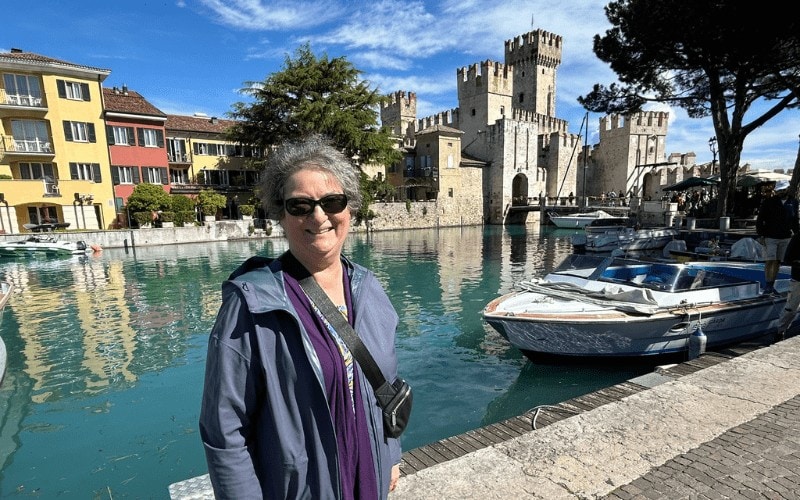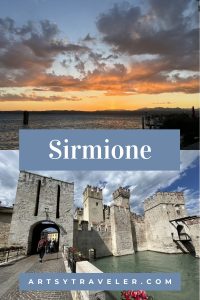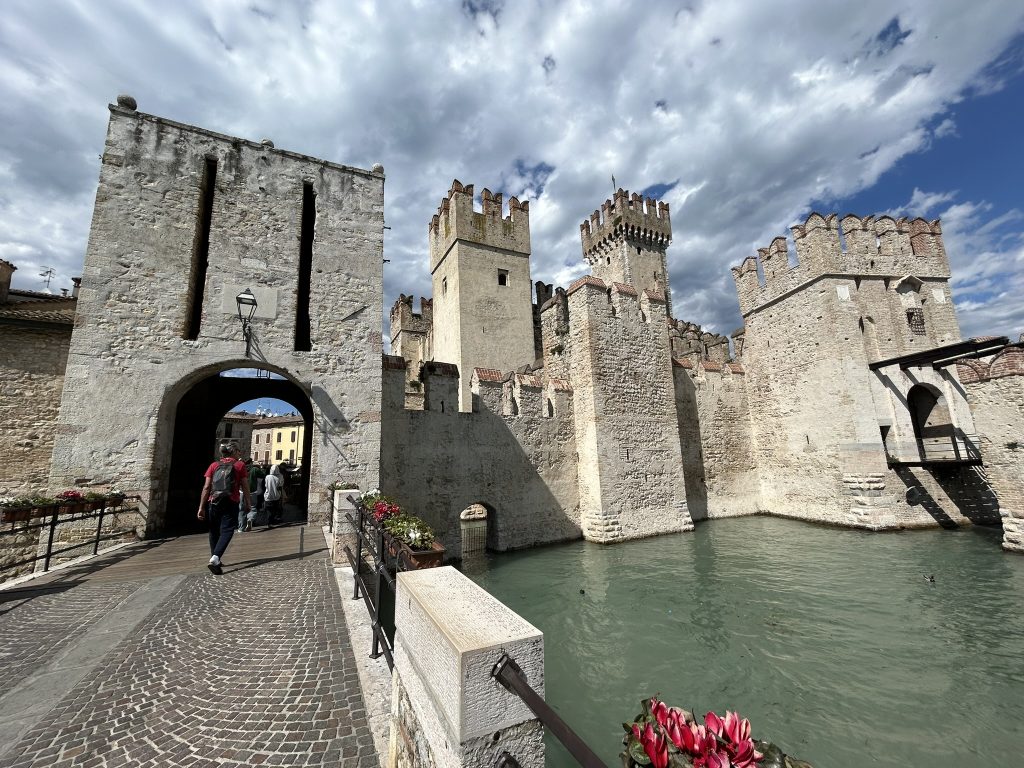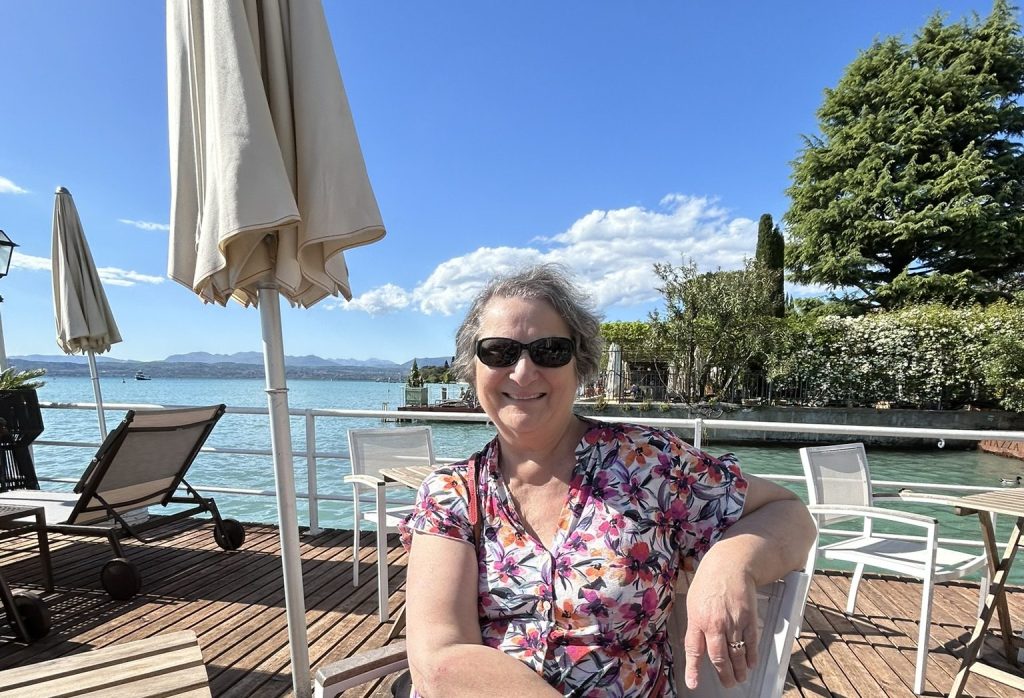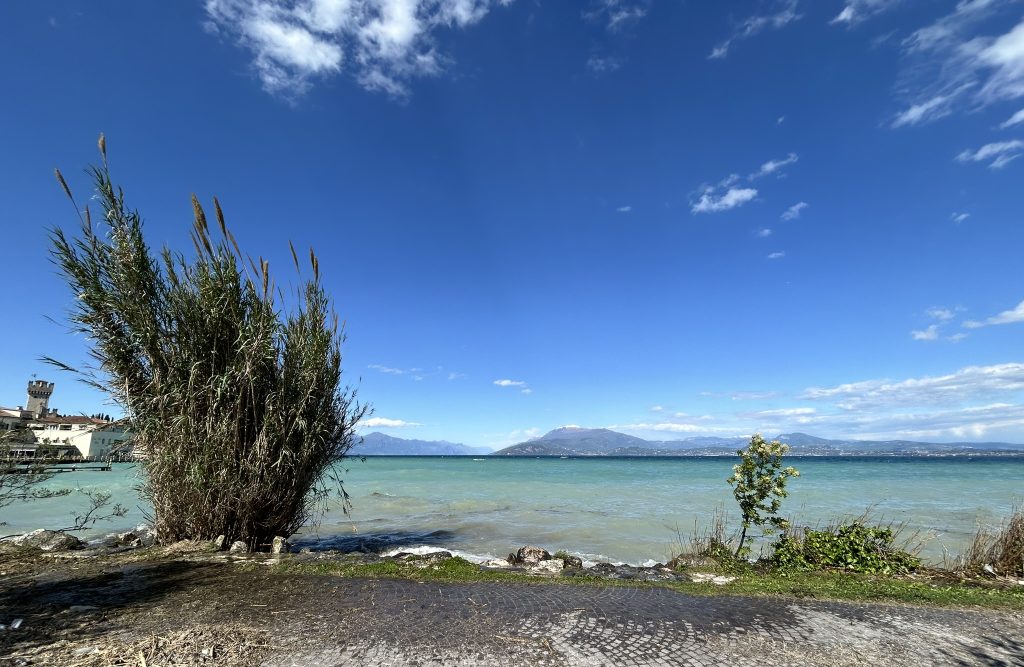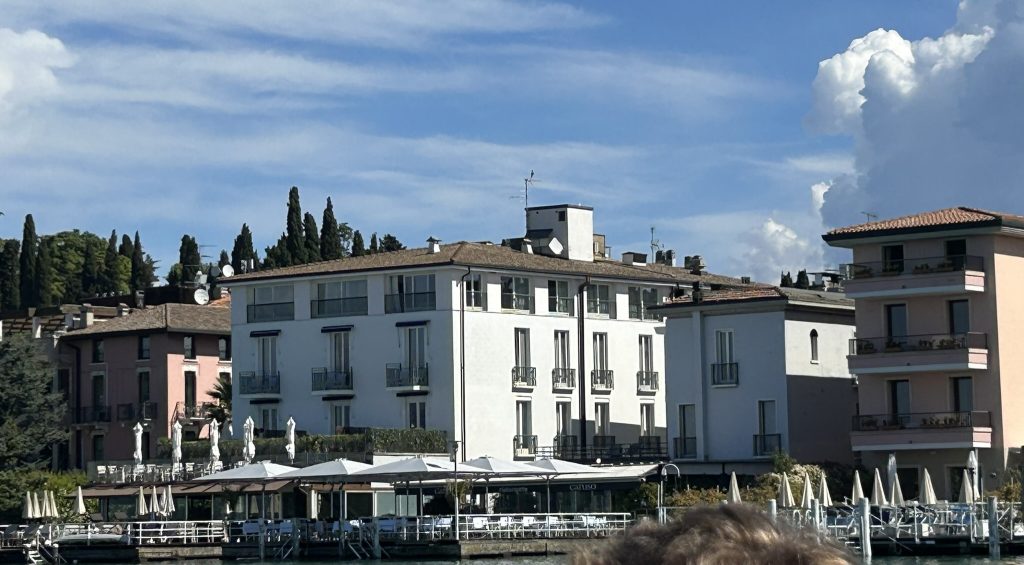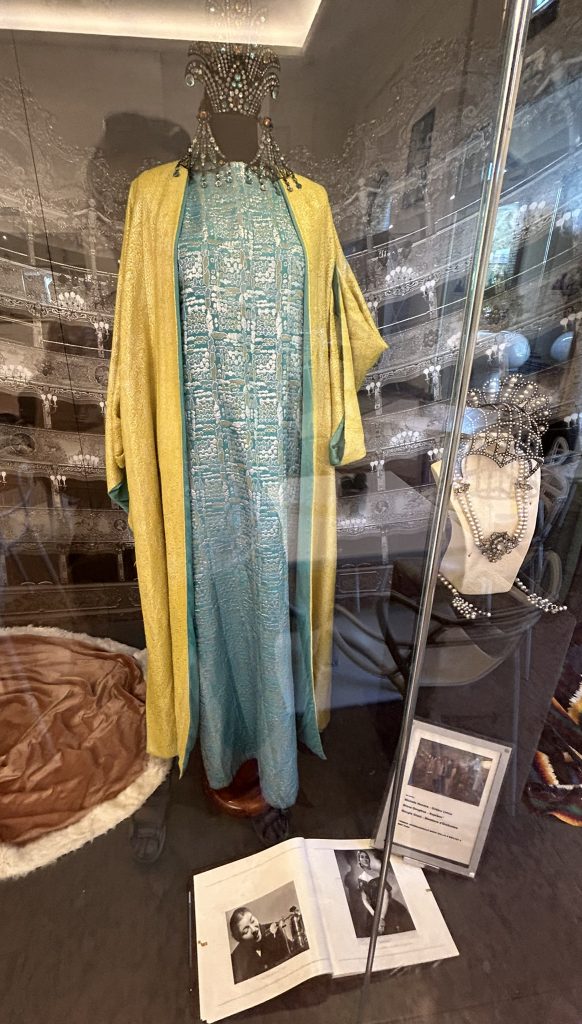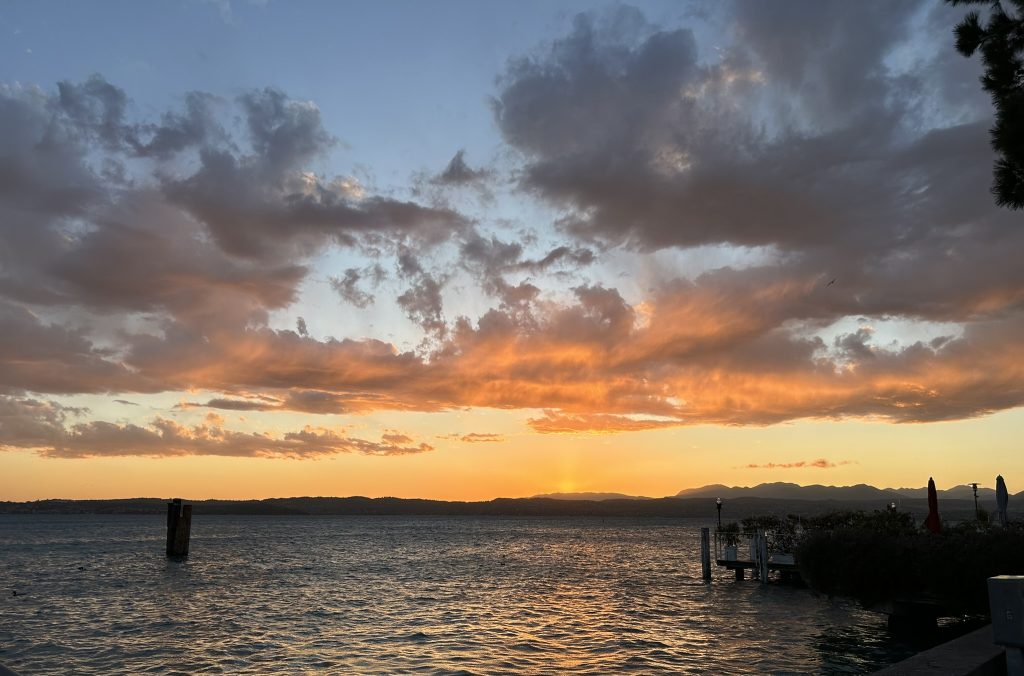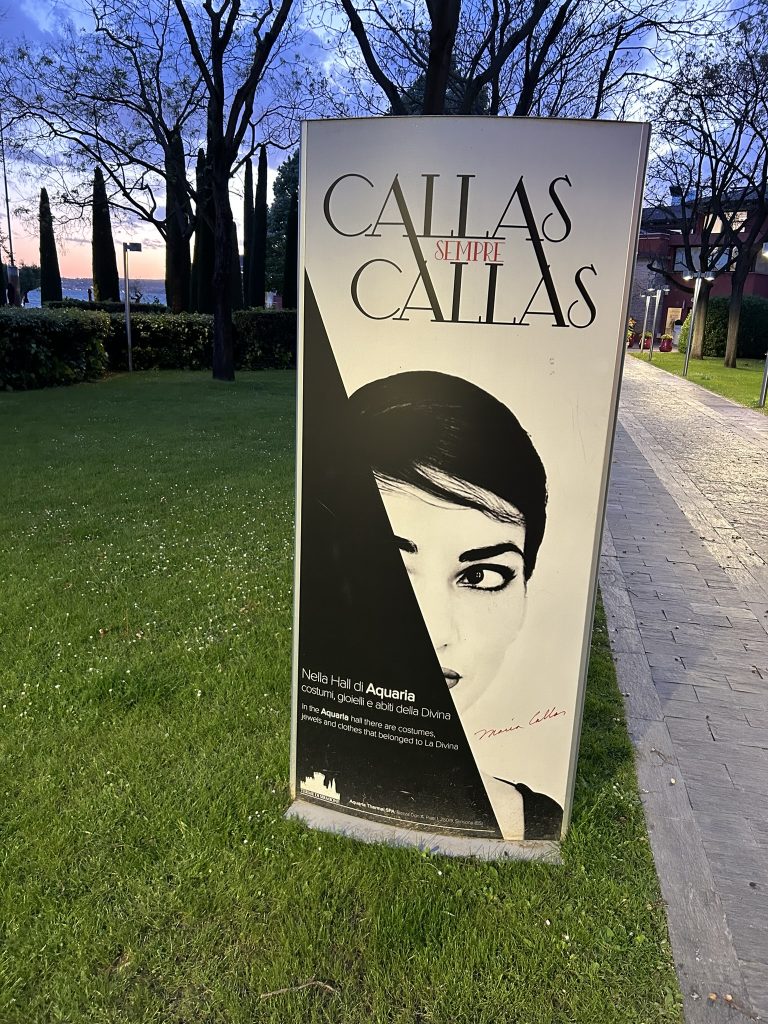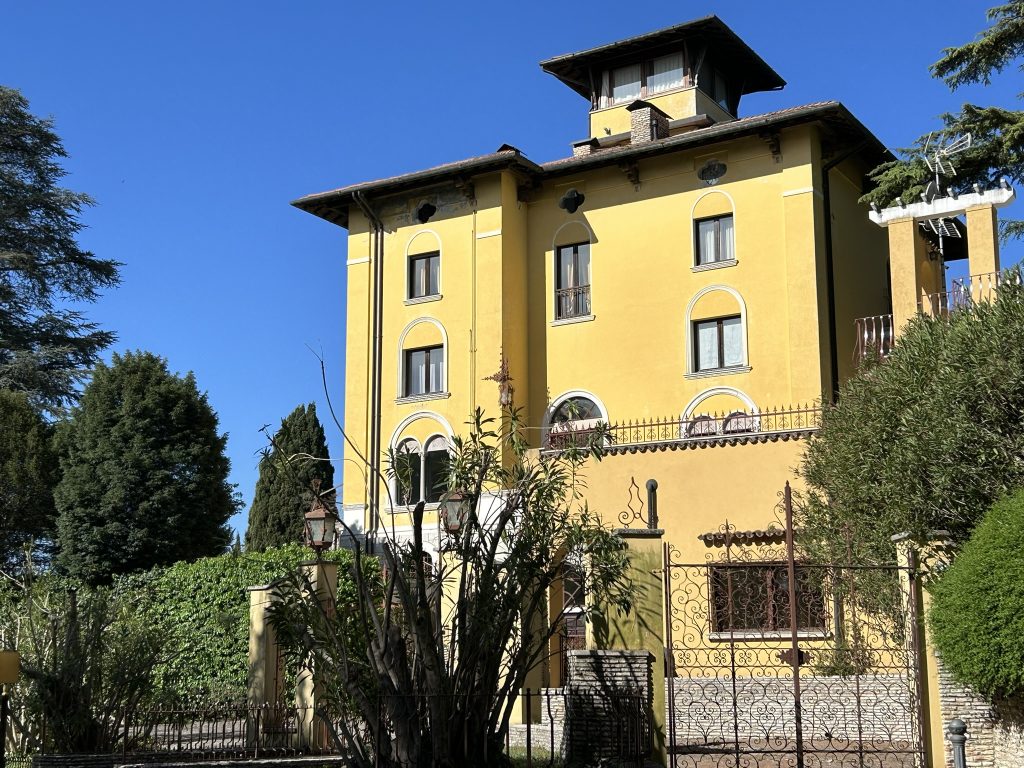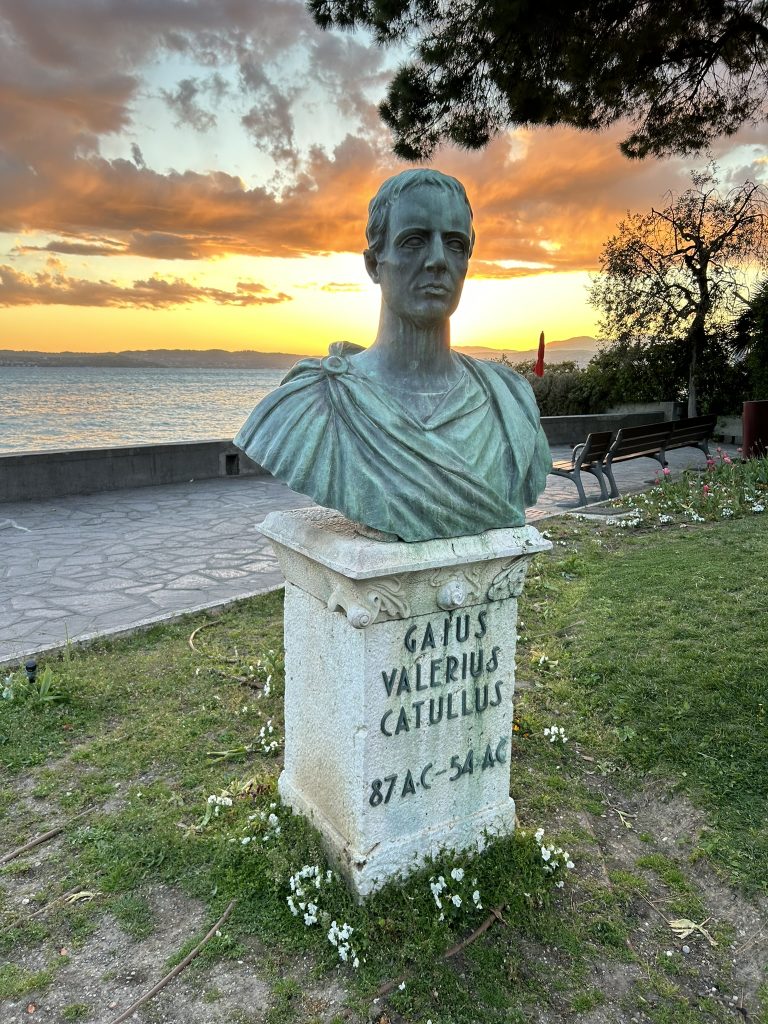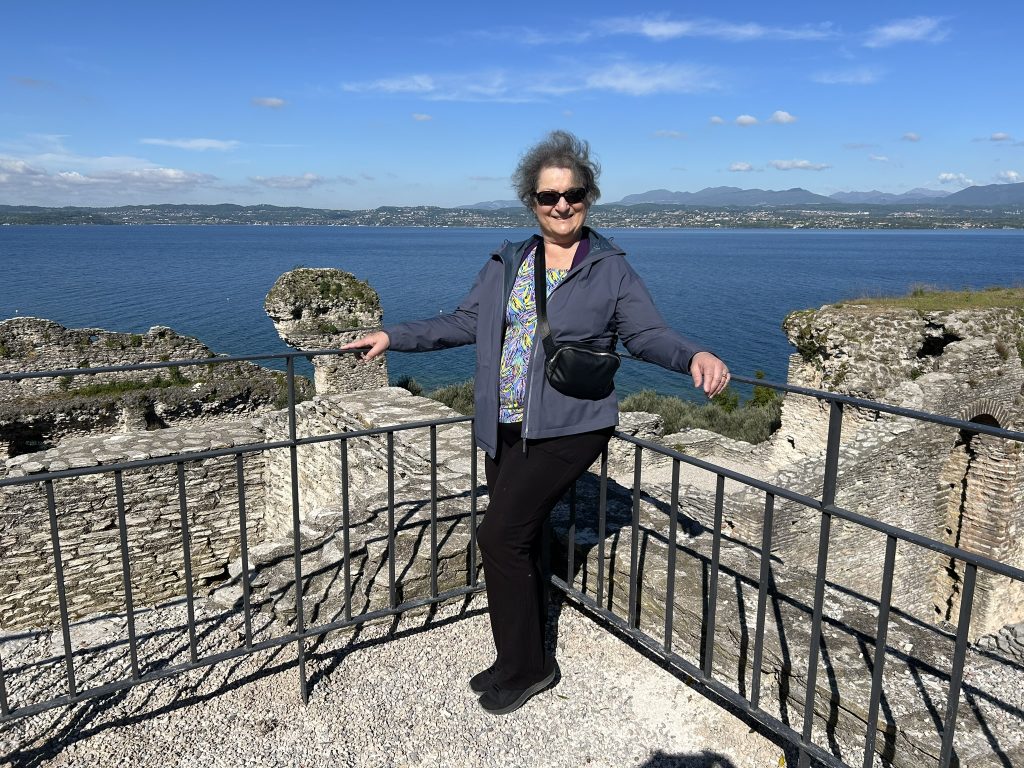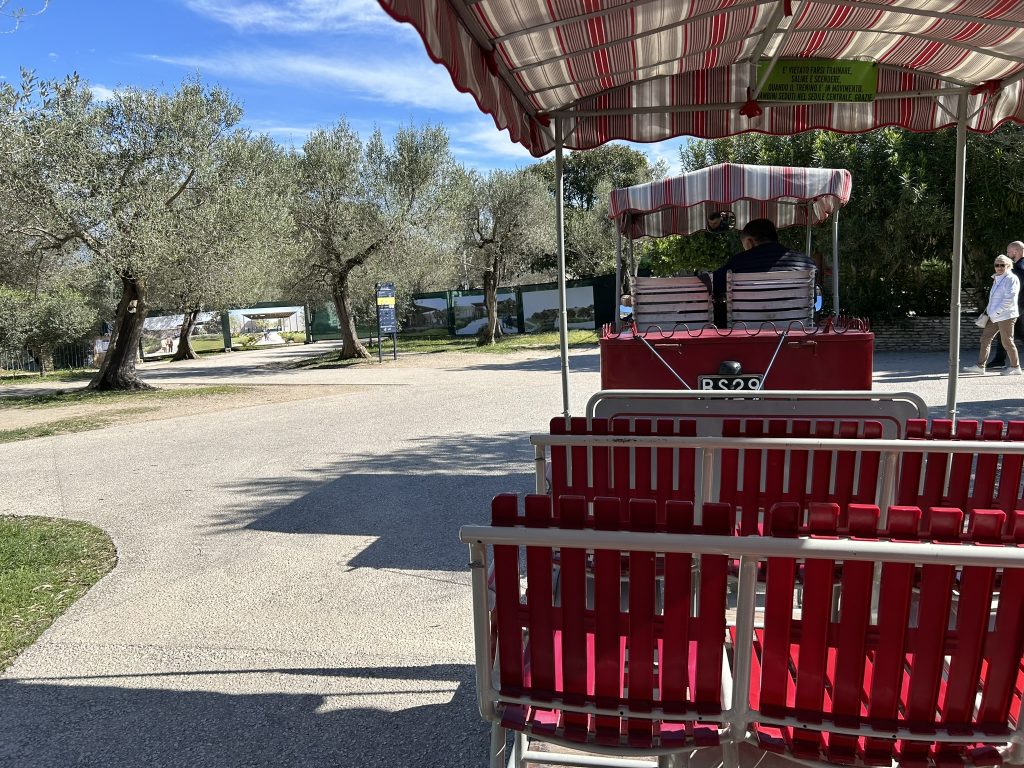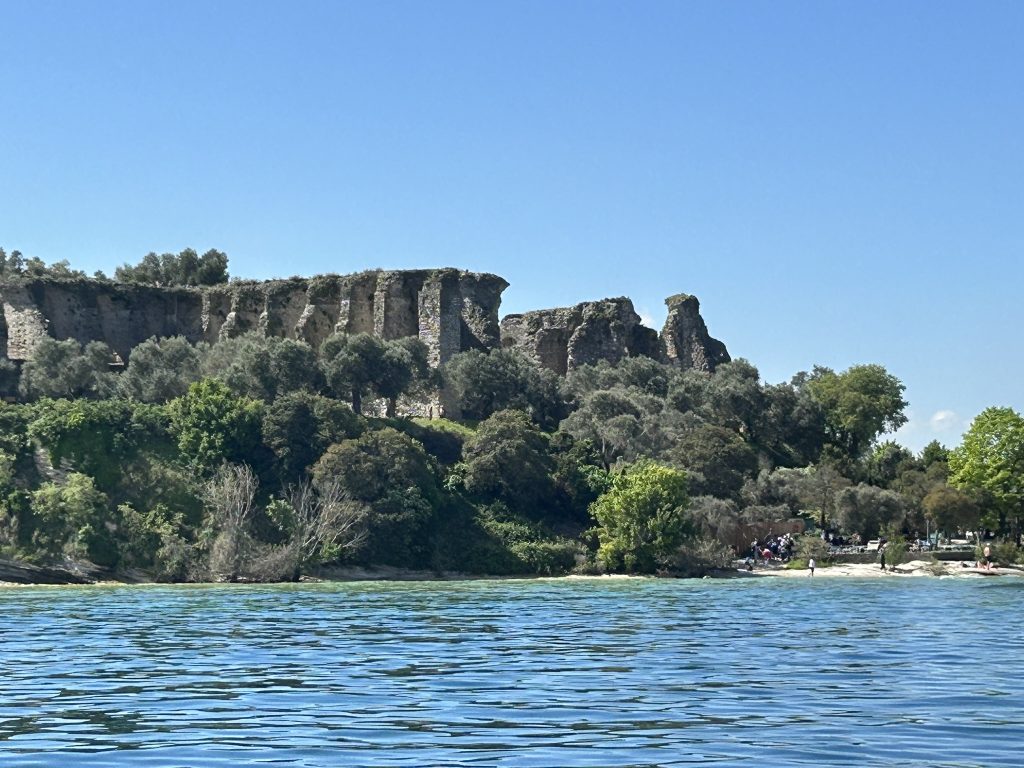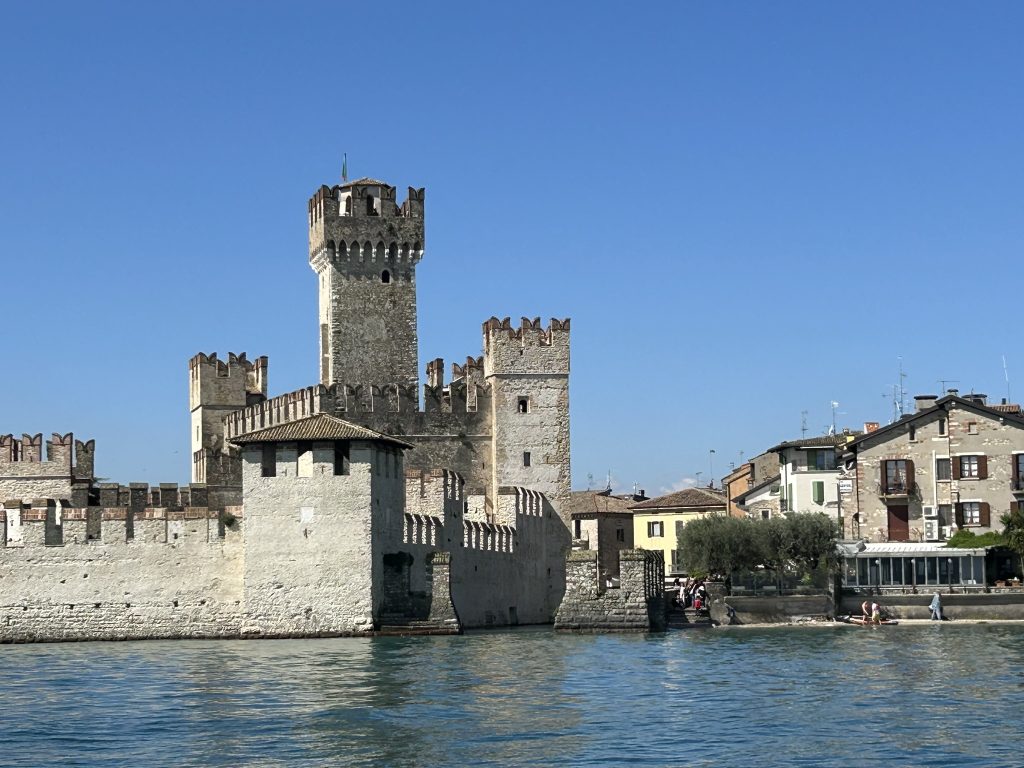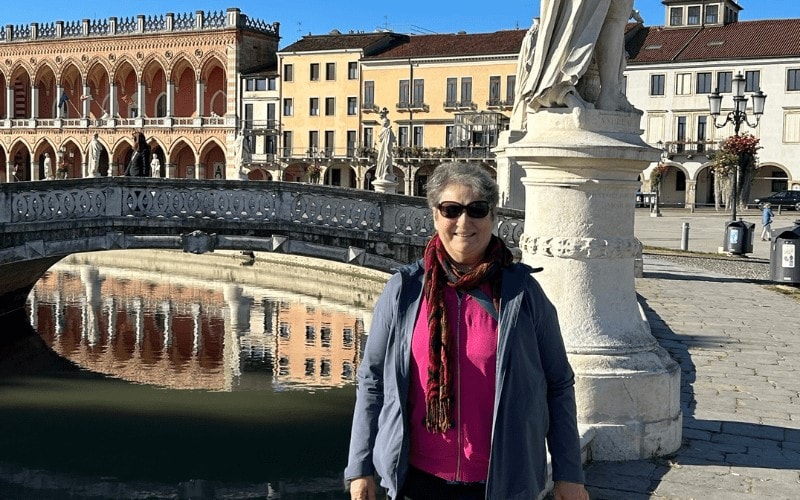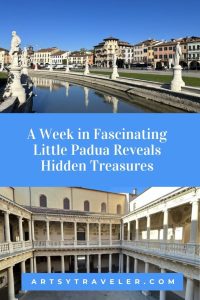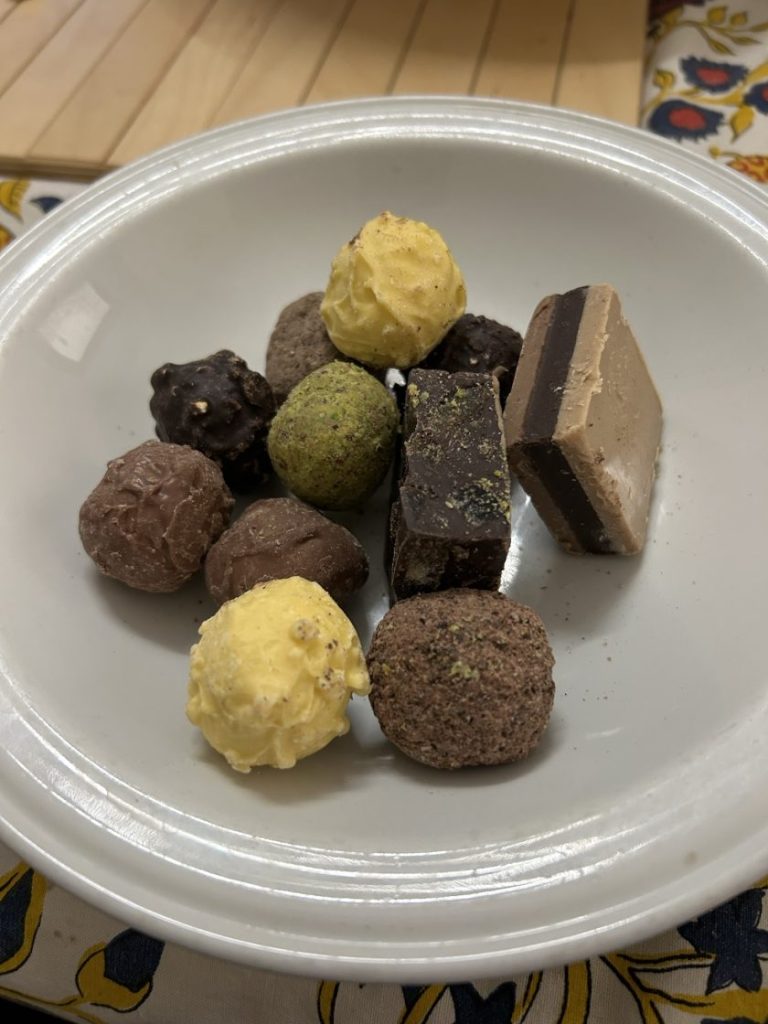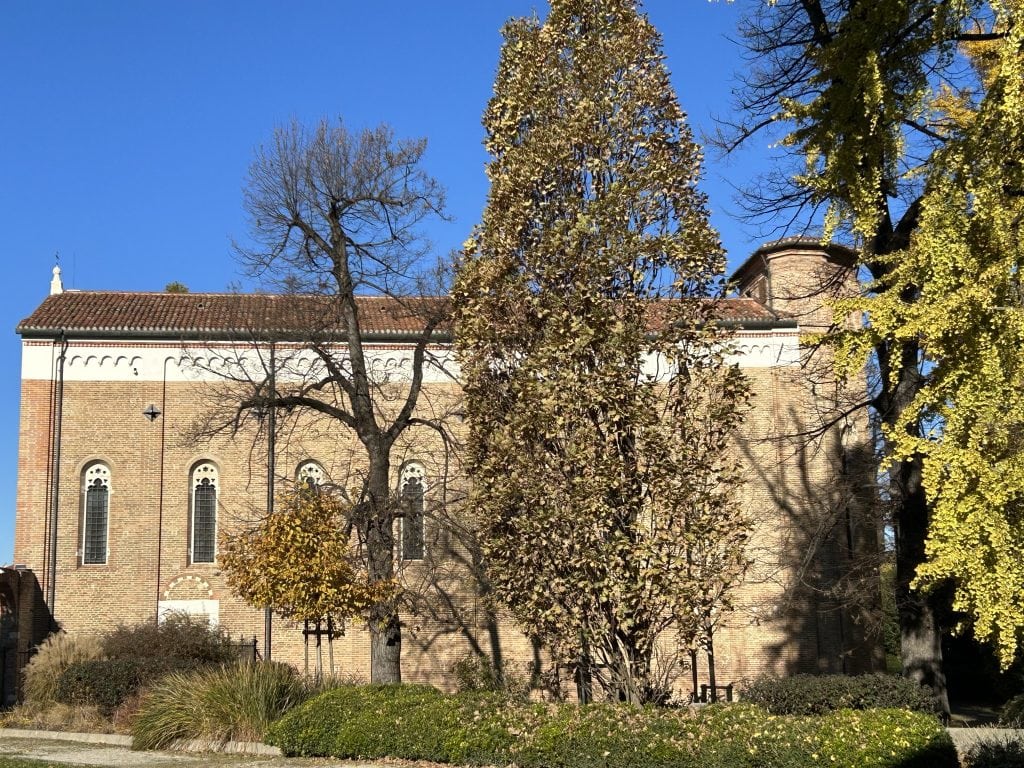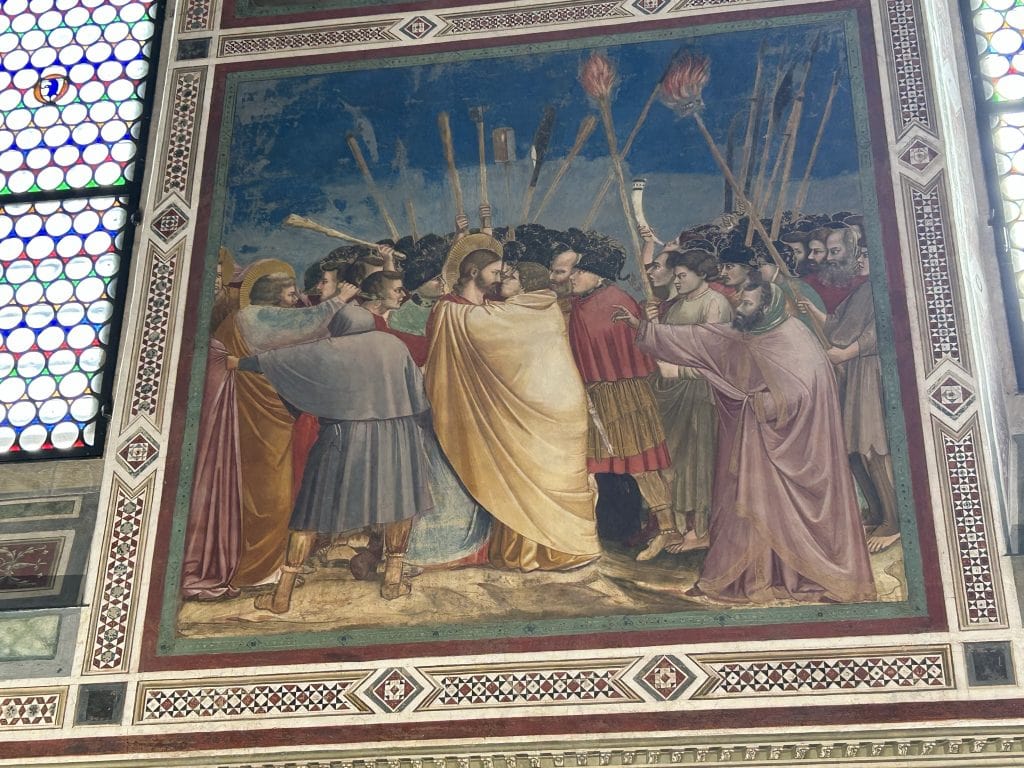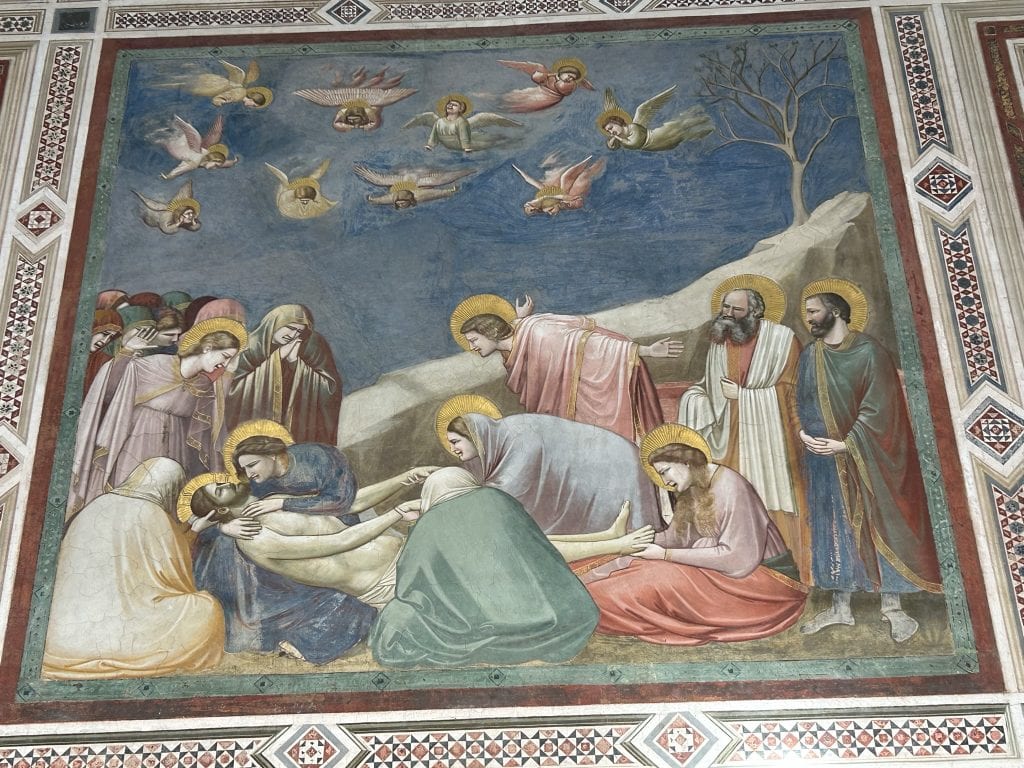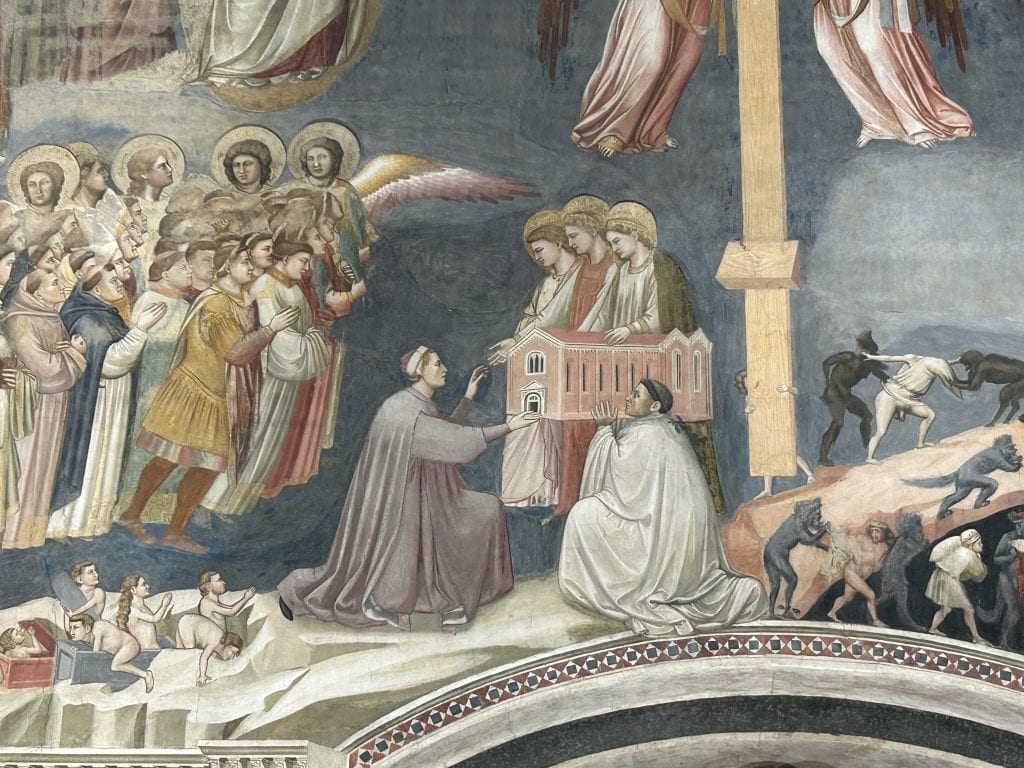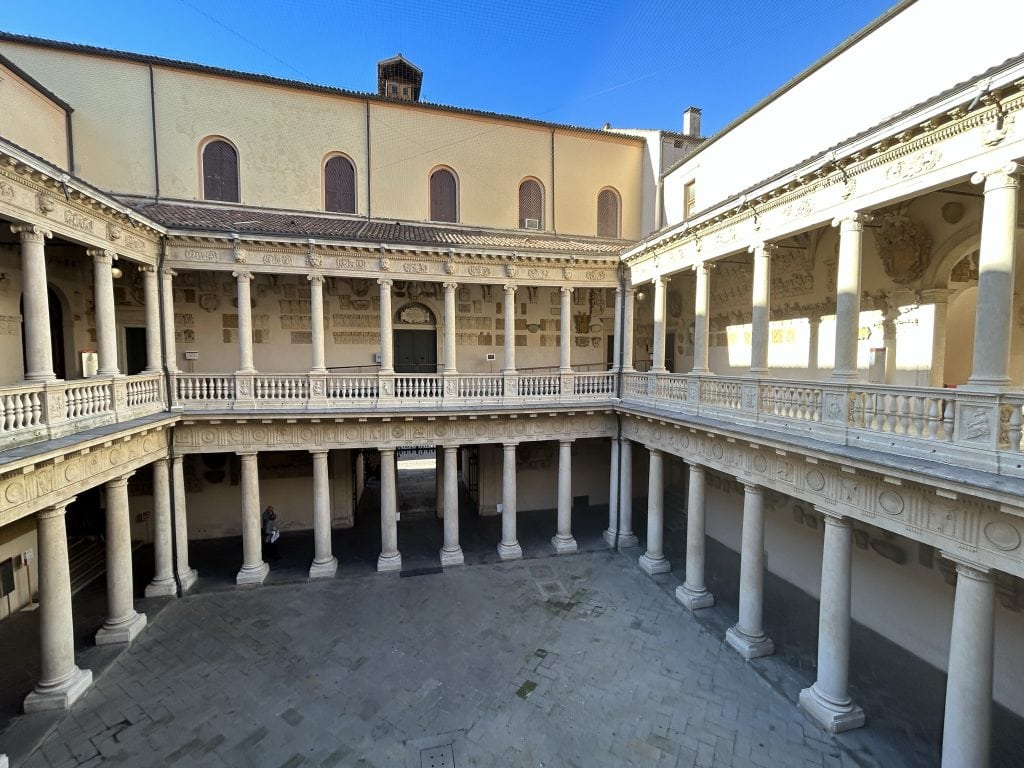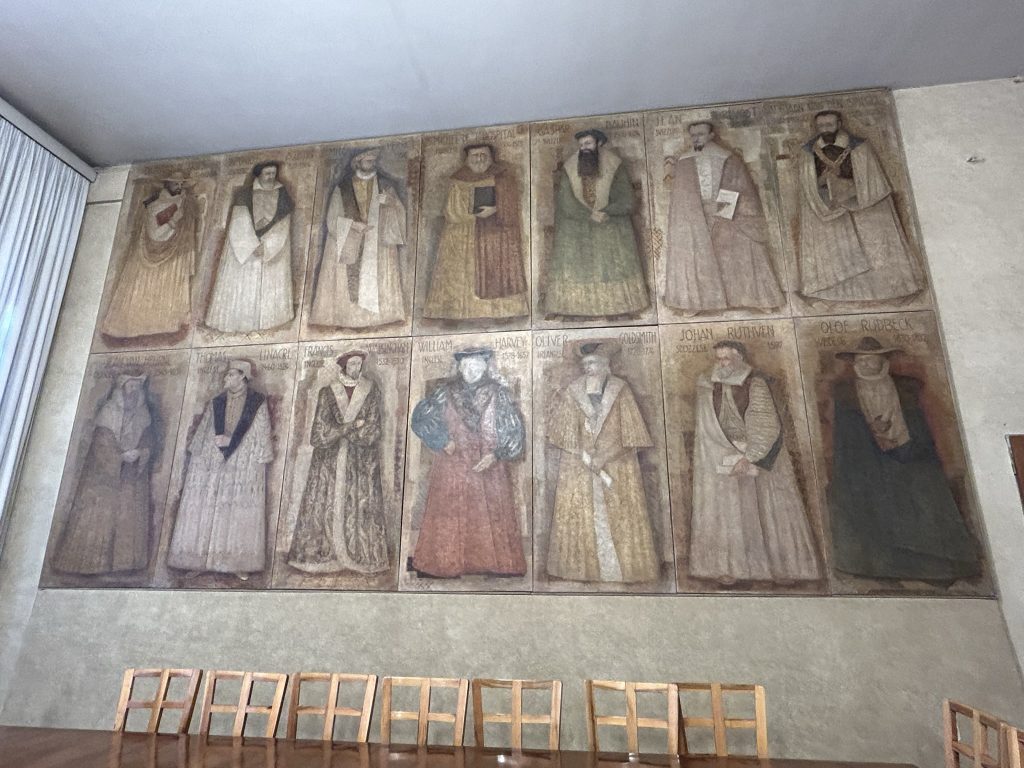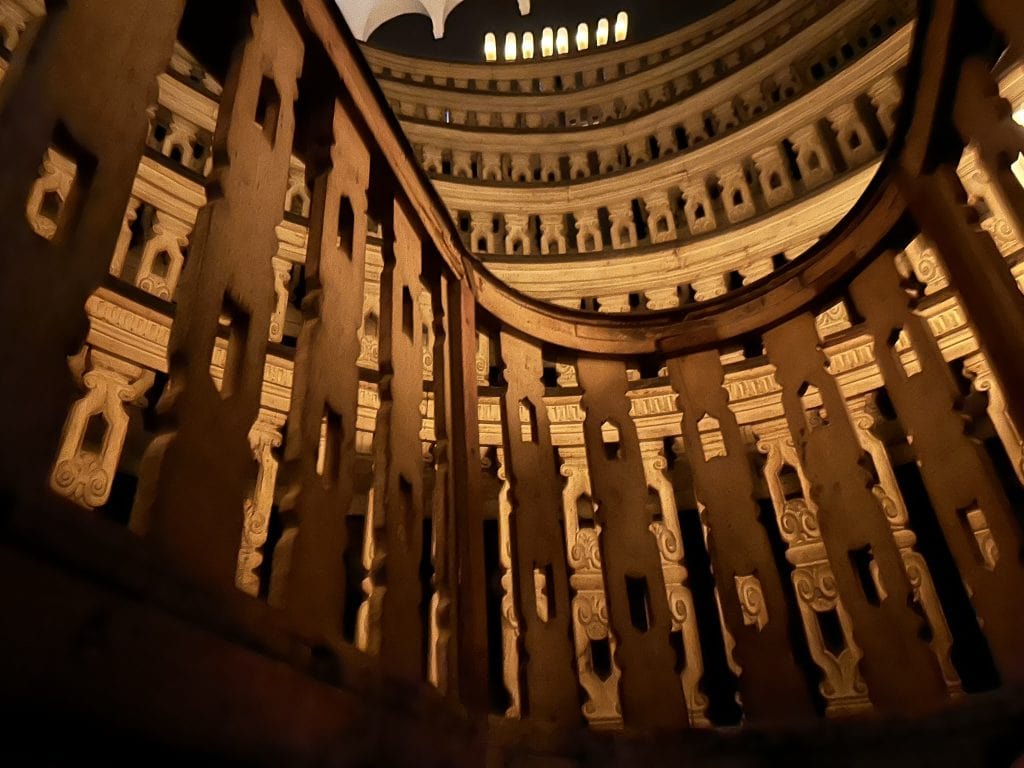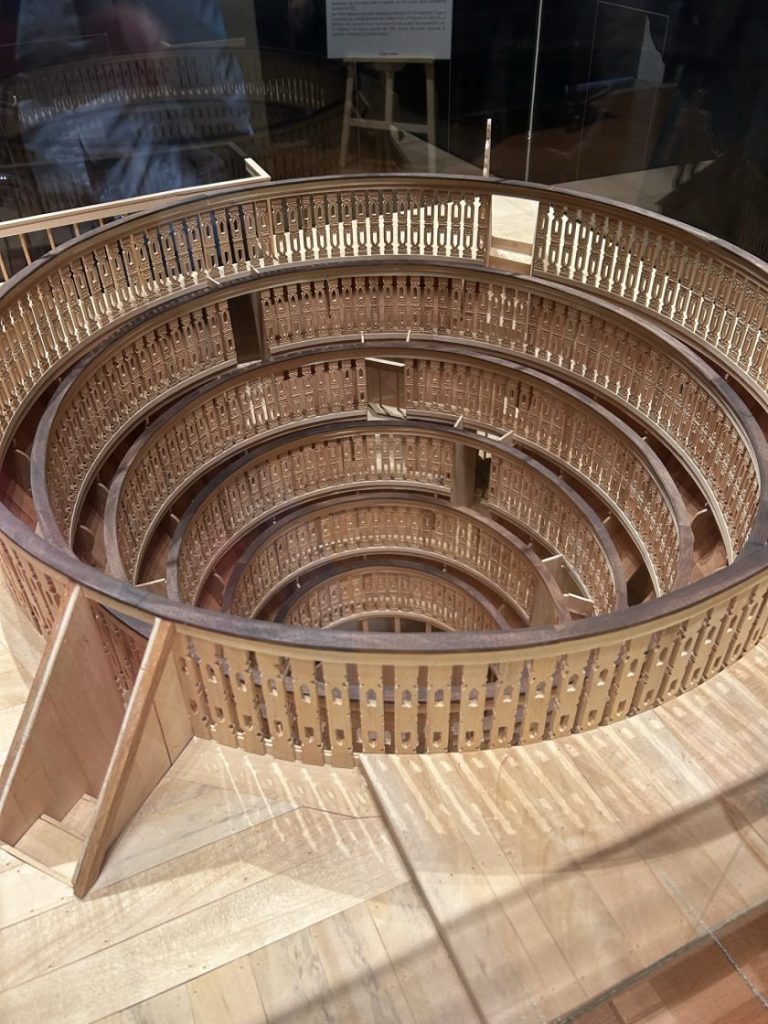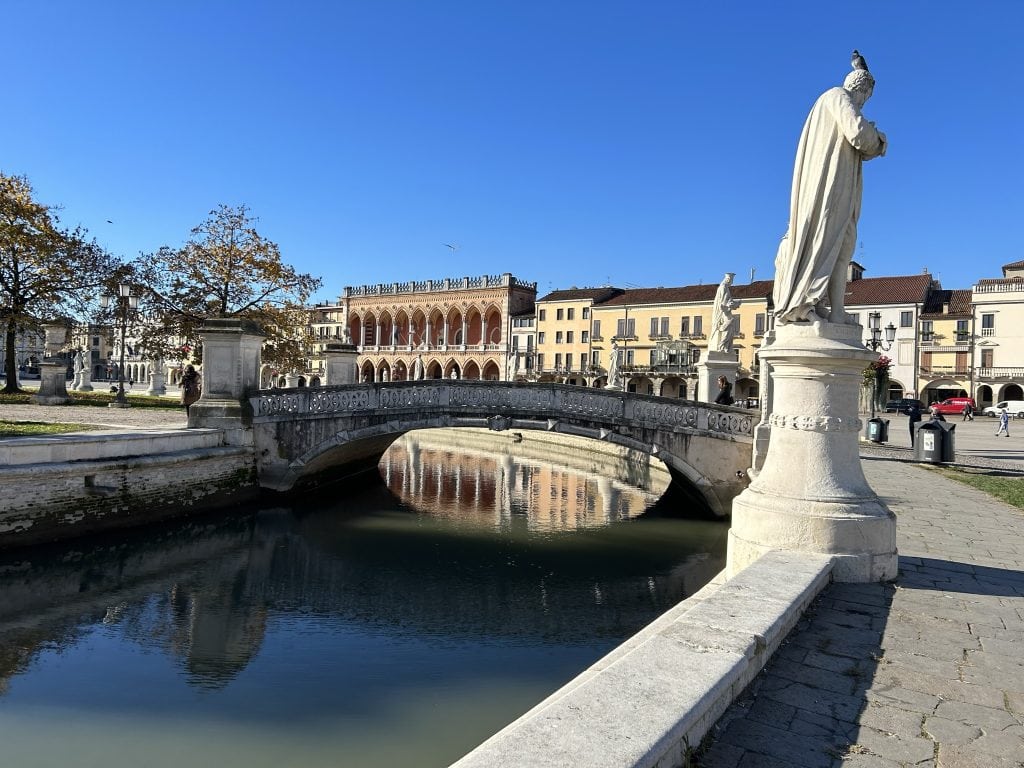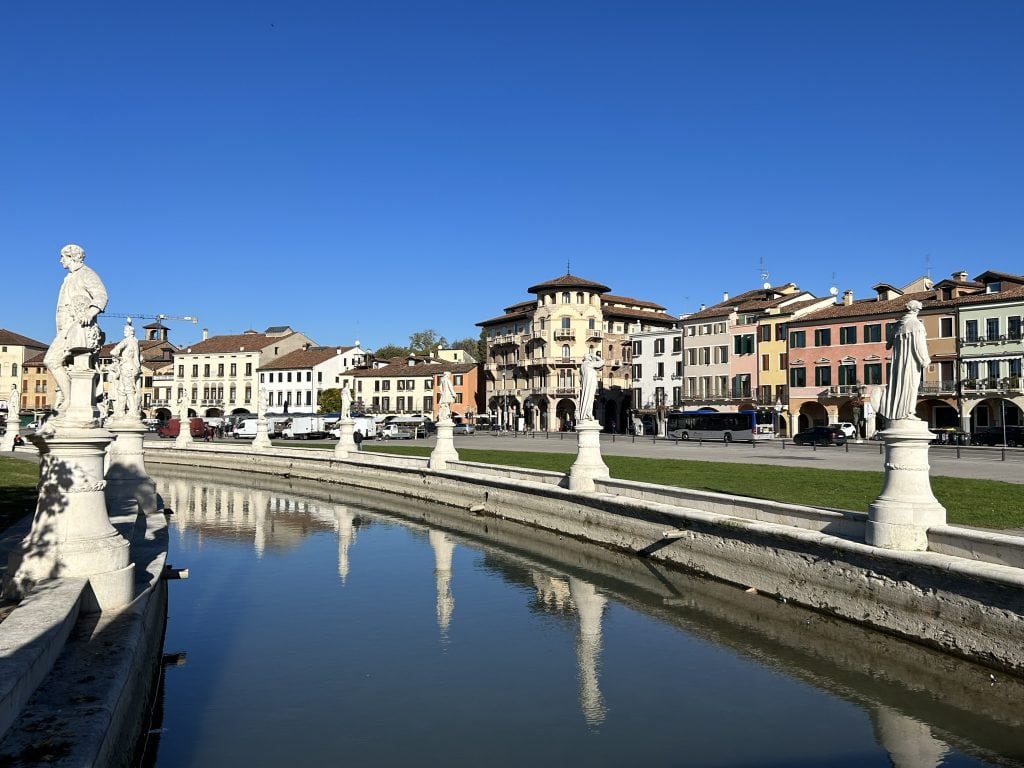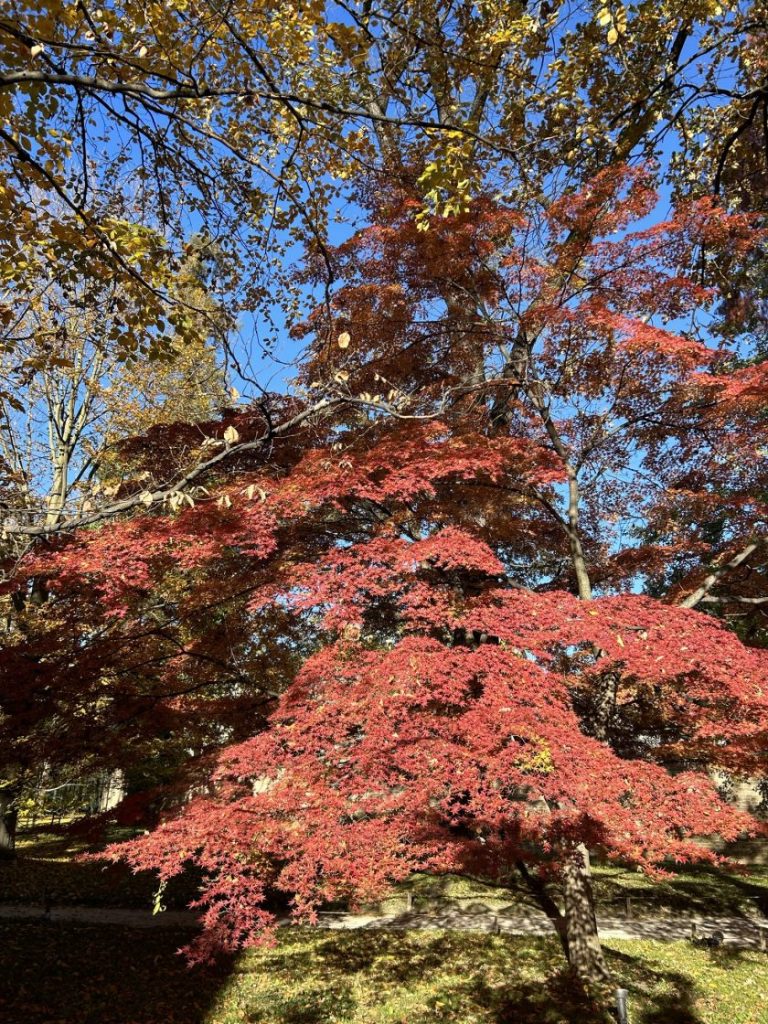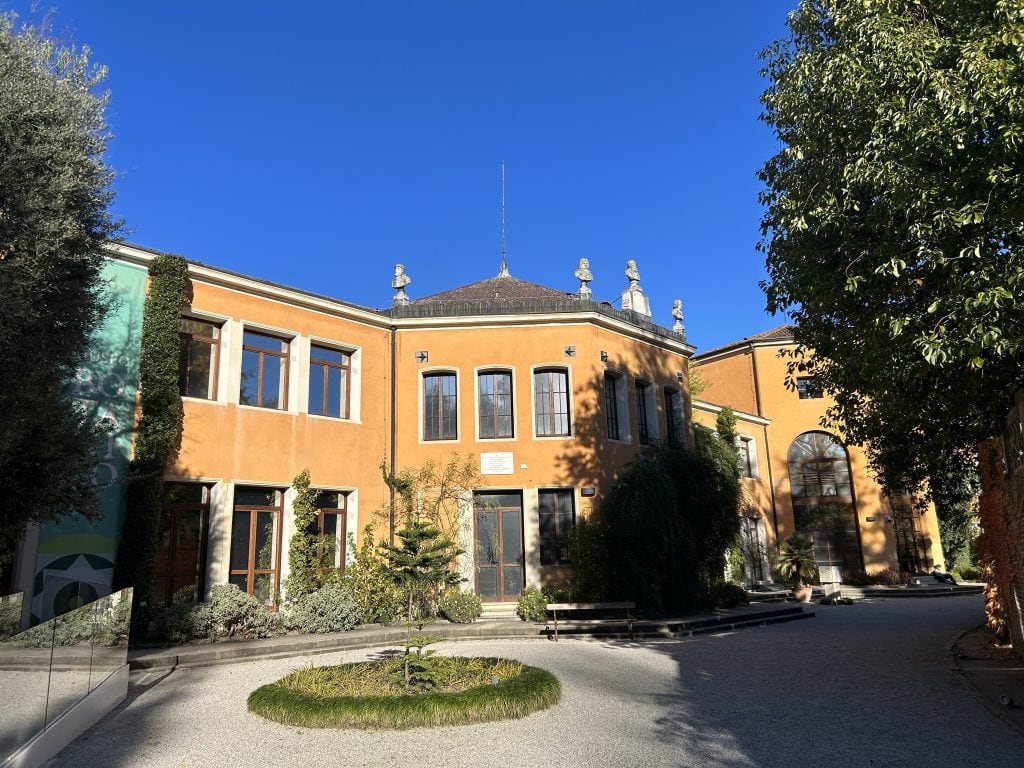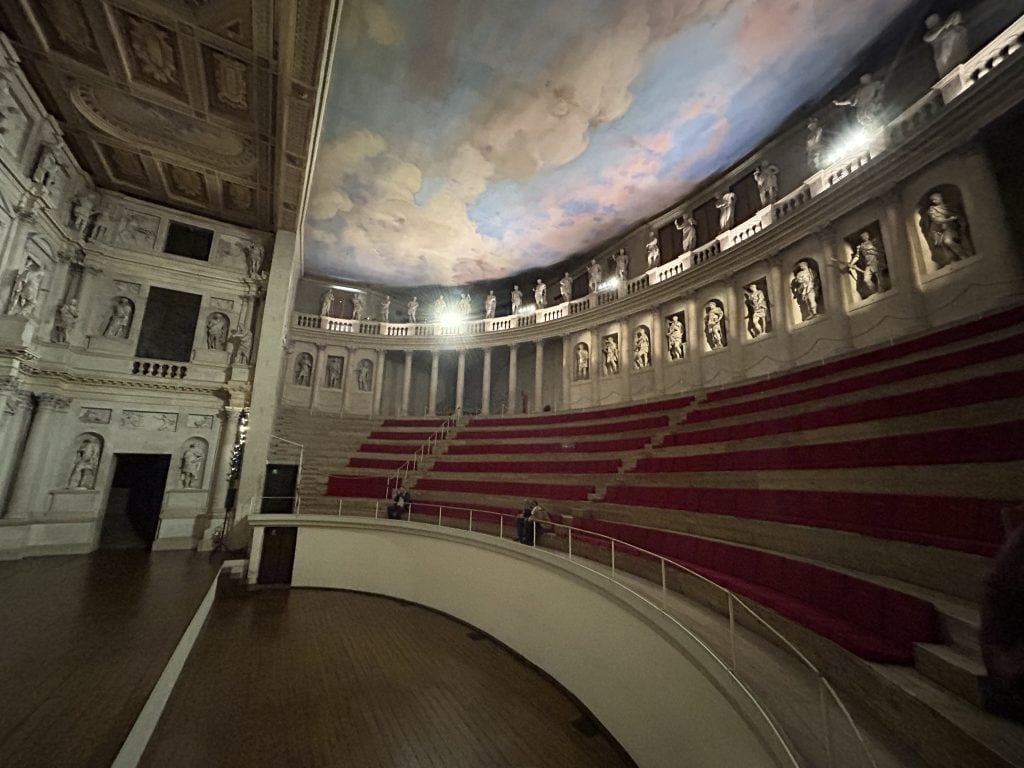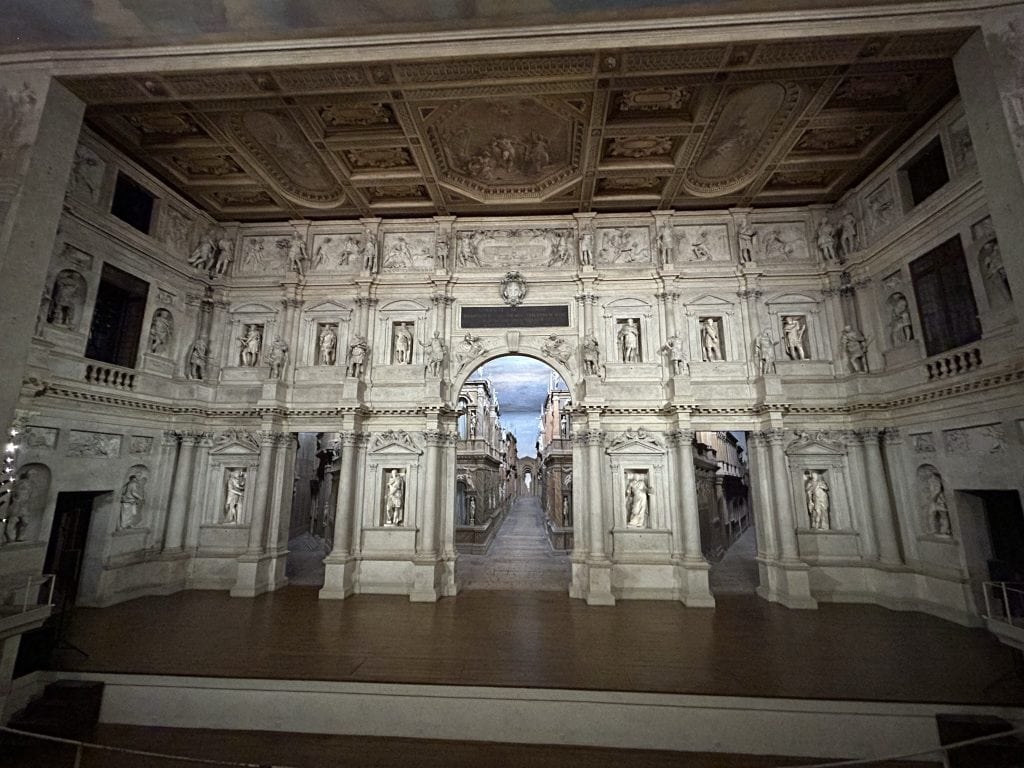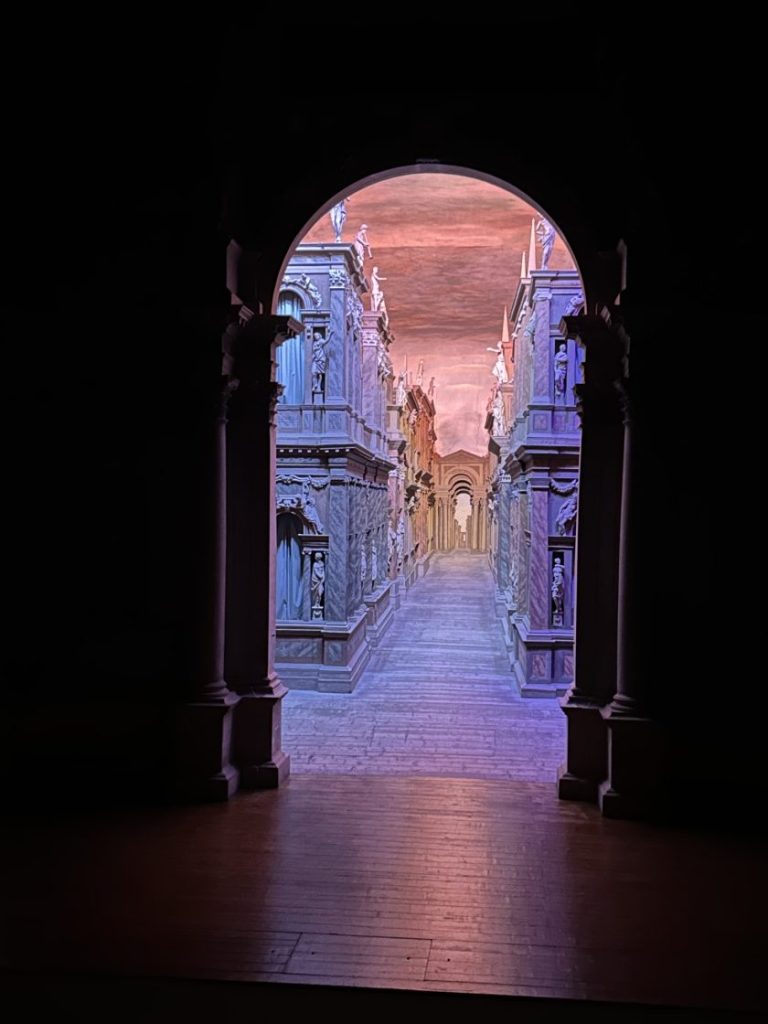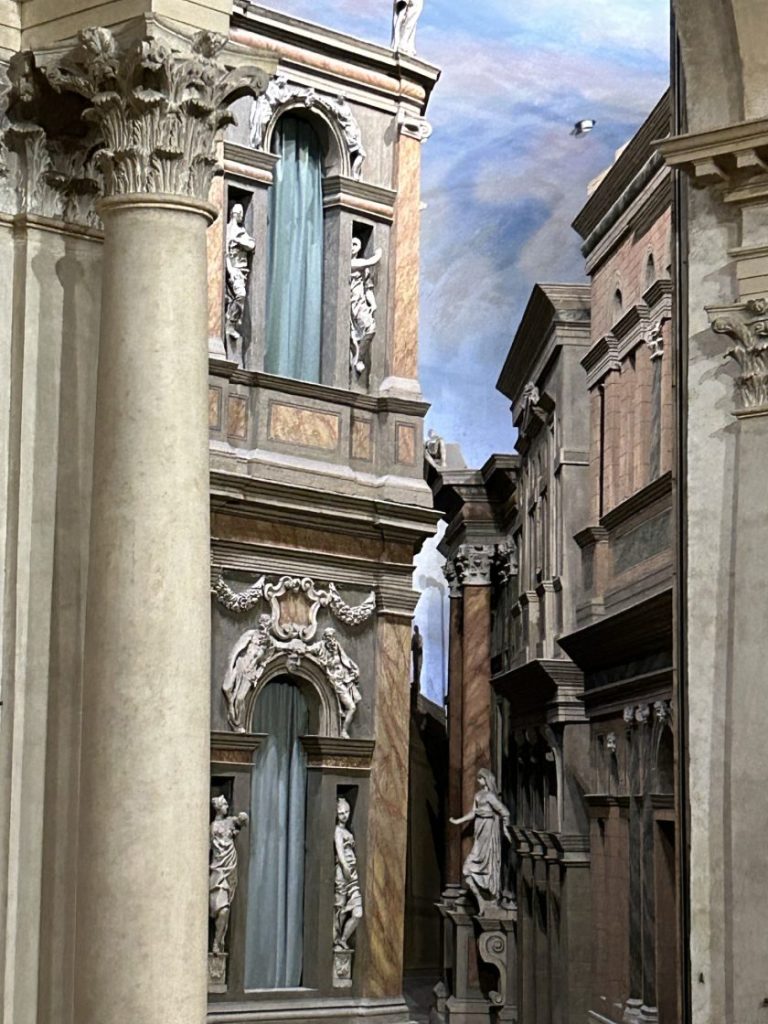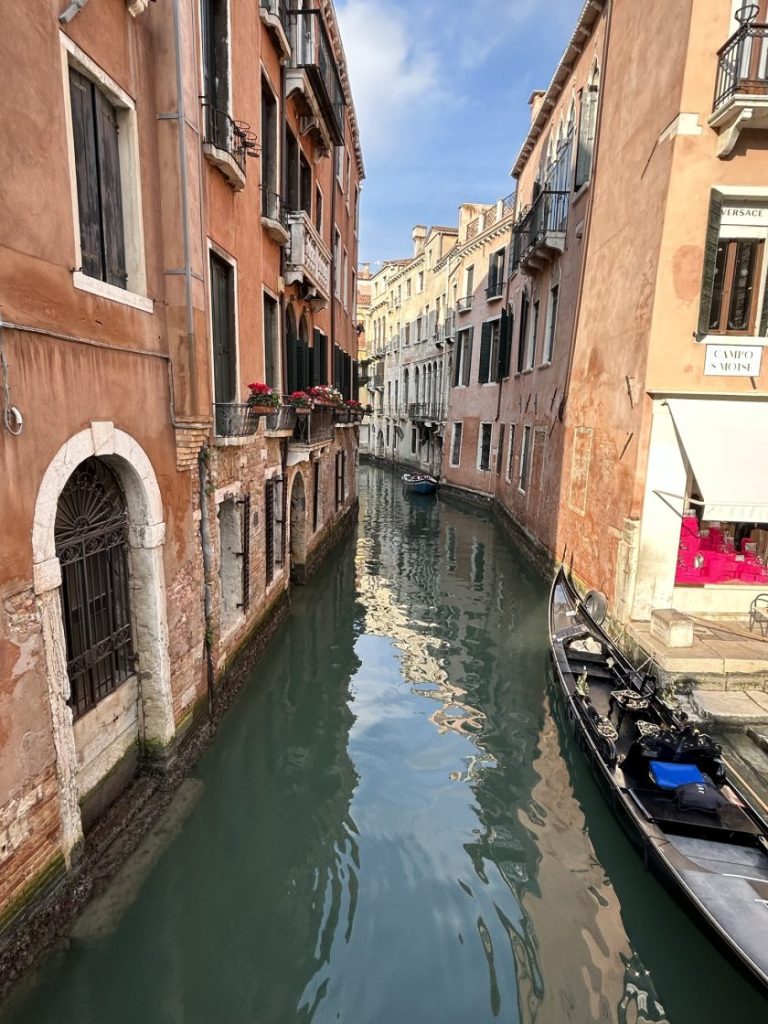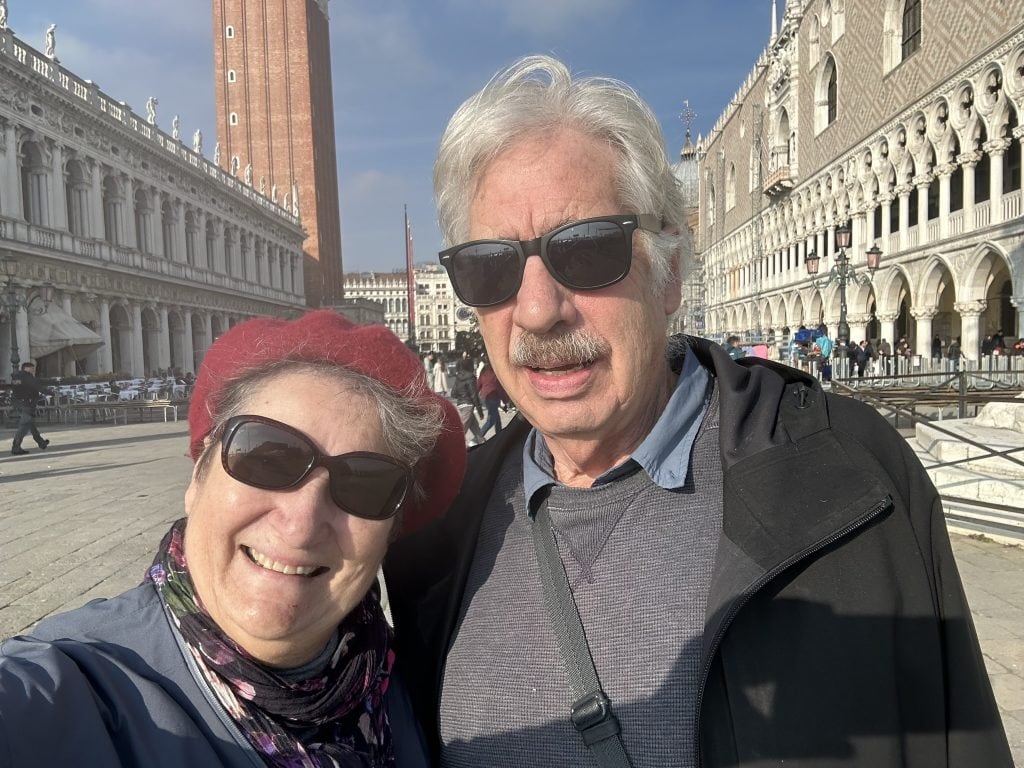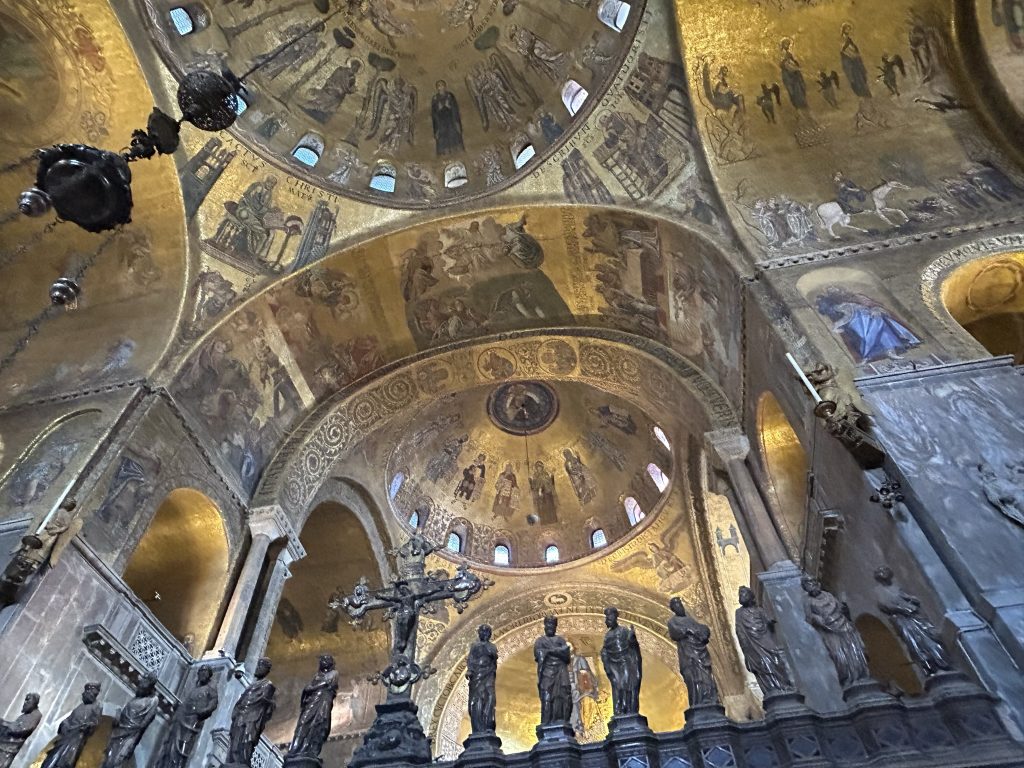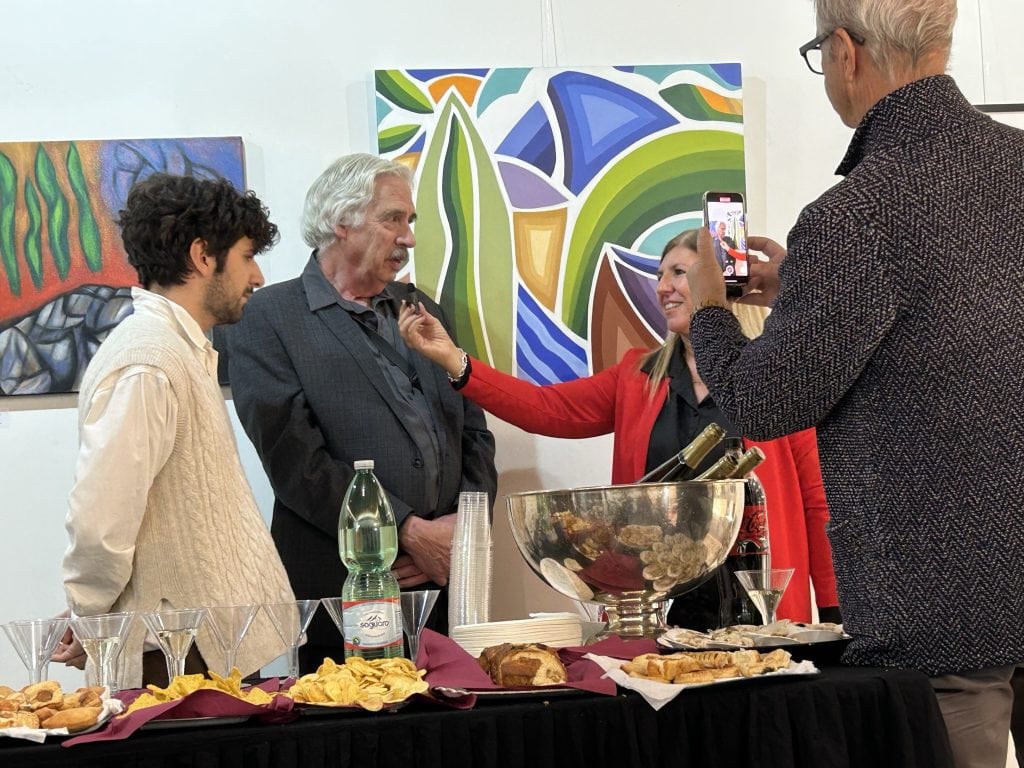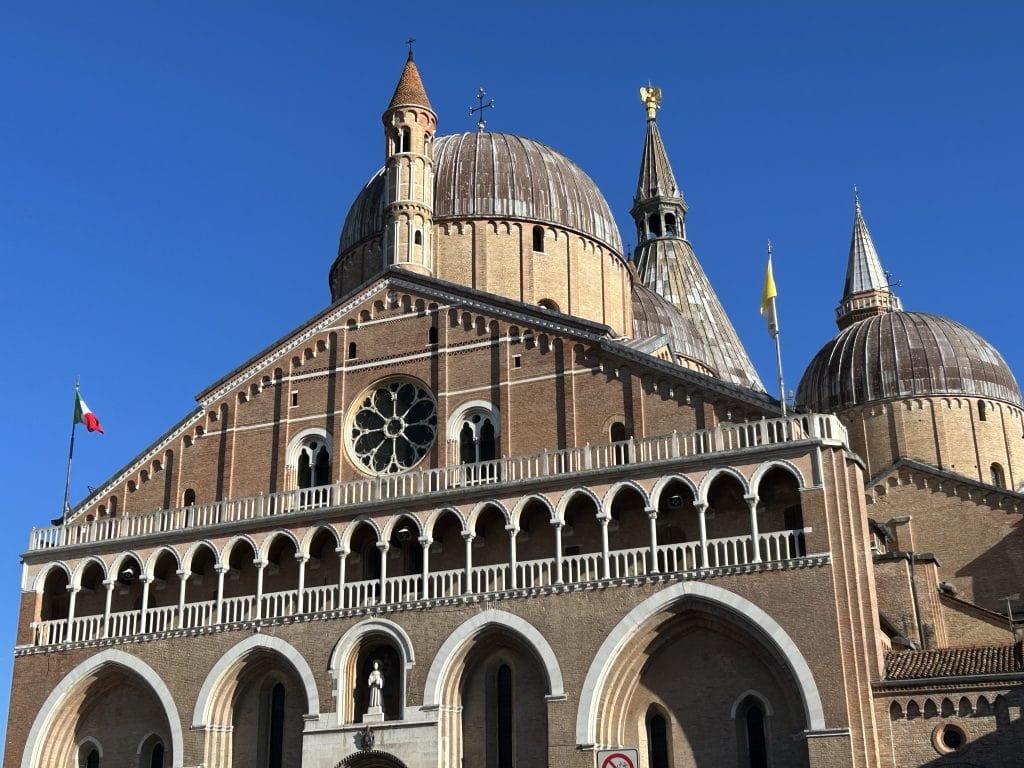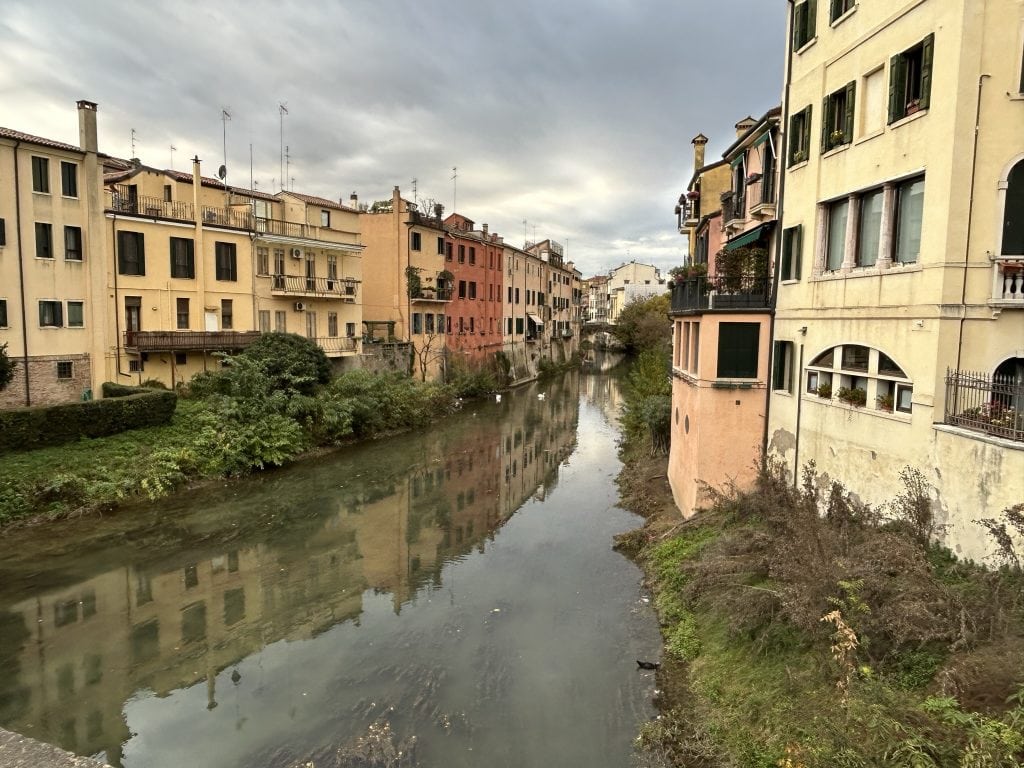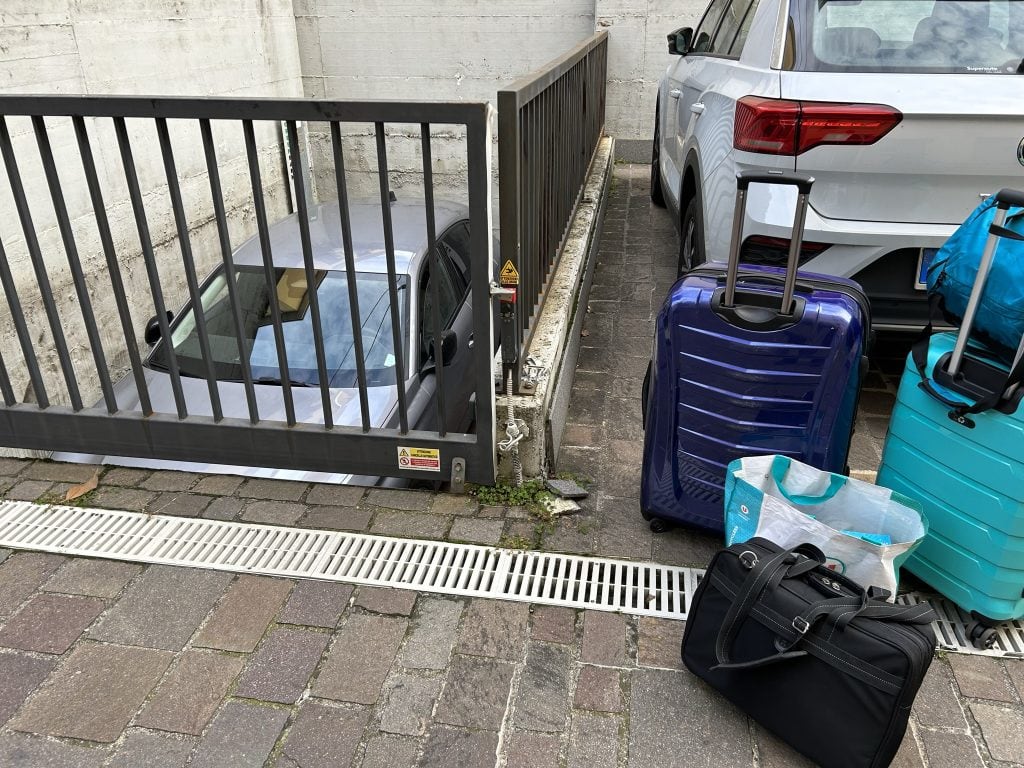How to Spend A Perfect Artsy Traveler Day in Paris
A Perfect Artsy Traveler Day in Paris must include three essentials: museums, parks, and great food.
In this post, I offer my recommendations for how to spend a Perfect Artsy Traveler Day in Paris. You may wish to substitute different museums or sites, but make sue you leave lots of time for wandering!
See what you think, and if it gives you ideas for planning your perfect Artsy Traveler day.
Highlights of a Perfect Day in Paris
- Make an early morning or late afternoon visit to enjoy one of the world’s best collection of French Impressionists at the Musée d’Orsay
- Enjoy a grande salade for lunch
- Visit the Cluny Museum to get your hit of amazing medieval art
- Take a stroll in the Luxembourg Gardens
- Take in an evening concert
- Stay on the Left Bank at the Citadines Saint-Germain-des-Prés Paris
Preparation
A few days or even weeks before embarking upon my Perfect Paris Day, go online to secure tickets to your chosen art museum(s).
On the perfect day described in this post, I include a visit to the Musée d’Orsay. You definitely want to get your tickets as far in advance as possible. I suggest buying tickets for the earliest time slot you can get, preferably at opening time.
Here are an option for tickets.
My perfect day also includes a visit to the Musée de Cluny. While the Cluny is not usually as crowded as the Musée d’Orsay, hedge your bets by snagging tickets for an afternoon visit.
Thus equipped, you’re ready to go.
Early Morning on A Perfect Artsy Traveler Day in Paris
When I travel, I love to get up early and spend an hour or two wandering around my neighborhood before stopping in a café for a light breakfast. In Paris, I generally stay somewhere close to the Seine on the Left Bank and so that’s where I’ll start.
How about you? Do you enjoy early morning walks in the places you travel?
Early Morning Walk along the Seine
In the early morning, Paris is quiet. A few locals walk briskly to jobs, a street cleaner trundles past, the book stalls overlooking the Seine are shuttered, the cafes are just opening, and the heavenly scent of coffee and fresh croissants competes with the evocative smells of the river and old stone.
If you’re staying at Hotel de L’Universite or Citadines Saint-Germain-des-Prés Paris, two of my recommended places near the Seine on the Left Bank, walk east toward the Île de la Cité to see the morning sun shining on the façade of Notre-Dame Cathedral.
Later in the day, the area in front of the cathedral will be mobbed with tourists, but for an hour or so in the early morning, you’ll have the view to yourself.
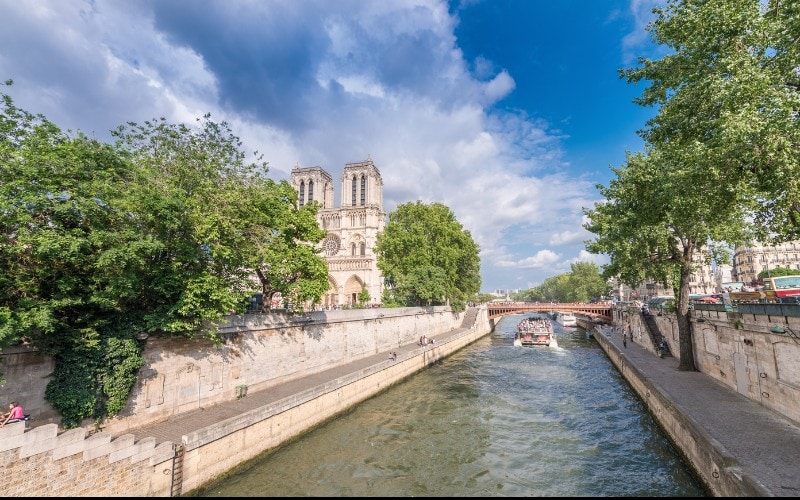
Cross back over to the Left Bank and find a café to order breakfast. My favorite is a café au lait with a length of baguette accompanied by pots of French butter and jam. At home, I never eat jam, but in France? Mais oui.
While enjoying my breakfast, I divide my time between people-watching and writing. In the early morning, few tourists are about so most of the people nearby are locals scrolling on their phones.
The atmosphere is peaceful and unhurried—a marked contrast from the busy-ness to come.
Bus to the Musée d’Orsay
Refreshed and ready for some serious artsy sightseeing, hop on a bus that takes your along the Quai Anatole France to the Musée d’Orsay.
While the metro is great for getting from A to B quickly, the bus is a more leisurely and visitor-friendly option. Instead of taking an expensive Hop On, Hop Off Bus tour, take local busses and see the same monuments of Paris for a fraction of the price and get in some seriously interesting people-watching.
Mid-Morning on A Perfect Artsy Traveler Day in Paris
Visit to the Musée d’Orsay
Few artsy traveler experiences are more rewarding than walking into the Musée d’Orsay ahead of the crowds.
Of all the grand museums in Paris, the Musée d’Orsay is my favorite, and I drop in every time I visit. In addition to its stunning permanent collection, the museum hosts excellent special exhibitions.
TIP: Before traveling to Paris, check what’s on and be sure to get your tickets well ahead of your visit.
Go to the Top Floor
Start your visit by taking the escalators straight up to the fifth floor so you can tour them while they are still relatively empty. Later in the day, you’ll be hard-pressed to see any of your favorites through the crowds.
A Break in the Museum Café
After touring the top floor, take a break and enjoy a coffee and pastry in the elegant café behind the giant clock. Usually, it’s not too crowded in the morning before the lunchtime rush. Sip your coffee, contemplate the glorious art you’ve seen, and plan which galleries to visit next.
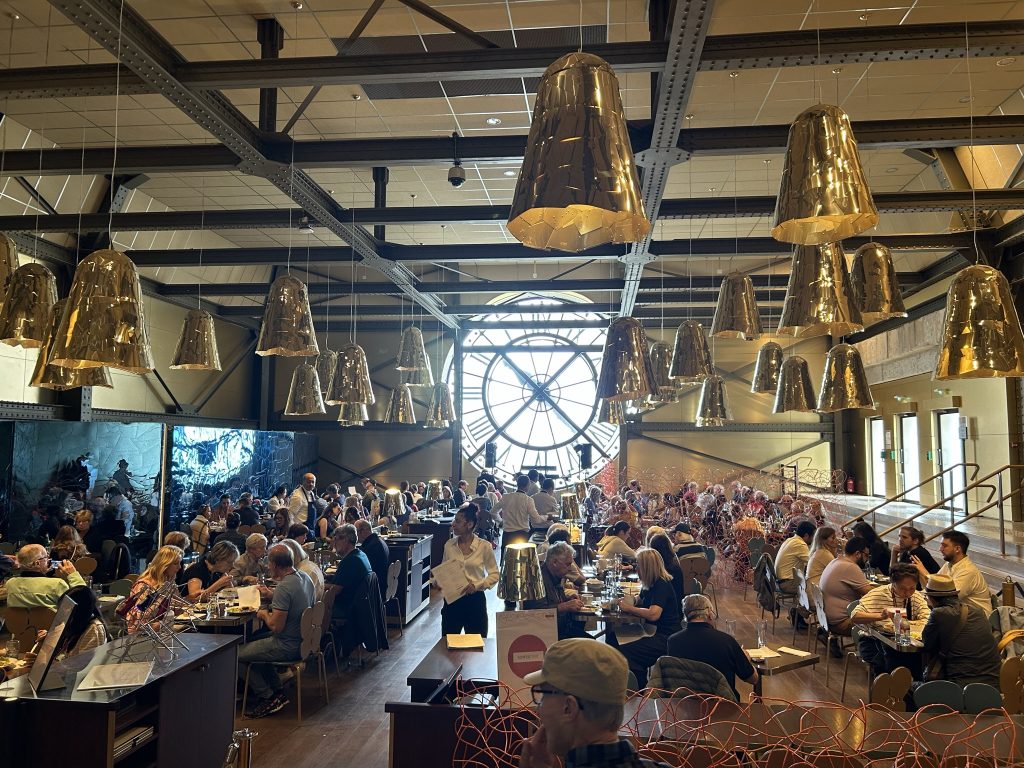
The Lower Floors
Once refreshed, begin your descent through the next few floors, taking time to check out the art nouveau exhibits on the second floor. This floor is almost always deserted, and yet the art is stunning.
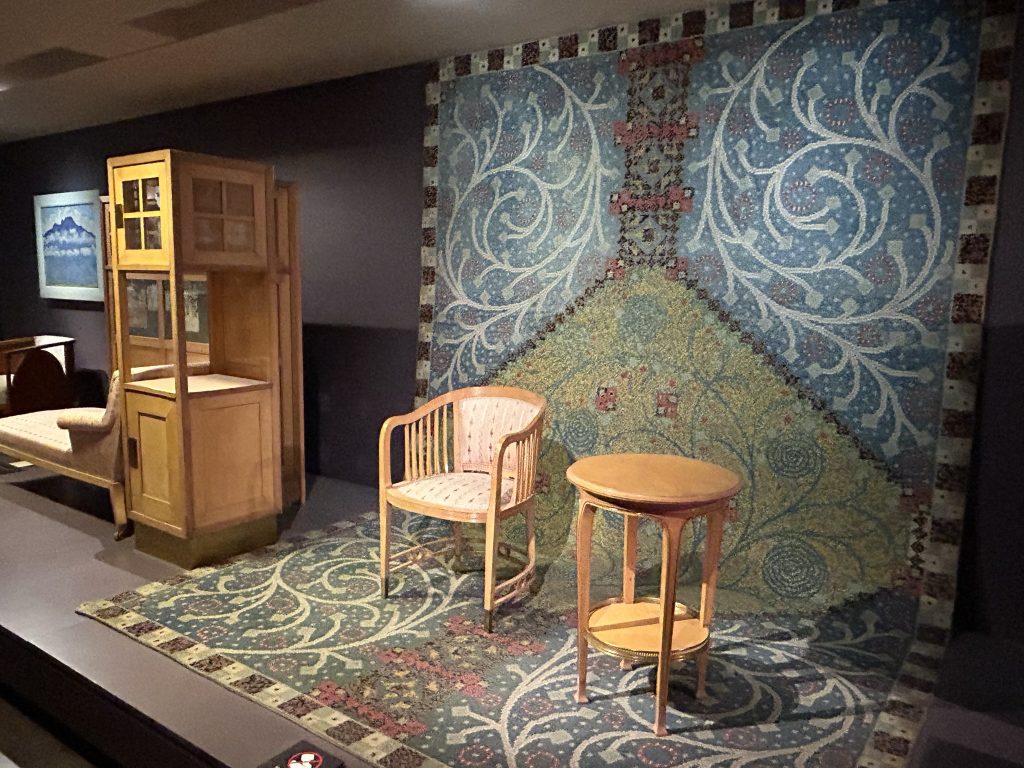
On the main floor, make sure to see Manet’s Le Déjeuner sur l’herbe and Courbet’s evocative L’Origine du Monde.
The Gift Shop
Always leave some time to browse the gift shop at the Musée d’Orsay where there are shelves full of beautiful art books along with plenty of art-encrusted swag.
An umbrella emblazoned with van Gogh’s Sunflowers? A Manet fridge magnet? A Gauguin mug? They’re all here, and a great deal more.
For a more detailed overview on how to spend an excellent few hours in the Musée d’Orsay, check out my post: Musée d’Orsay in Paris: An Inspiring Must-See for the Artsy Traveler.
Here’s an option for a small group guided tour of the Musée d’Orsay:
https://www.getyourguide.com/paris-l16/paris-best-of-orsay-museum-small-group-tour-with-tickets-t561688/?ranking_uuid=d3af8267-e65c-4c66-ba54-3676bd16e75a
Late Morning on A Perfect Artsy Traveler Day in Paris
After a few hours enjoying the delights of the Musée d’Orsay, re-emerge into the light and head east again. You could take a bus back to the Saint-Michel area, but consider walking.
Browsing Left Bank Shops
Although the walk is fairly long, it takes you past so many interesting shops. The area of the Left Bank between the Musée d’Orsay and the Boulevard Saint-Michel teems with boutiques offering antiques, objets d’art, and paintings.
The variety of artsy stuff on display is truly astonishing. You really could spend an entire day peering into the shop windows.
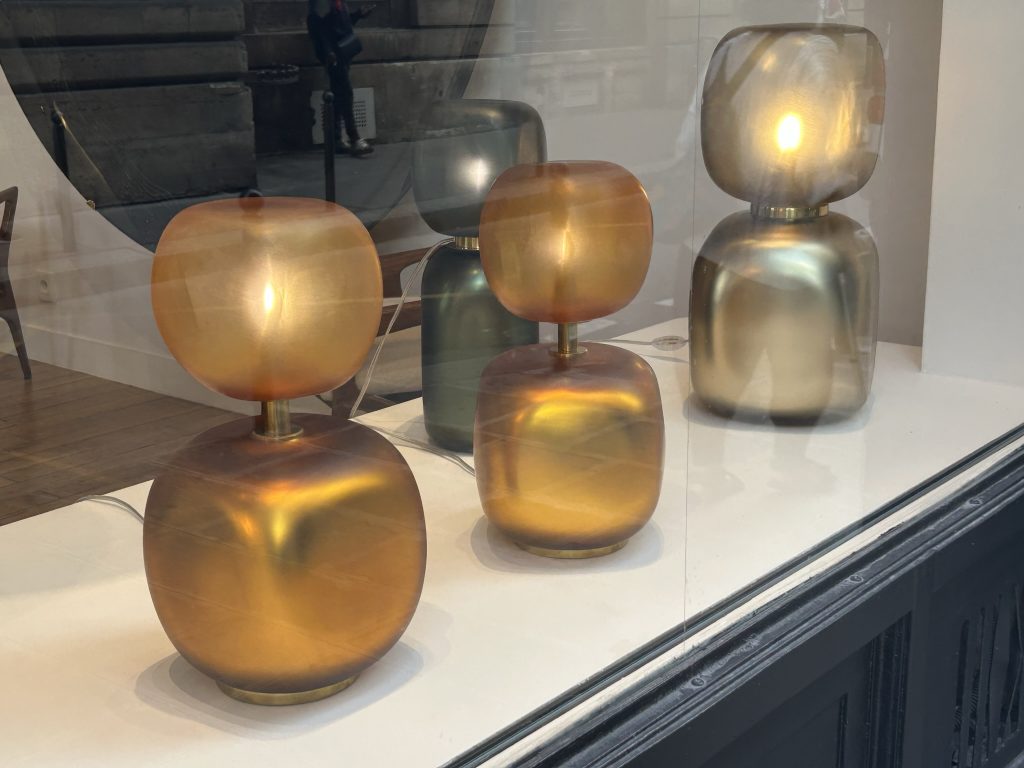
I’m not sure who buys a life-size antique sculpture of a Roman gladiator or an ornate armoire that probably graced a room in Louis XIV’s Versailles, but obviously someone does. Many of these shops have probably been in business for centuries.
Lunch on A Perfect Artsy Traveler Day in Paris
As you stroll, you’ll notice the crowds swelling. By the time you get to the area around the Boulevard Saint-Michel, the solitary hours of your early morning walk will feel like a dream.
Finding a good place to have lunch can be a challenge in this busy area. There are plenty of choices, but not all are great. Use your smartphone to help you find an eatery that has at least a 4.5-star rating. You’ll need to veer off the main thoroughfares and search along small side streets.
After settling on a café for lunch, I suggest you treat yourself to one of the grande salades. These never disappoint.
My favorite is the Salade Norge. Usually, it consists of a massive helping of smoked salmon and shrimps with salad greens, hard-boiled eggs, capers, olives, and plenty of lemon slices. If I’m in the mood, I may even order a glass of white wine to accompany my salad.
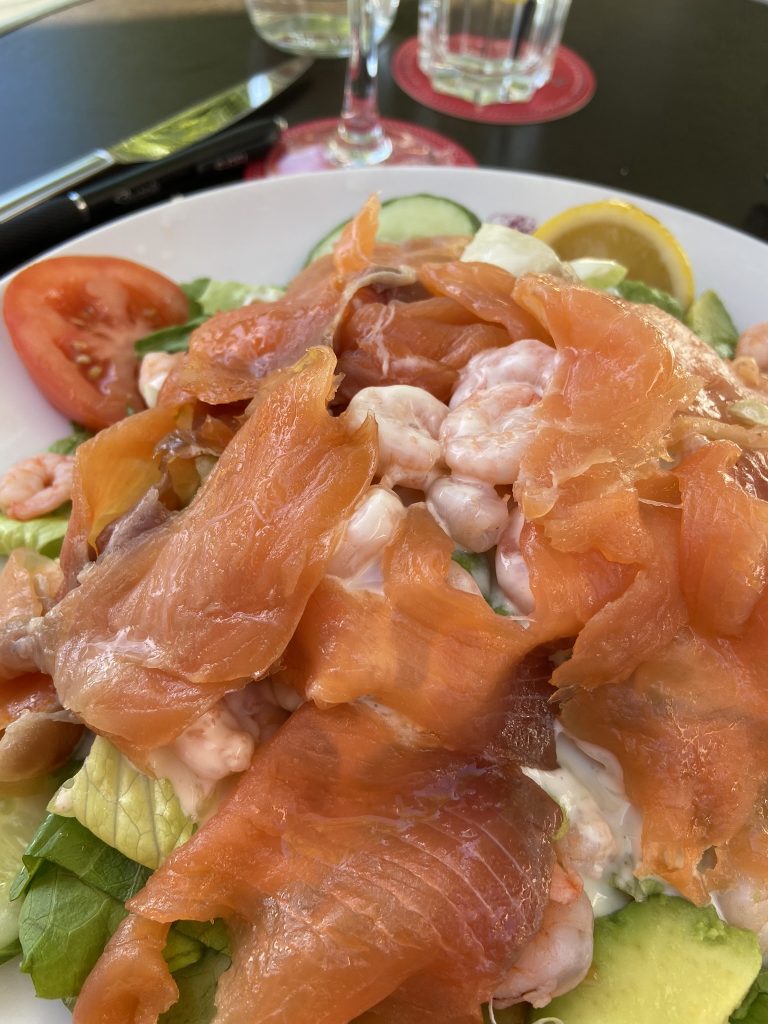
Afternoon on A Perfect Artsy Traveler Day in Paris
After lunch, wander up the Boulevard Saint-Michel to the Musée national du Moyen Âge, also known as the Musée de Cluny.
Visit the Musée de Cluny
If I had to choose my favorite small museum in Paris, the Musée de Cluny would win hands down. I love it because two of my novels—The Towers of Tuscany (Lake Union Publishing 2014) and The Merchant of Siena (coming in 2026) are set in the fourteenth century.
The Musée de Cluny is the 14th and 15th centuries on steroids.
The exhibits feature exquisite items in a wonderful variety of mediums—from woodworking to enameling to metalworking to sculpture to miniatures to, well, you name a medium and you’ll find a medieval example of it at the Musée de Cluny.
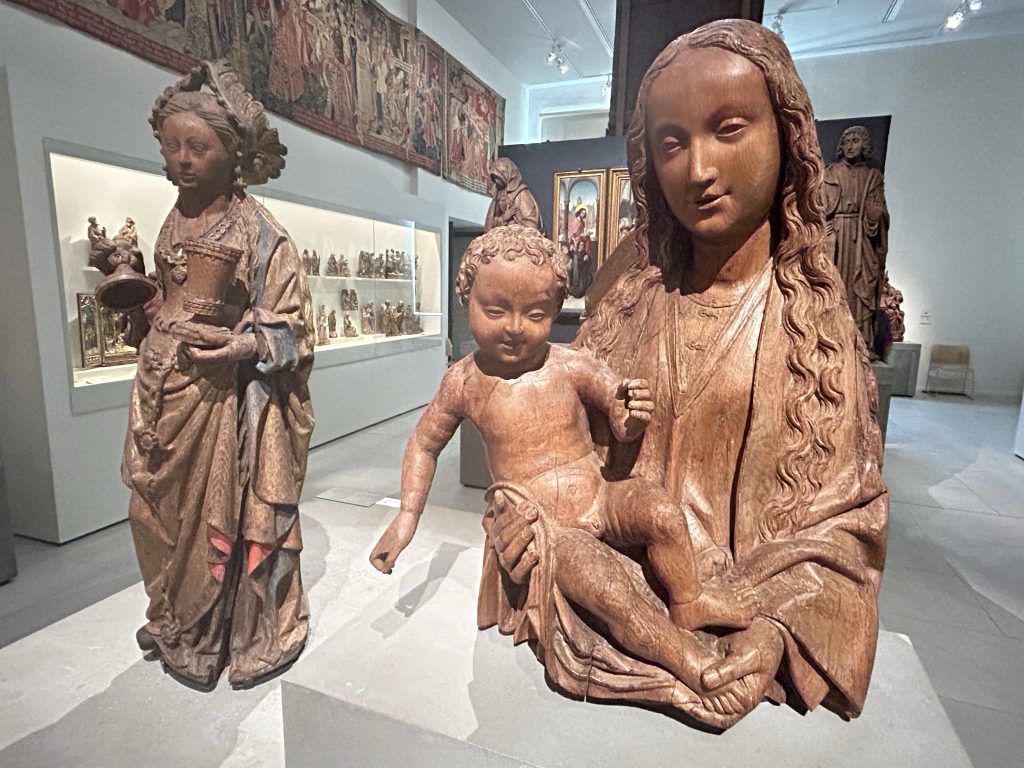
A highlight of your visit will likely be the room containing the Lady and the Unicorn tapestries. These stunning tapestries warrant a good chunk of your touring time. Take a seat in the middle of the room and enjoy the details in each of the six tapestries.
For more about the Musée de Cluny, check out my post Paris for Art Lovers: Nine of the Best Small Museums in Paris
Relax in the Luxembourg Gardens
If you’re still full of energy after your Cluny visit, stroll up Boulevard Saint-Michel to the Luxembourg Gardens.
The Luxembourg Gardens is the quintessential Parisian garden—full of gorgeous flower beds, cool activities and Parisians at play.
Linger by the round pool in the middle and watch children sail remote control boats, wander the beautiful pathways and enjoy the wealth of sculptures, stop for a coffee or a drink at one of the small cafes, and just chill out.
If the weather cooperates, snag a chair near the pool and bask in the sunshine.
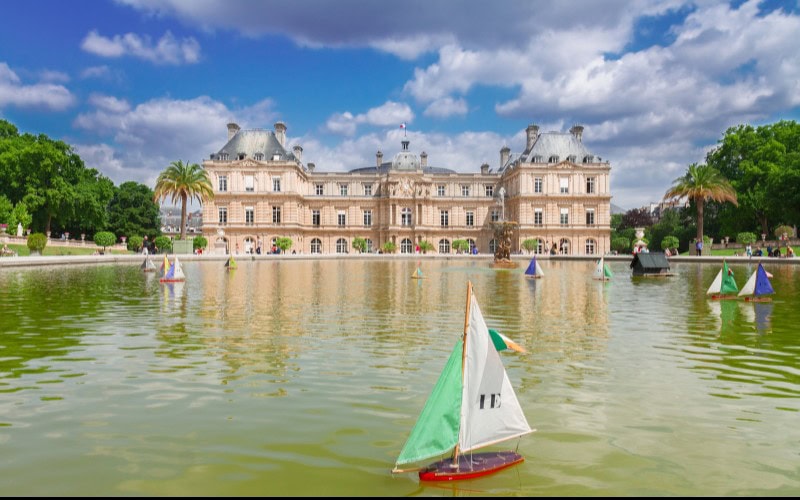
TIP: If you’re traveling with children, don’t miss the Luxembourg Gardens playground. Even after thirty years, my daughter still speaks fondly of playing on the varied apparatus at the Luxembourg Gardens when she was eight. During that trip back in 1995, our family spent a LOT of time at that playground!
Evening
Ready for a rest? Head back to your hotel room to enjoy some quiet time and also to make dinner reservations, if you haven’t already.
Early Concert
A perfect artsy day in Paris definitely includes taking in a classical music concert. And you’ll have plenty of options to choose from.
A reliable option is to get tickets for a concert at the stunning Philharmonie de Paris in the Cité de la musique located in the Parc de la Villette in northeast Paris. I’ve gone a few times, and each time I’ve been blown away both by the venue and the performance.
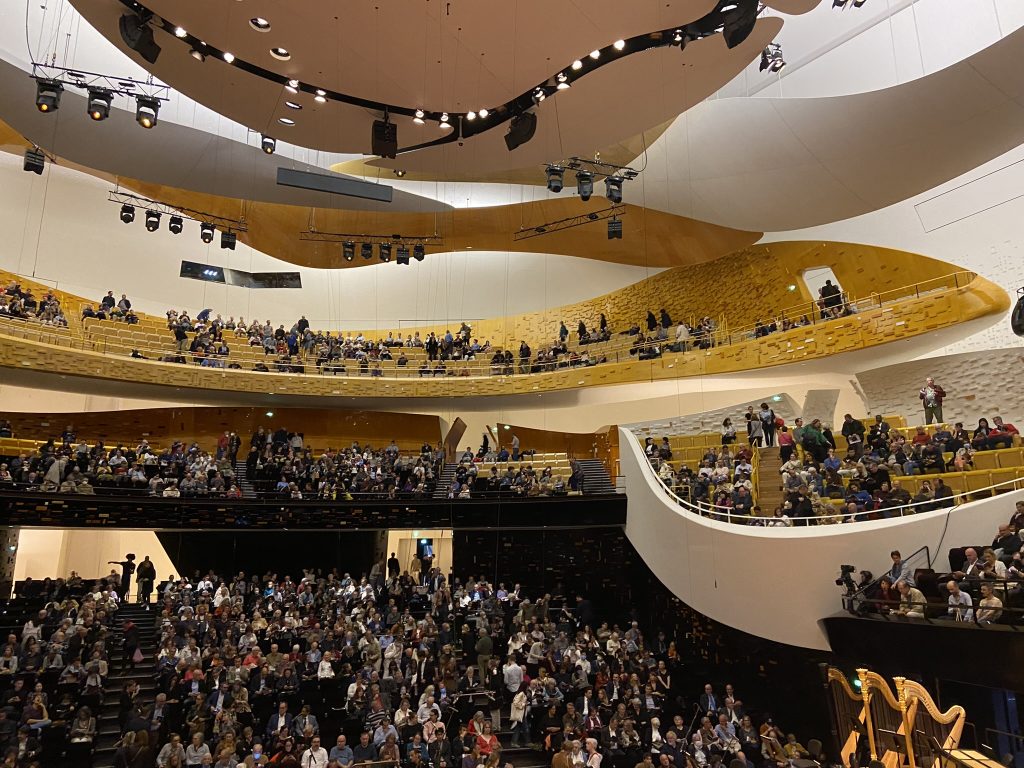
Or perhaps go to a concert at Sainte-Chapelle on the Île de la Cité or at Saint-Julien-le- Pauvre on the Left Bank. I highly recommend both options. Check the classictic website to purchase concert tickets.
Late Dinner
And finally, the pièce de résistance of a Perfect Artsy Traveler Paris Day—dinner! After all, one of the many reasons to visit Paris is to sample great food. With so many options, always make sure to check reviews.
I’ve had some of the best meals of my life in Paris—as well as some of the worst. Bad food in Paris can be really, really bad.
Avoid the super-touristy joints on the Champs- Élysées and search for places tucked away on side streets, favoring places with menus printed only in French. Chances are very good that your server will speak English and cheerfully translate.
The myth of the snooty French server is, at least in my experience, a myth. Almost without exception, every French server I’ve encountered in the fifty-odd years in which I’ve been traveling to Paris has been helpful, friendly, and fun, often cracking jokes and anxious to ensure I enjoy my meal.
I find that the key to getting good service in Paris is to start off in French, even if it’s only Bonjour or Bonsoir. Showing your willingness to at least try speaking French means you’re almost always rewarded with excellent service.
You will pay more for an excellent meal in Paris than you will in other parts of the country, but you don’t need to spend a fortune. You can spend a fortune if you want to, but in my experience, you can get a top-rate meal for two that includes three courses and wine for about a hundred euros.
So no, not cheap, but excellent value.
Stroll Home
End your Perfect Artsy Traveler day in Paris with a stroll past its many floodlit monuments. Paris is called the City of Light for good reason. Linger in the middle of a bridge spanning the Seine and admire the Eiffel Tower in one direction and Notre-Dame Cathedral in the other. It feels wonderful to slow down and relax.
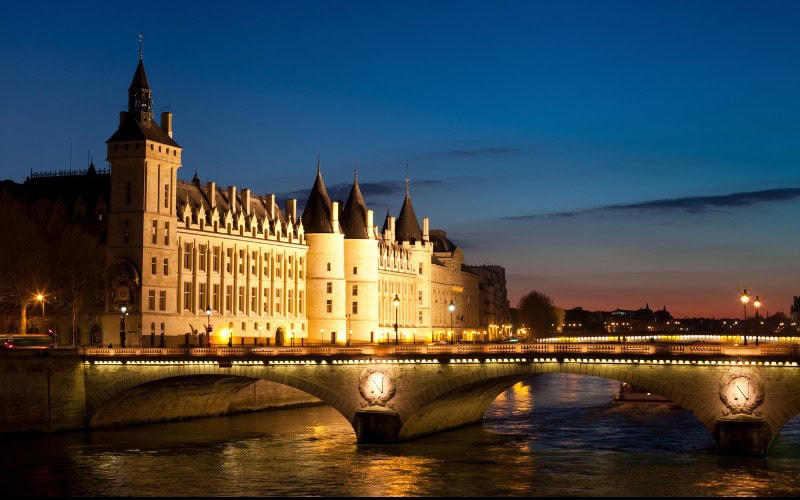
Where to Stay in Paris
I favor hotels and apartments on the Left Bank in Paris. Here are some of my favorites:
- Hotel de L’Universite: in the heart of Saint-Germain, this boutique hotels is a bit removed from the crowds
- Hotel A La Villa des Artistes: a tranquil choice in the heart of historic Montparnasse
- Hôtel Le Clos Médicis: excellent luxury choice near the Luxembourg Gardens
- Citadines Saint-Germain-des-Prés Paris: steps from the Seine and Boulevard Saint-Michel and includes a kitchenette
Read More About Paris
Here are more posts about Paris, including one about the Parisian sites featured in my novel Love Among the Recipes, a contemporary romance inspired by my enduring love for Paris.
- Love Among the Recipes: Paris Sights & Bistro Dishes
- Six Sensational Days in Paris for an Artsy Traveler
- Best of France: Ten Day Itinerary for Paris and the South
- Take a Cooking Class in Paris
Tours of Paris
If you enjoy taking tours while traveling (and I recommend them as a great way to see more in less time), then check out tours from GetYourGuide and the free walking tours offered through Guru Walks.
Conclusion
What are your recommendations for a Perfect Artsy Traveler Paris Day? Share your experiences and tips in the comment box below.
